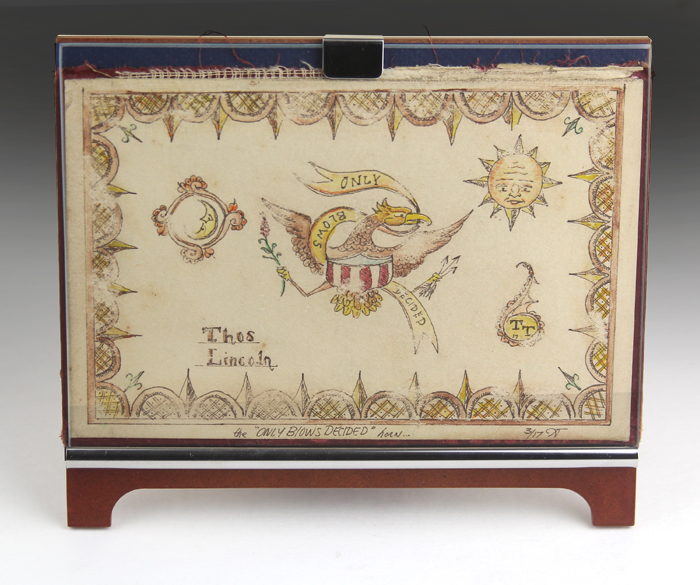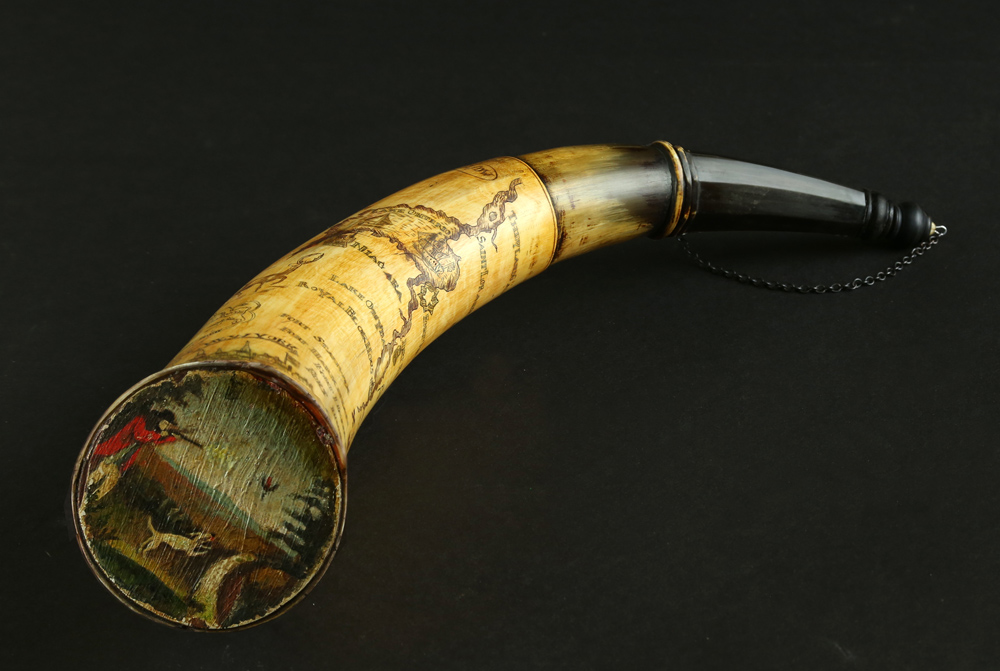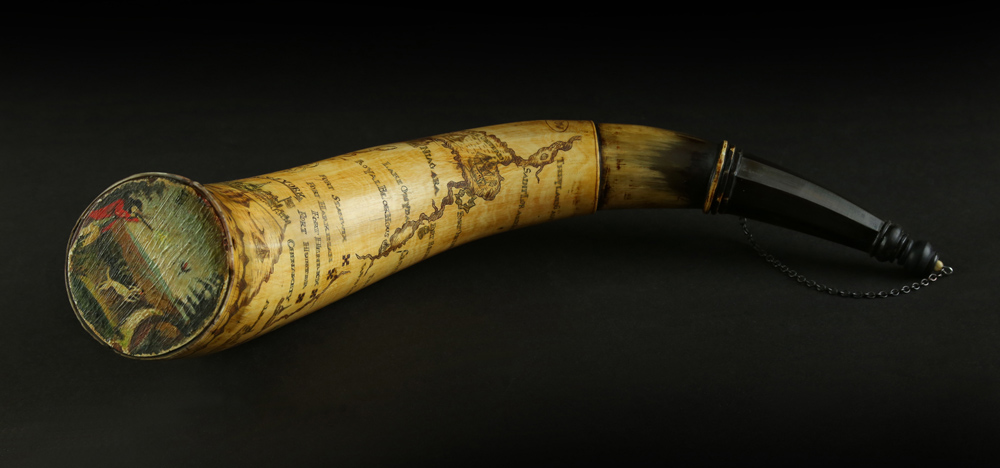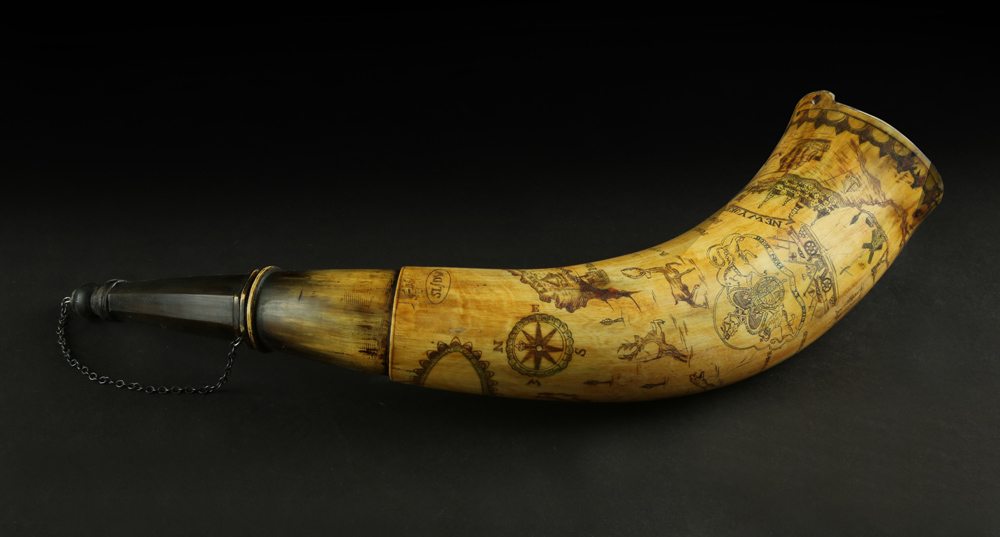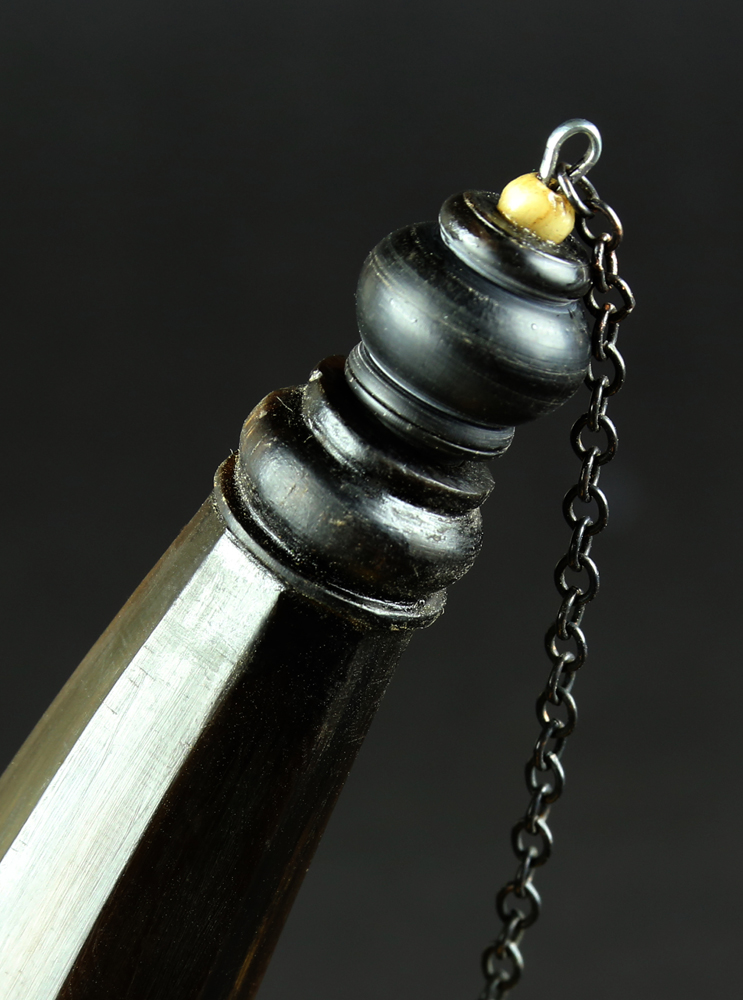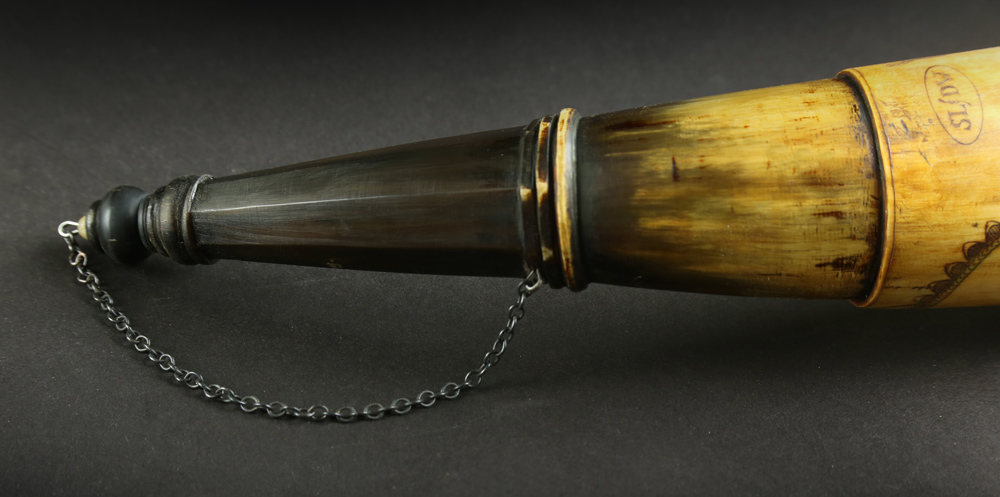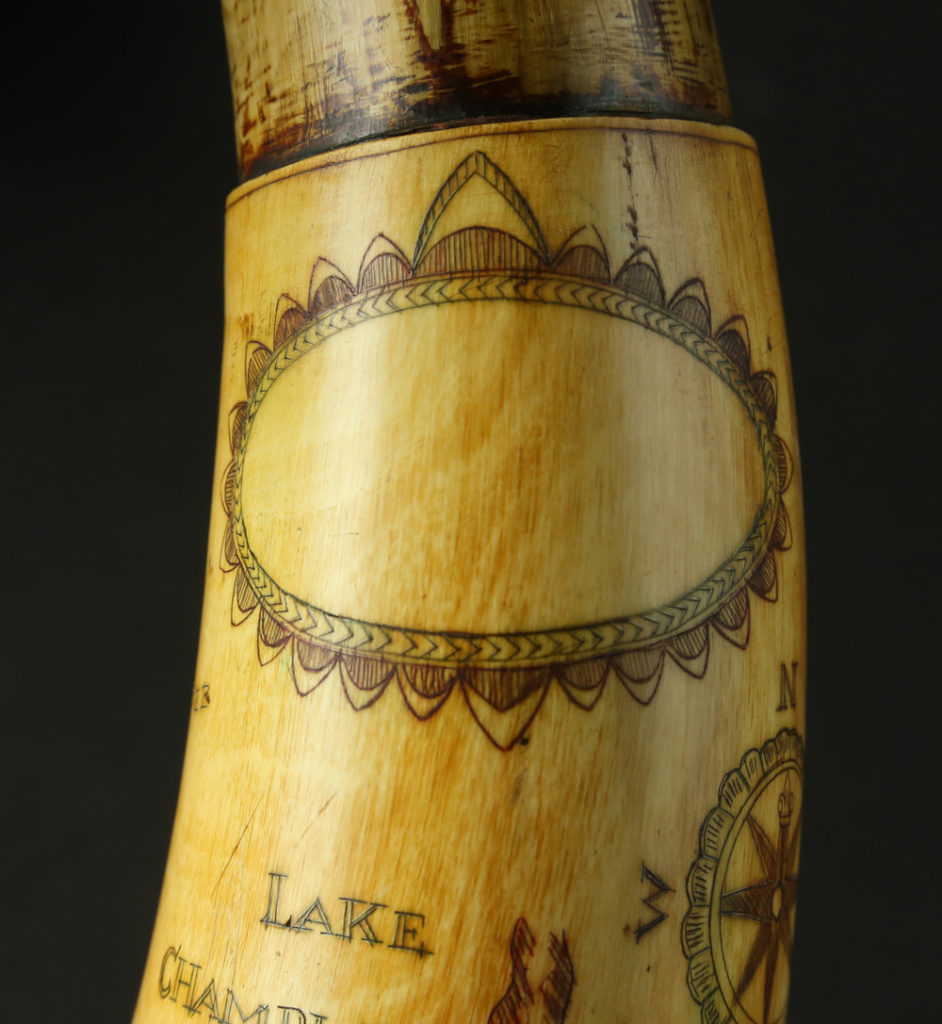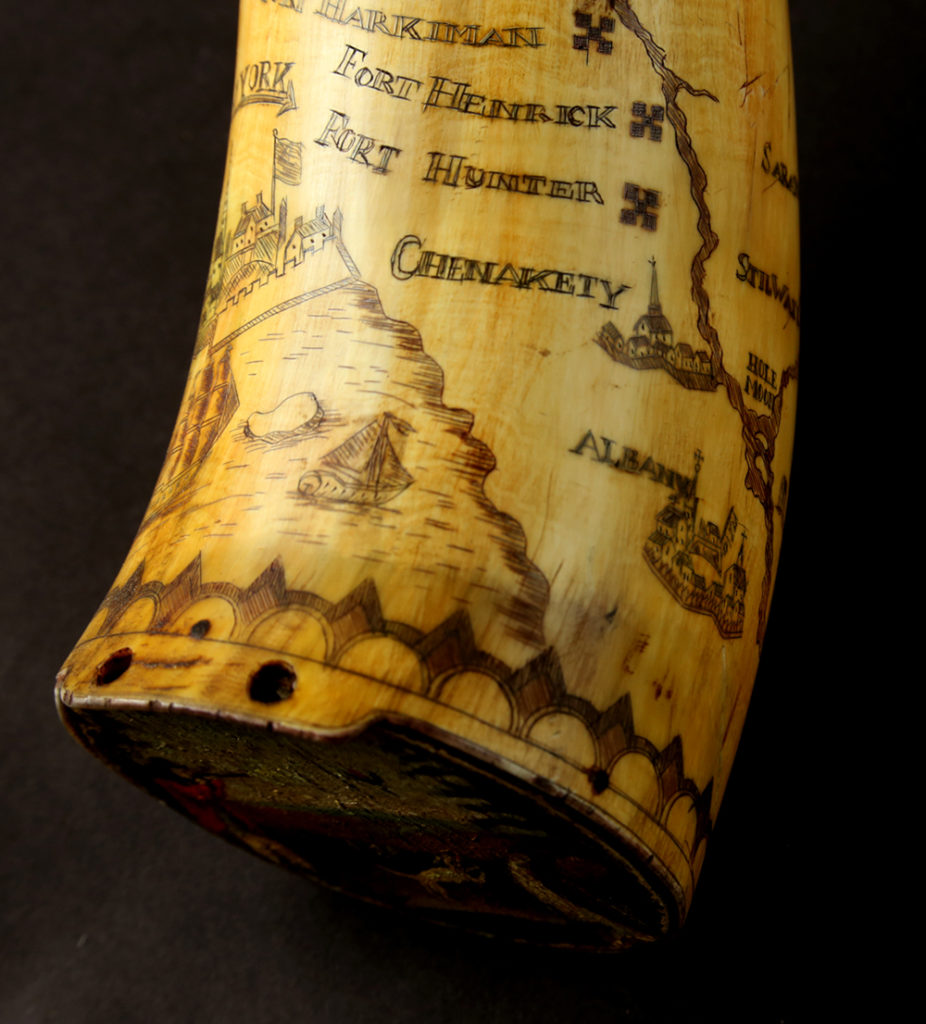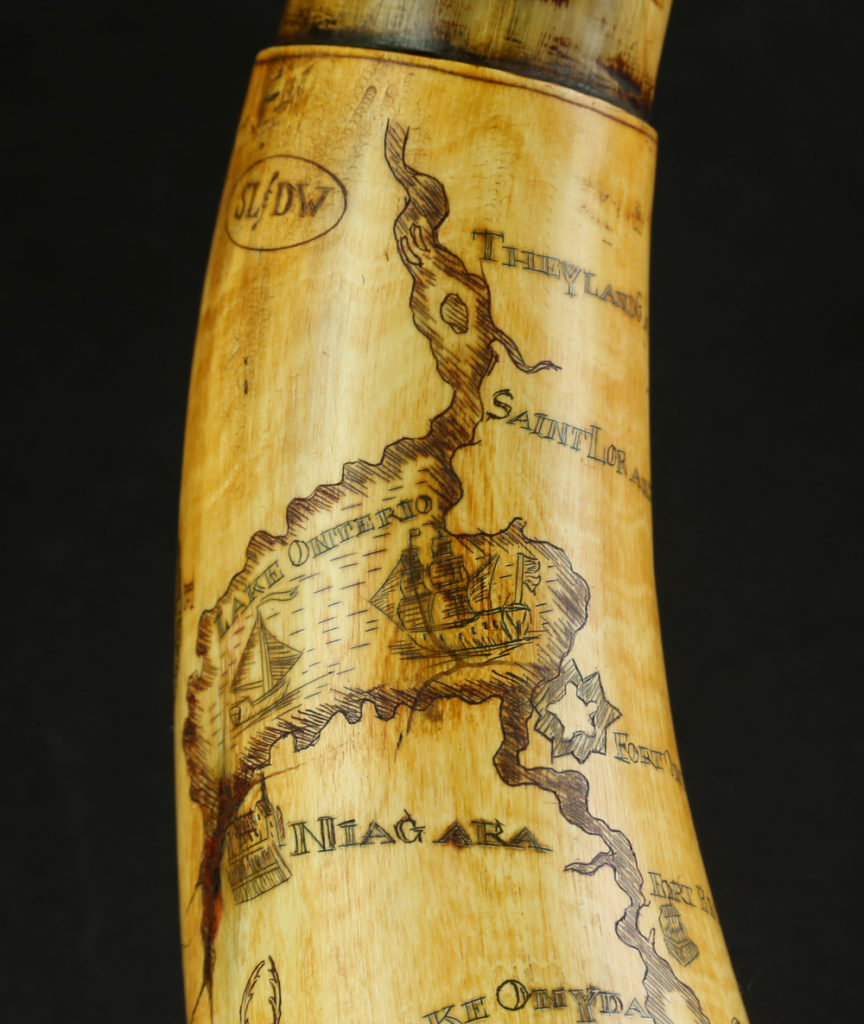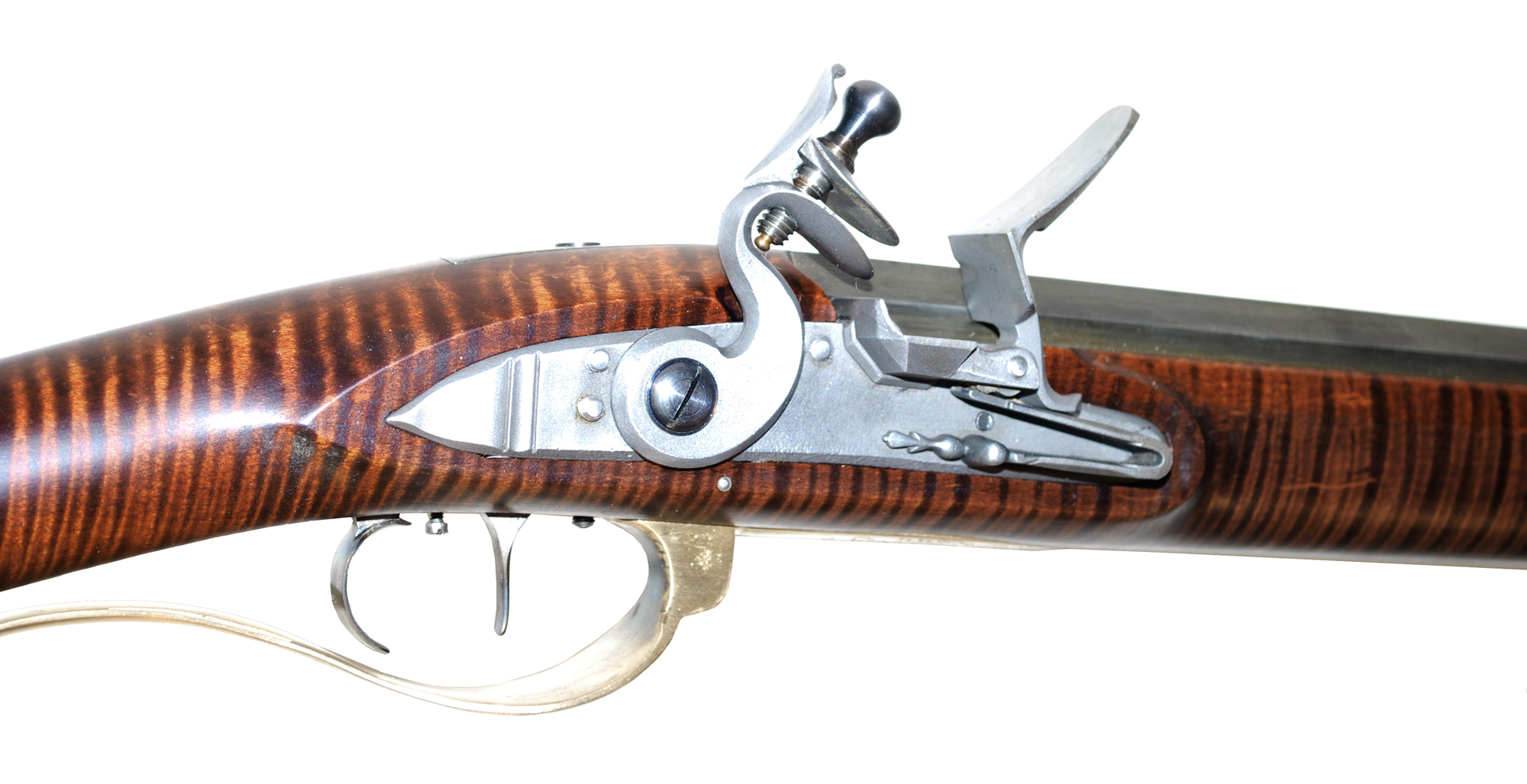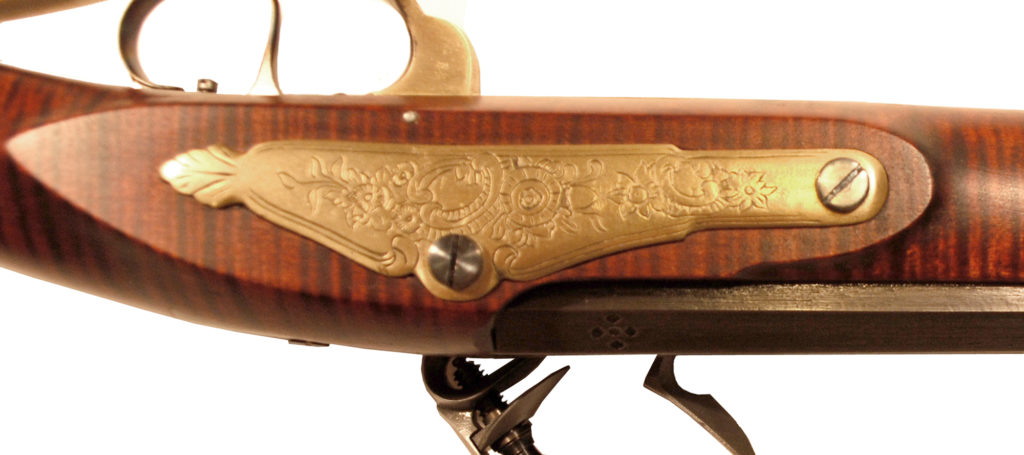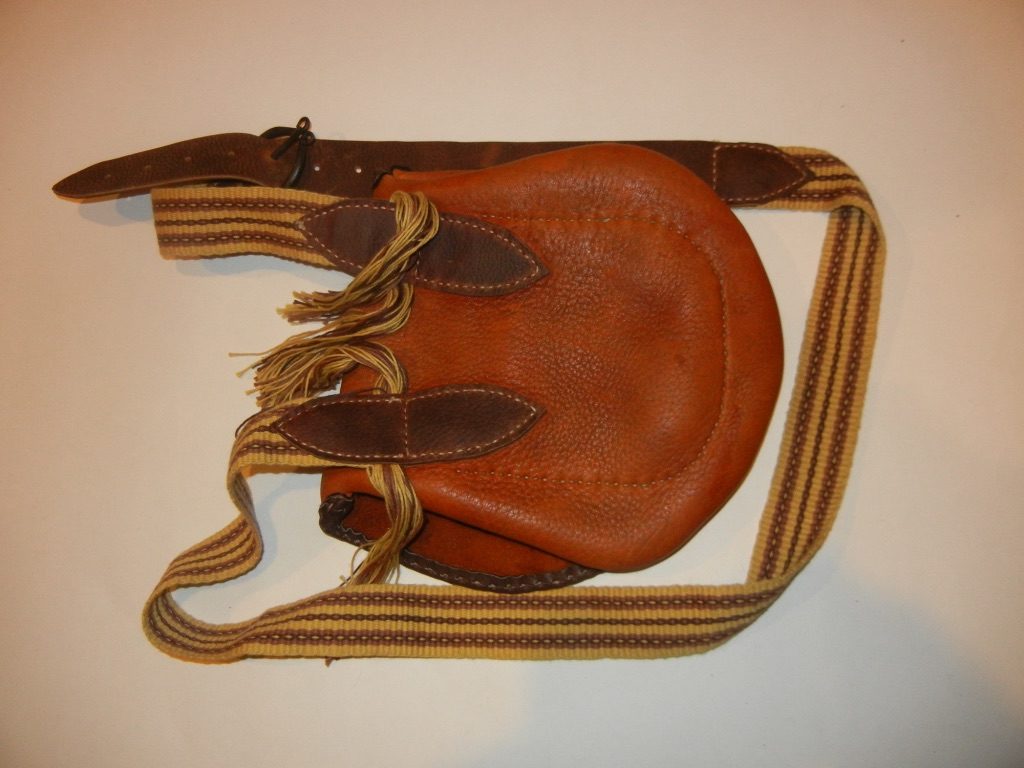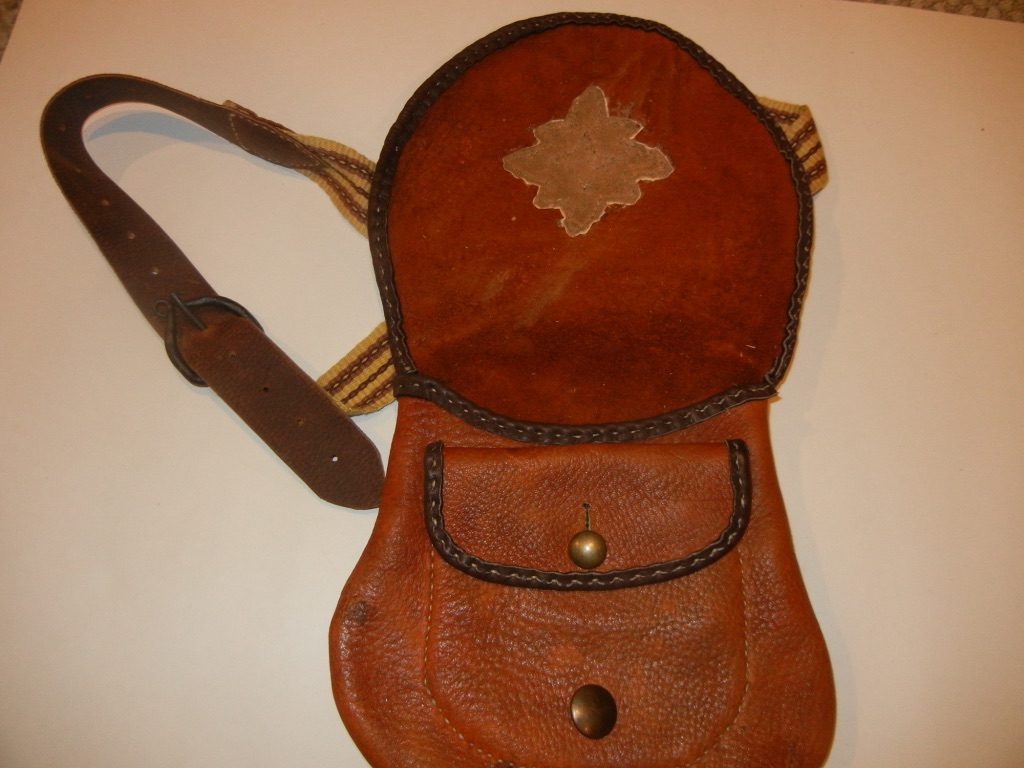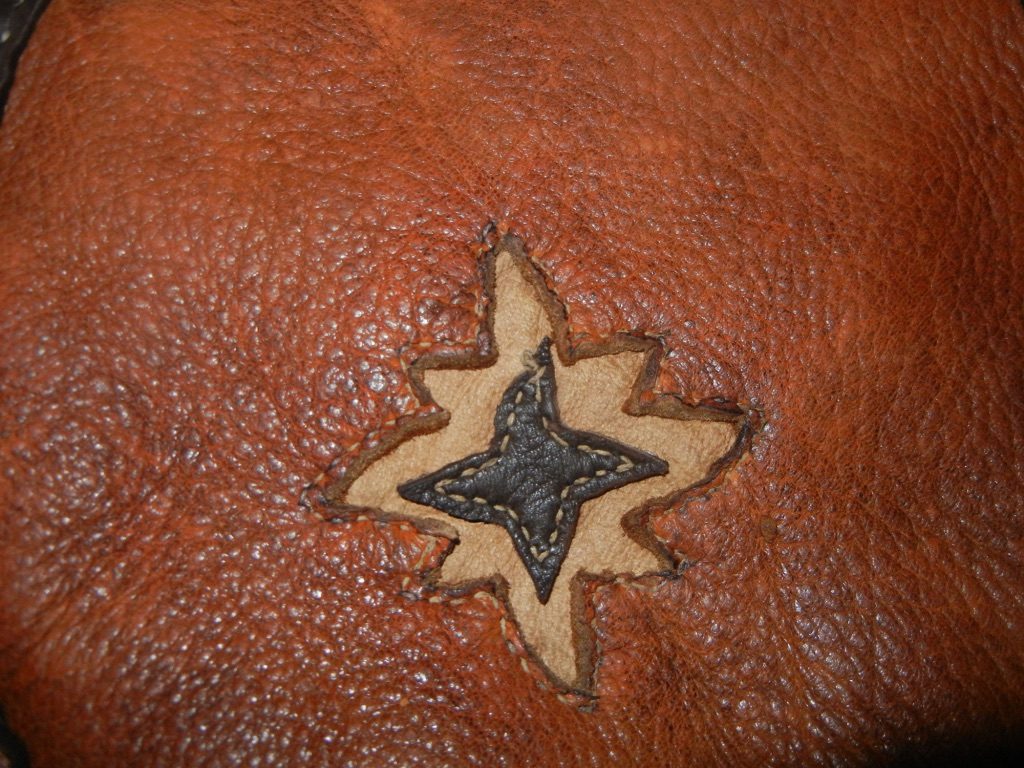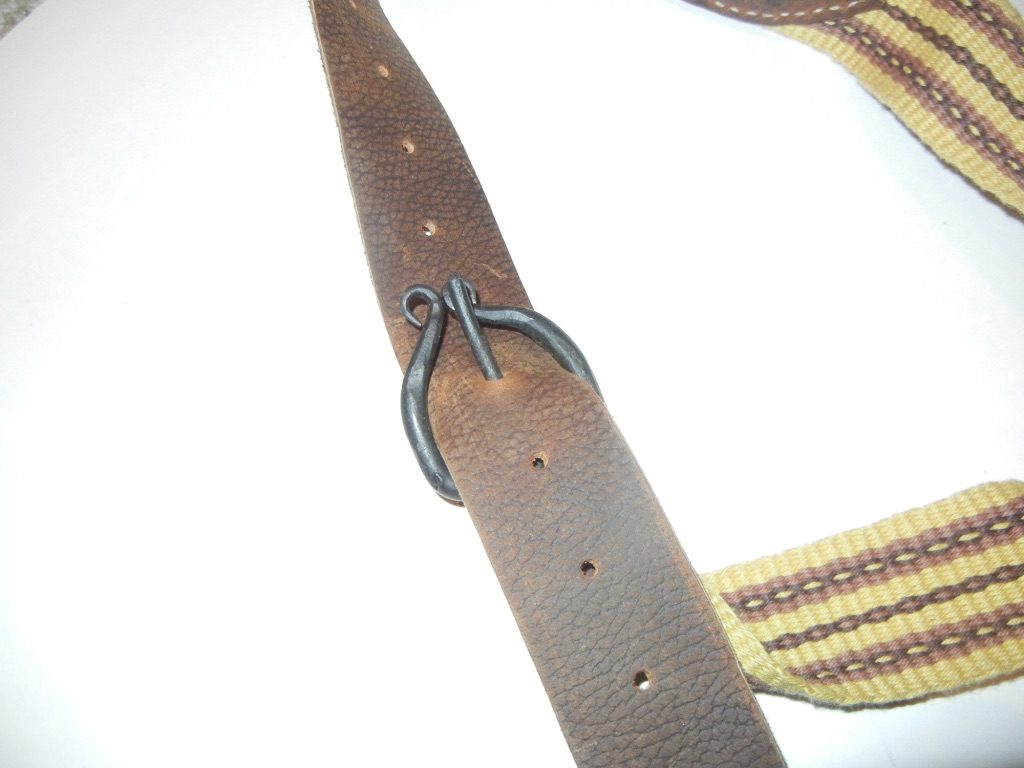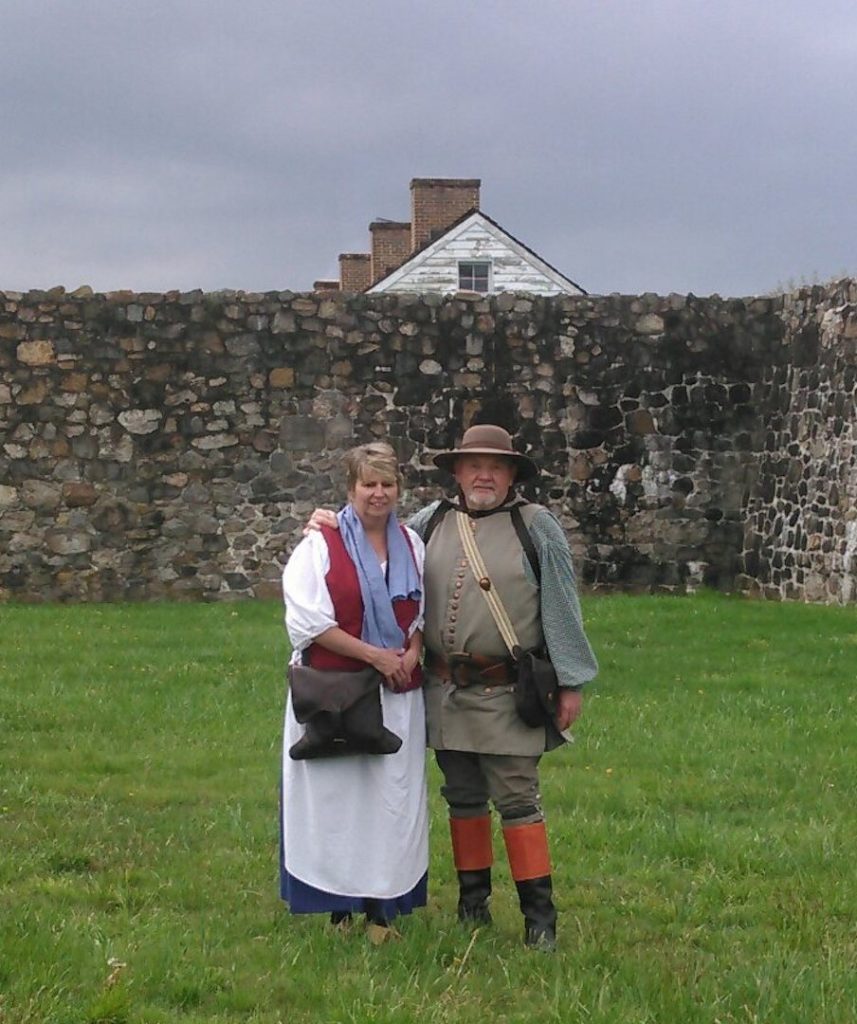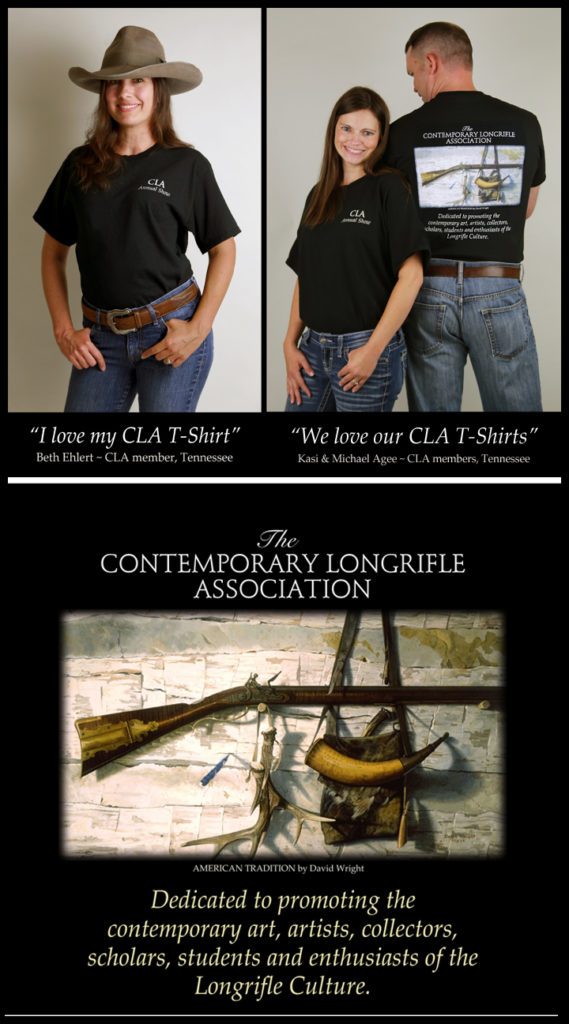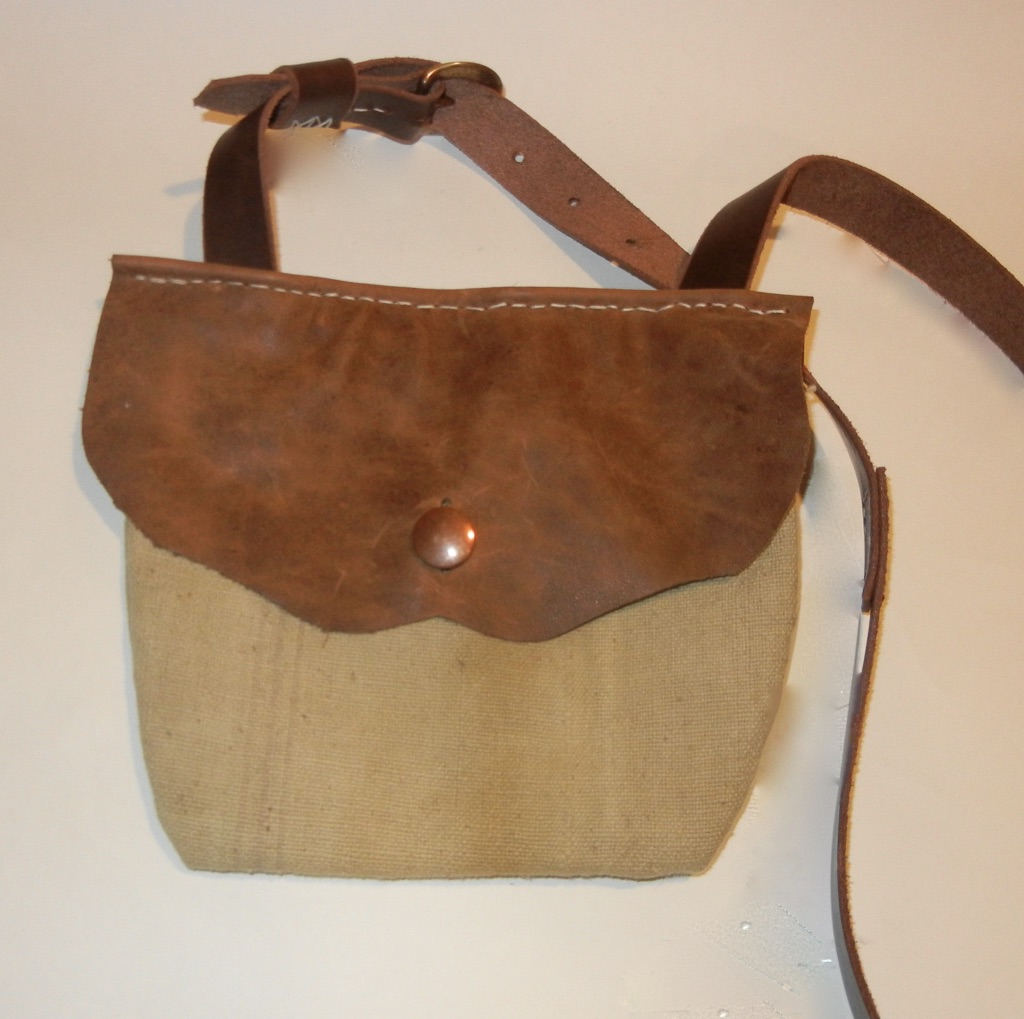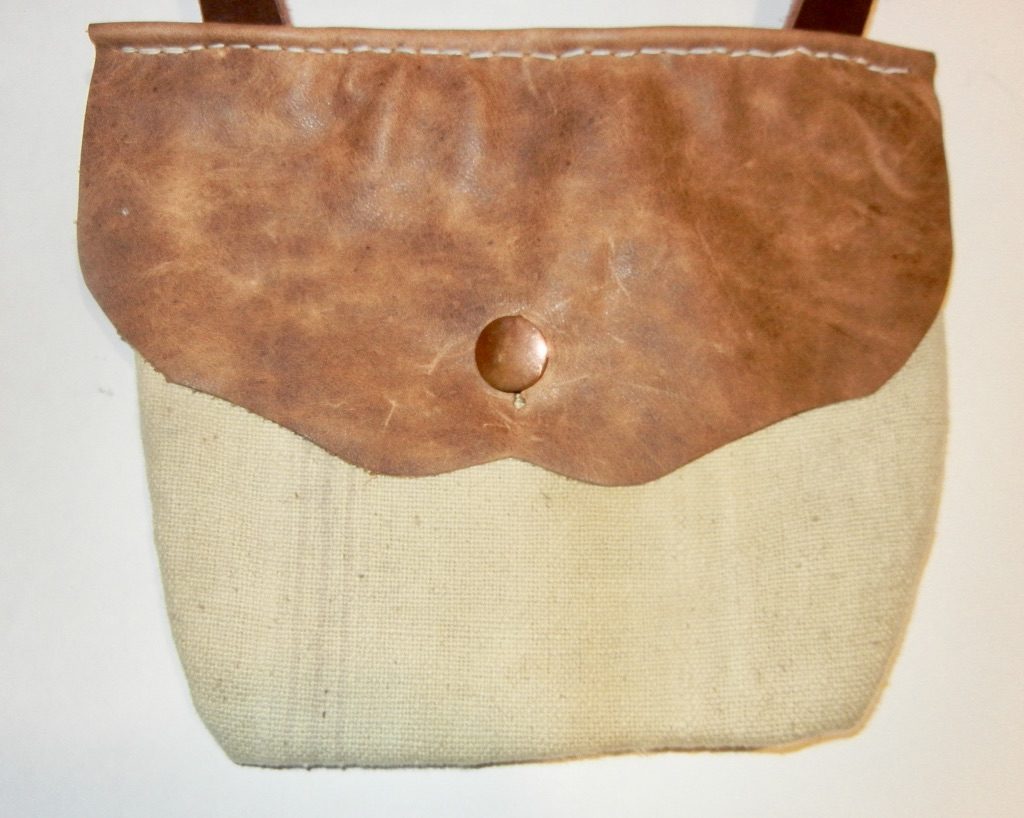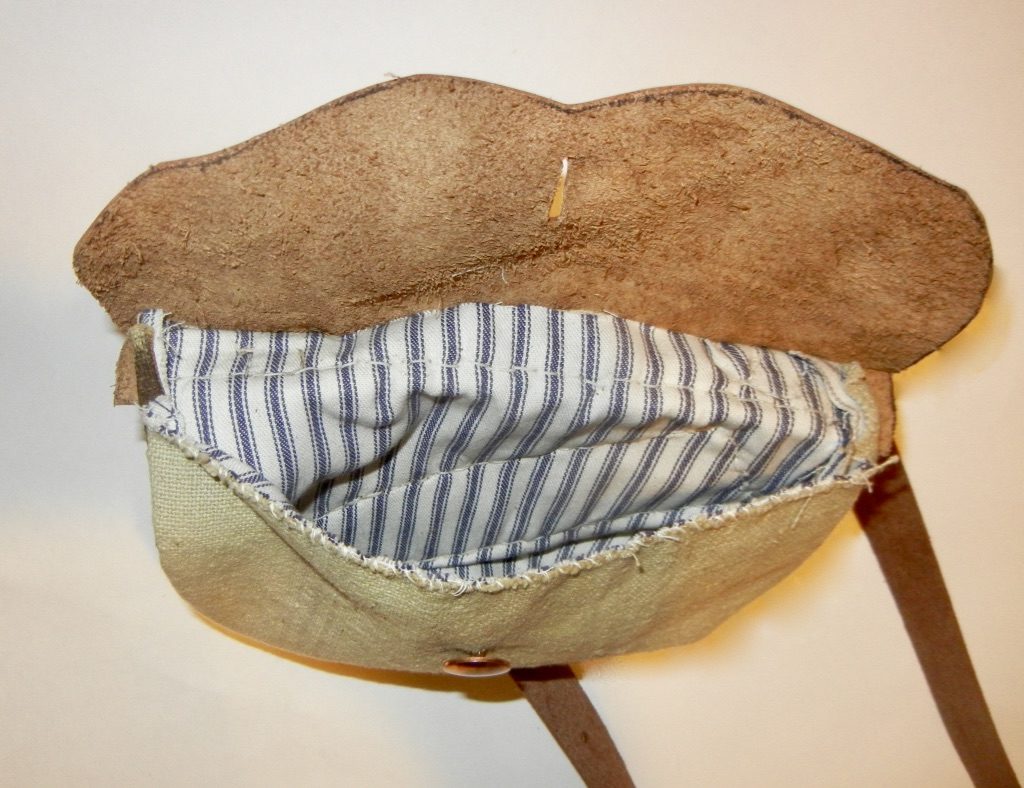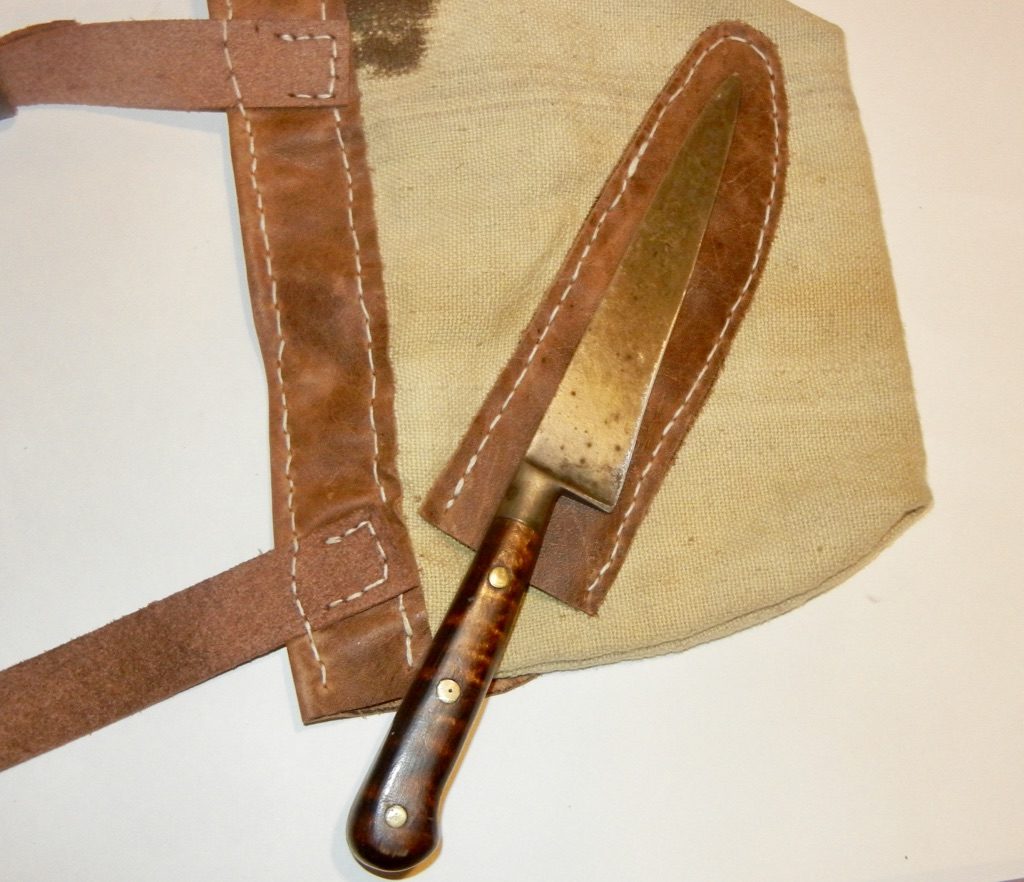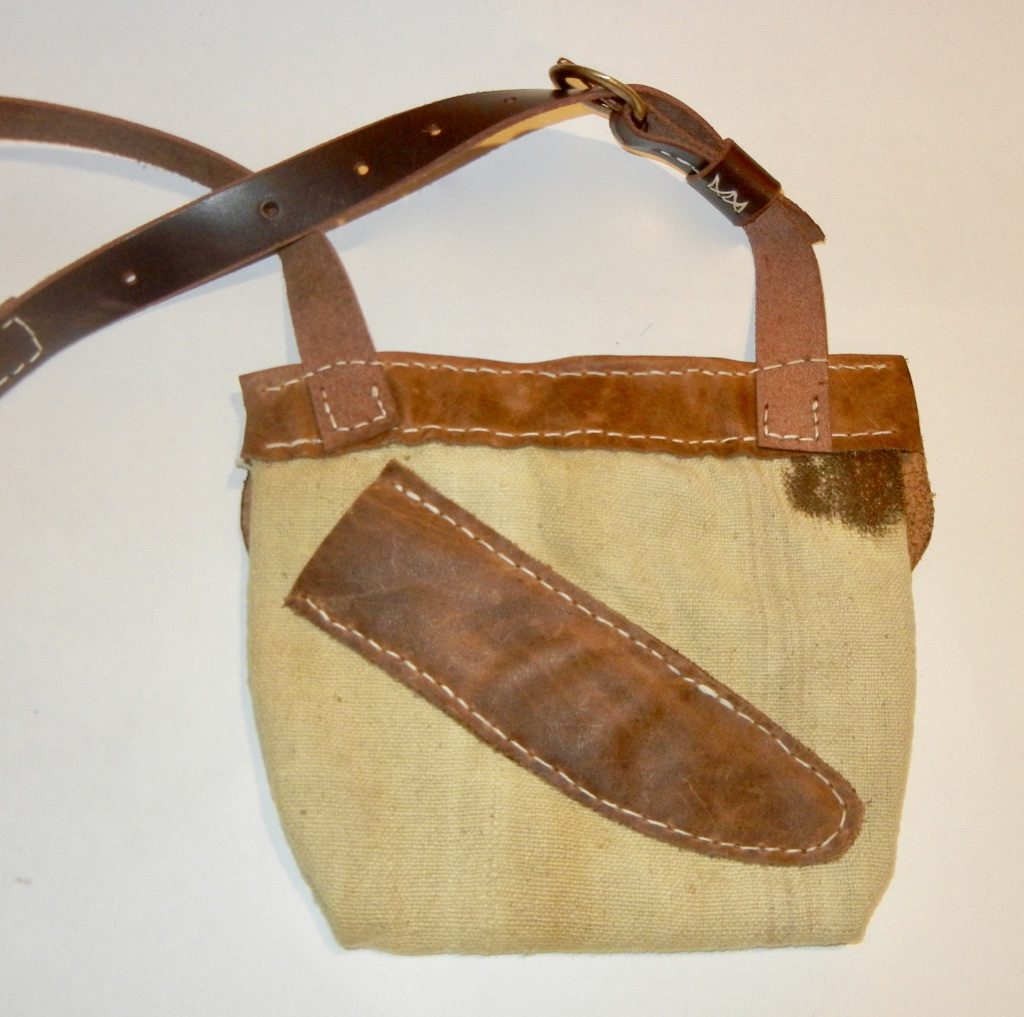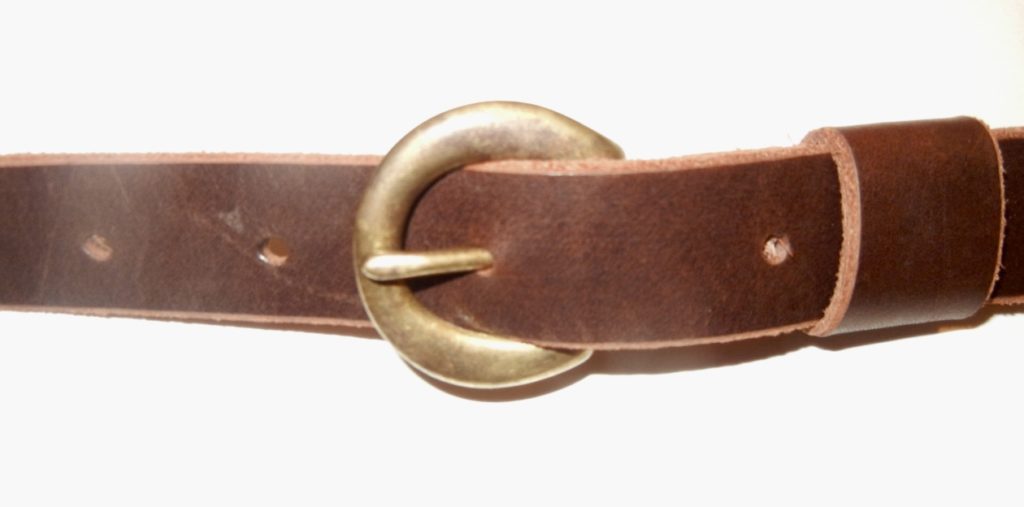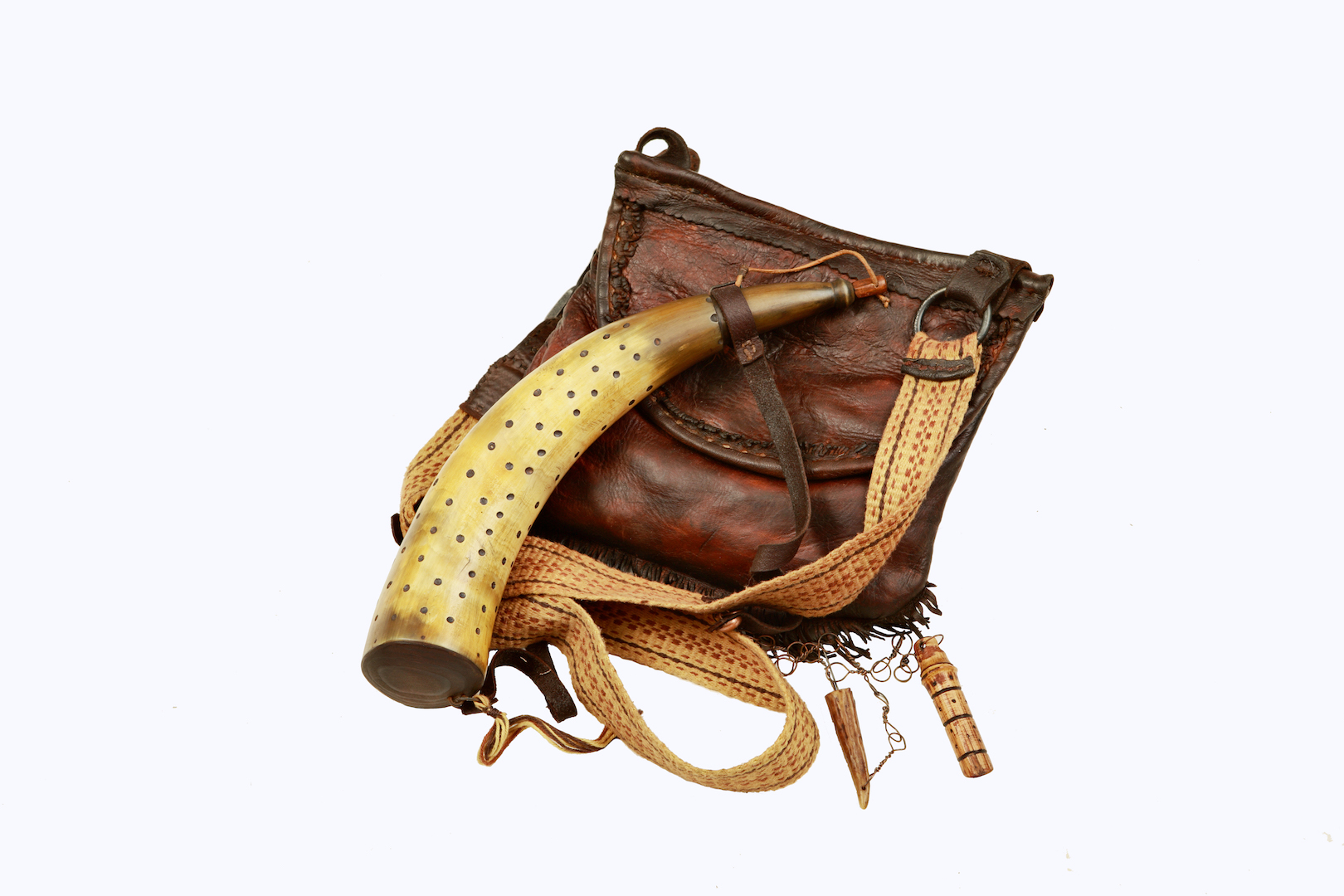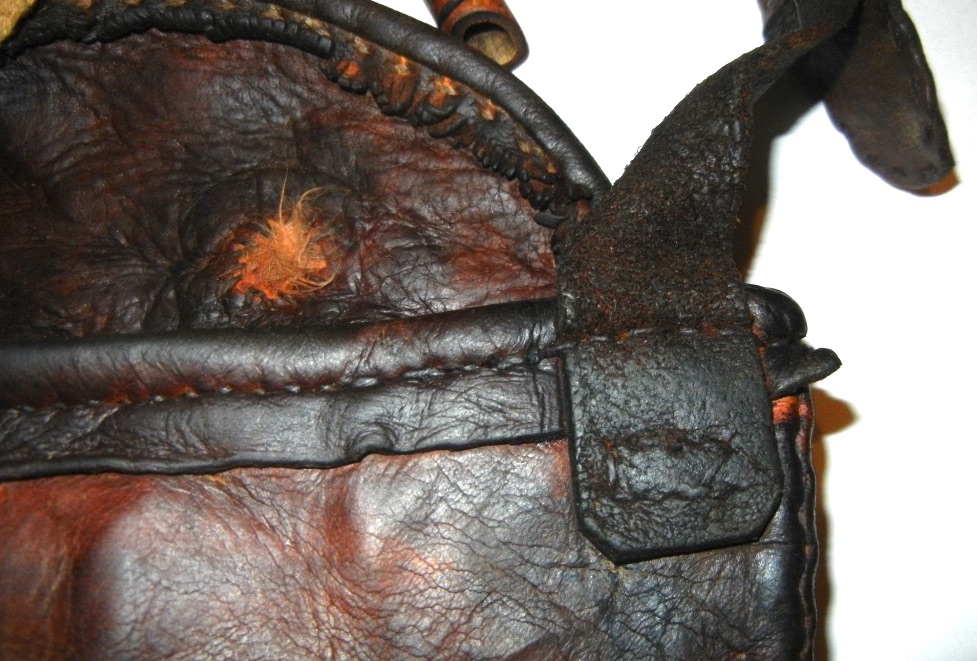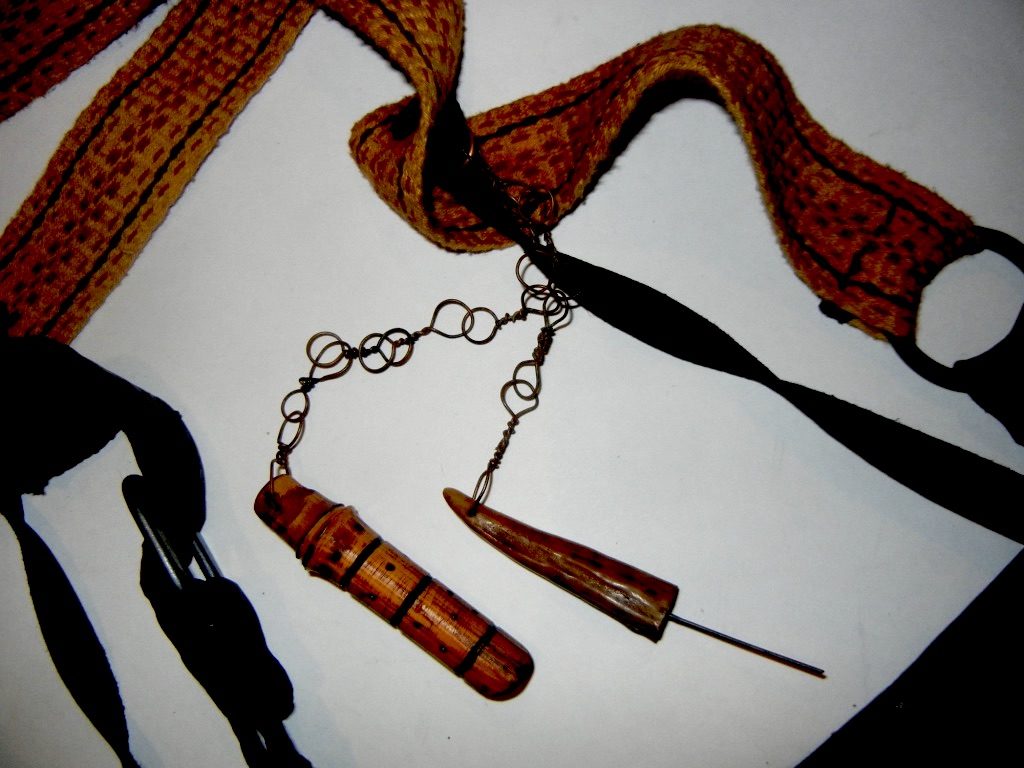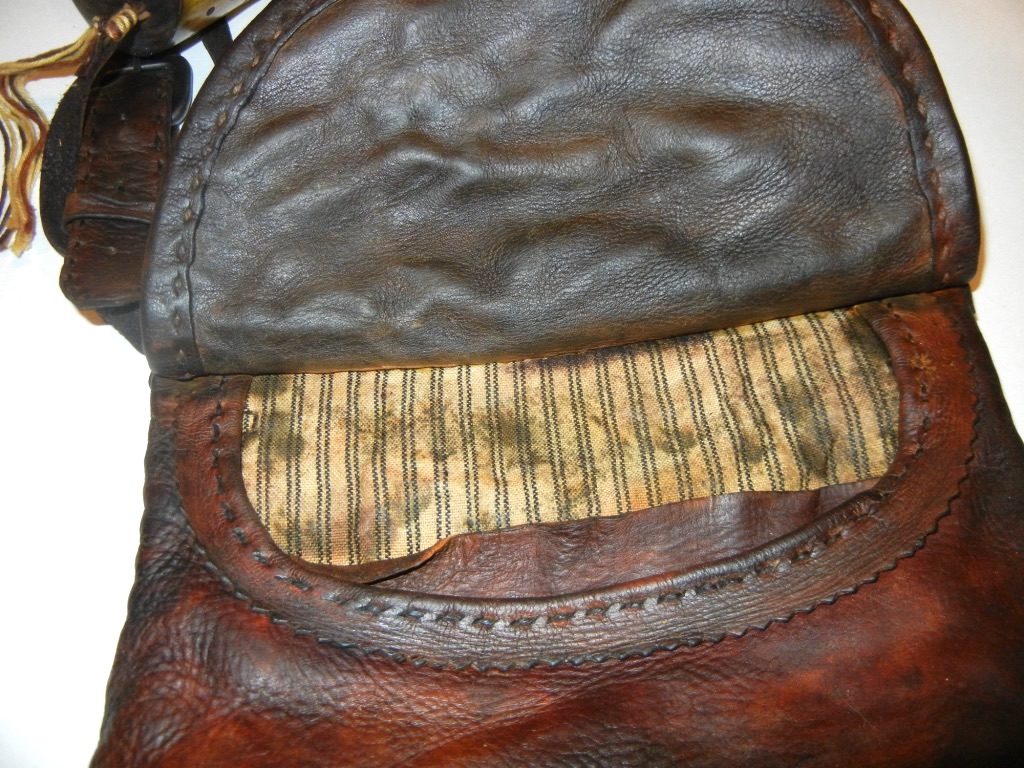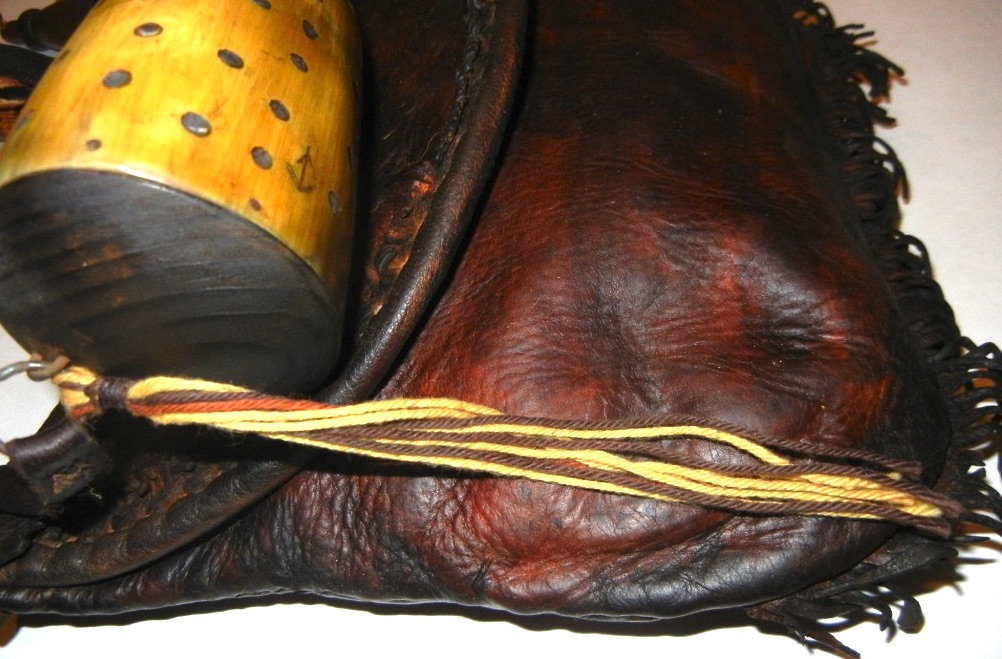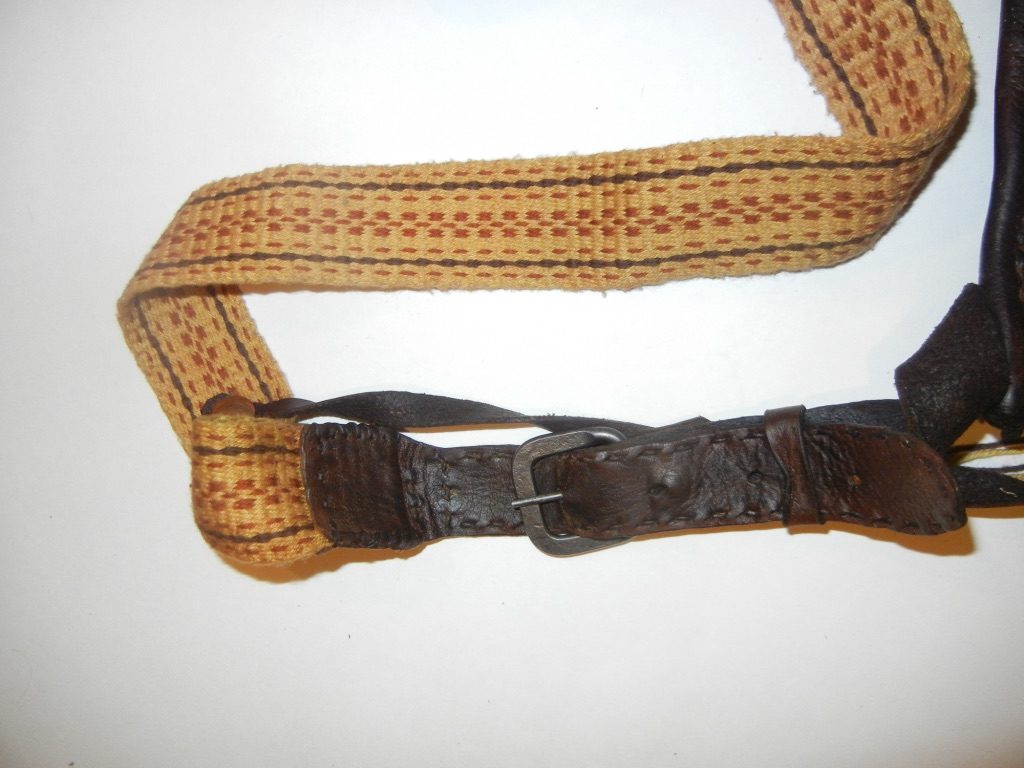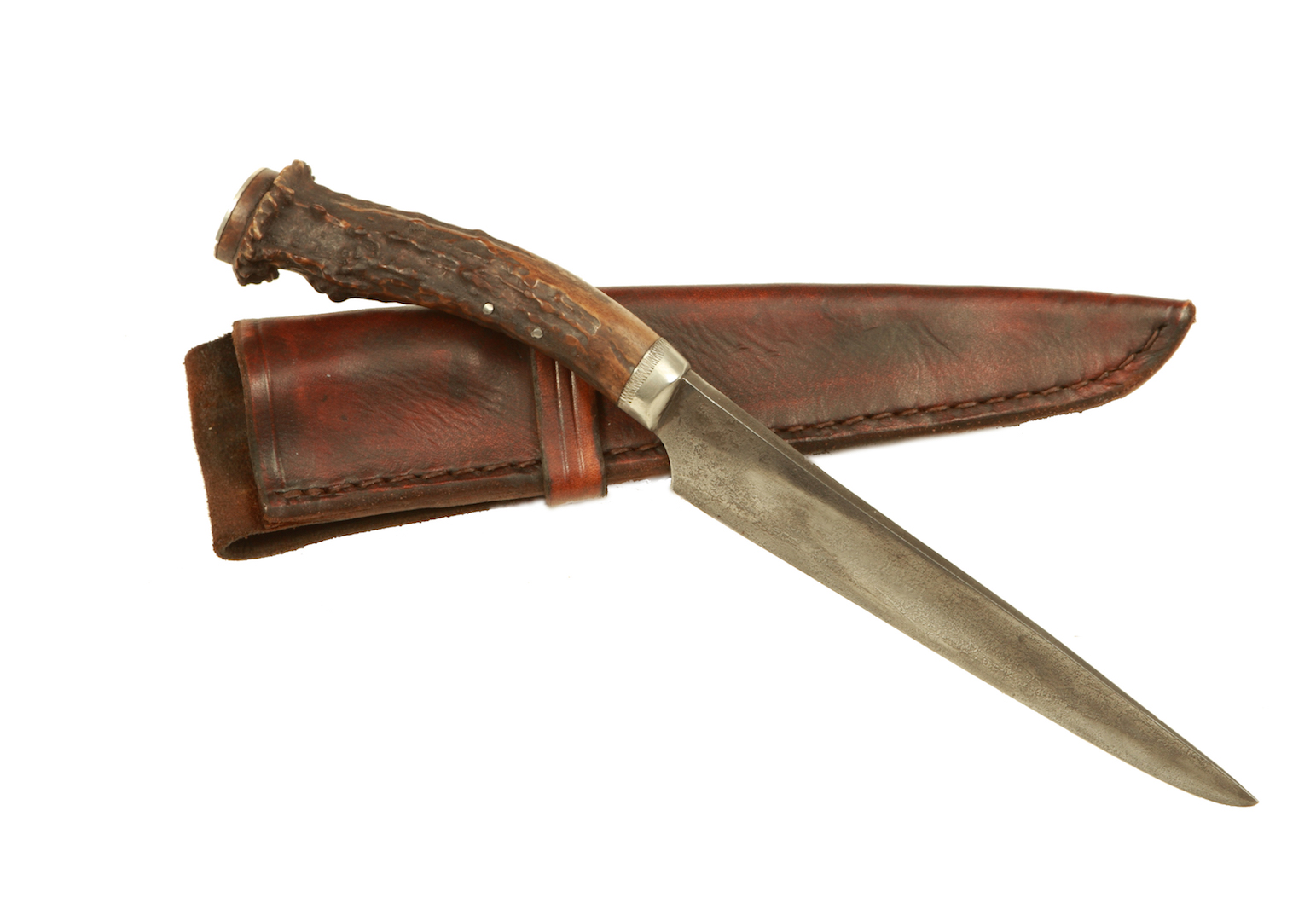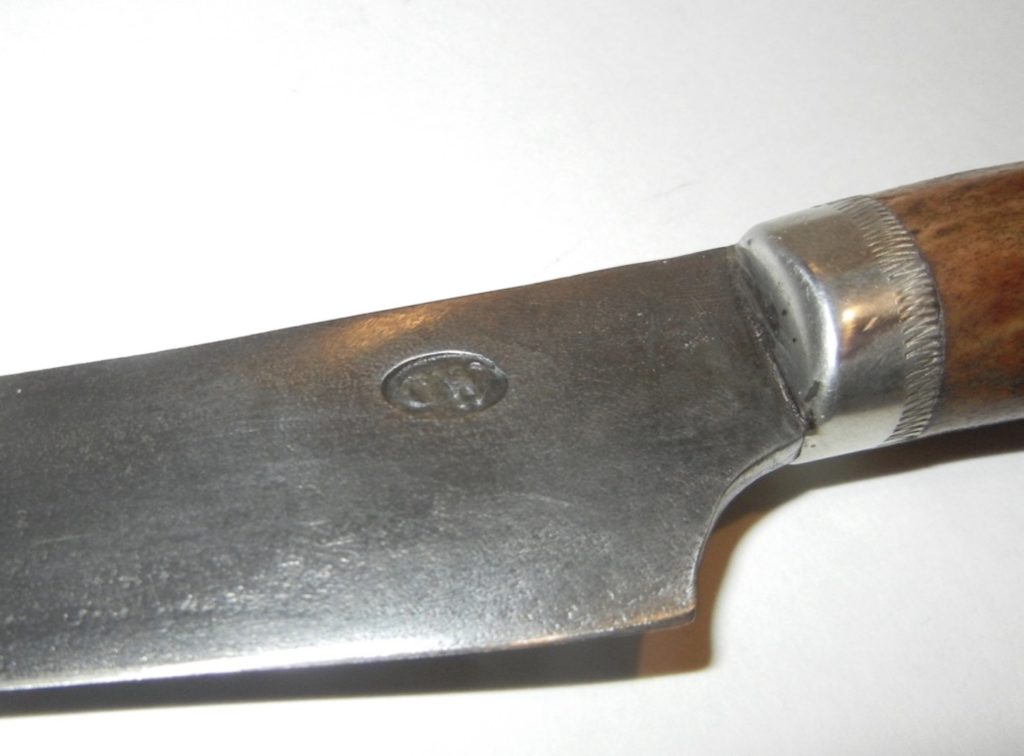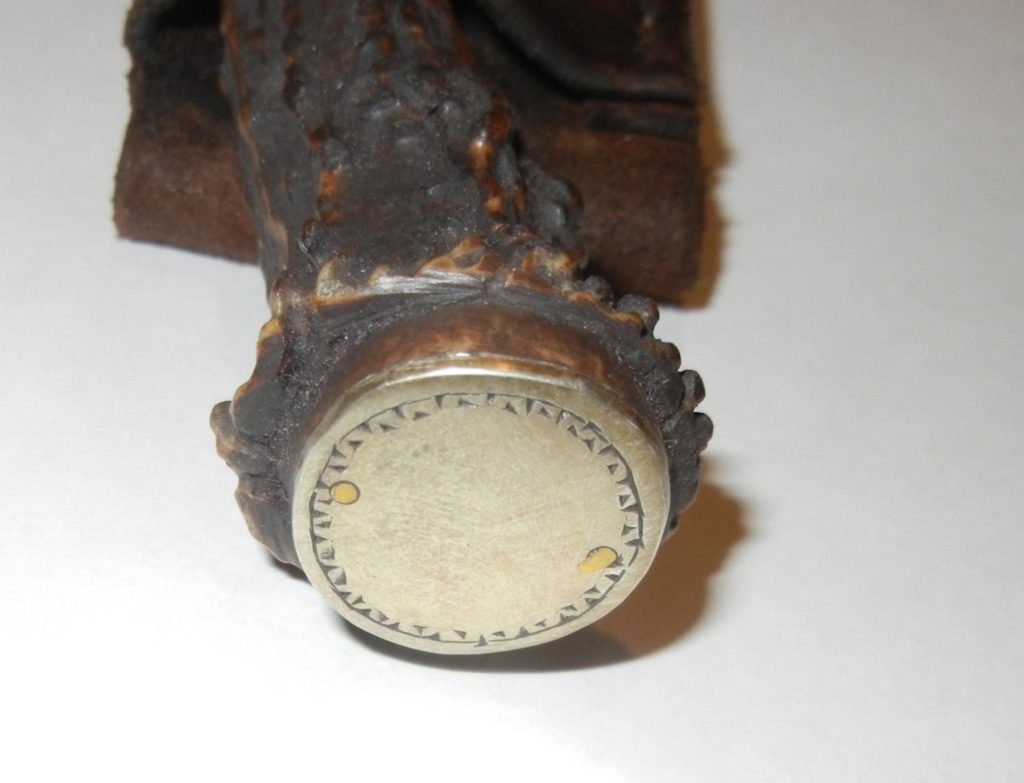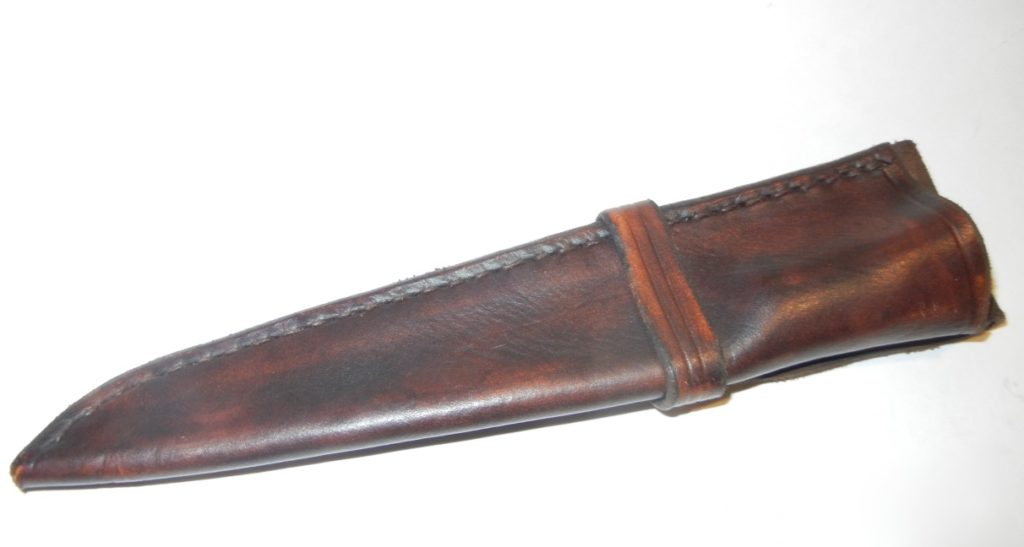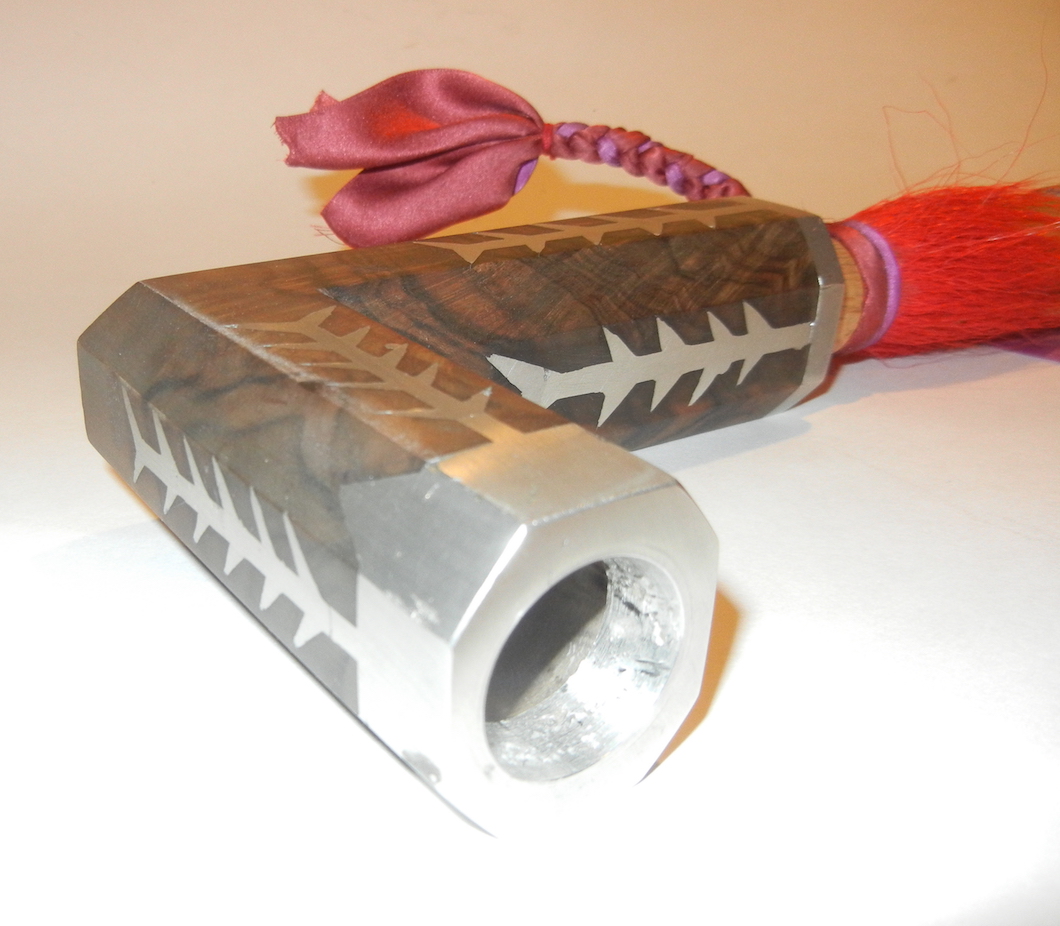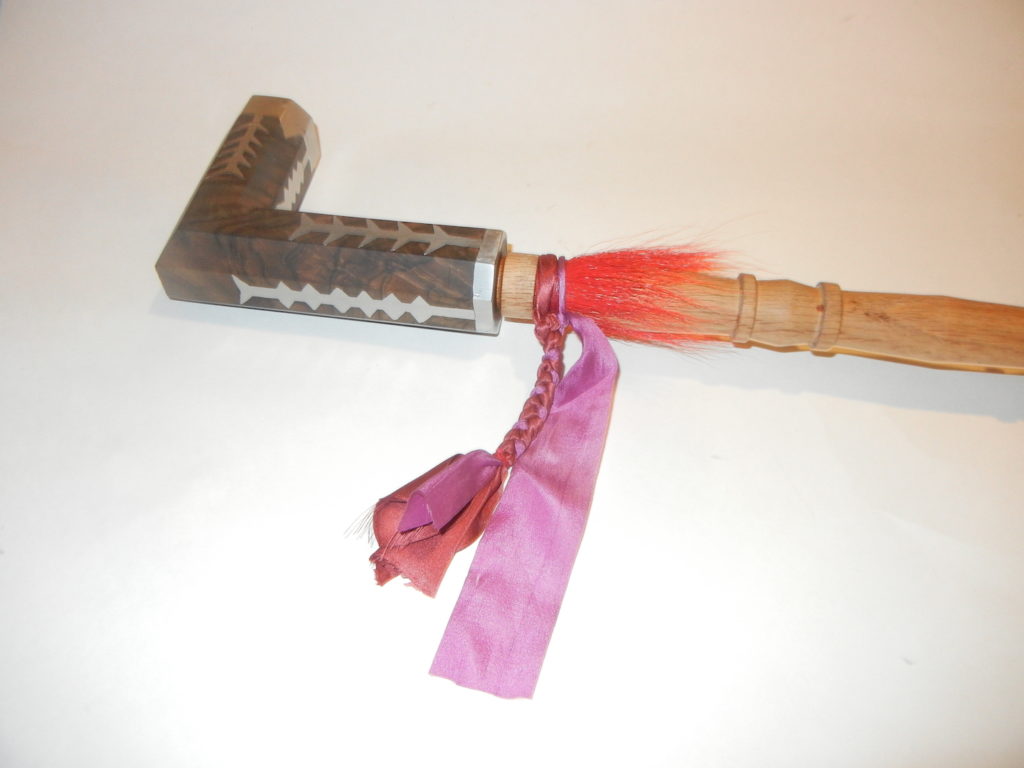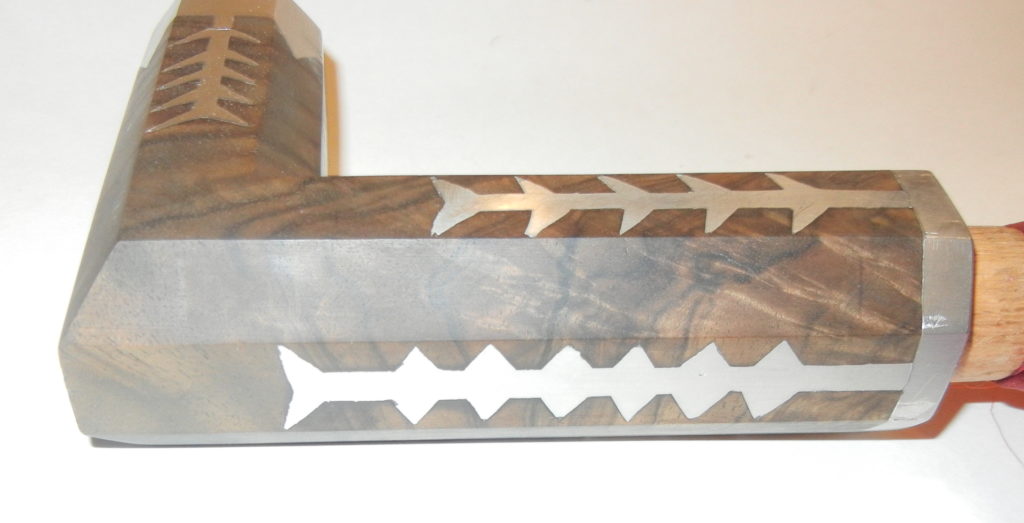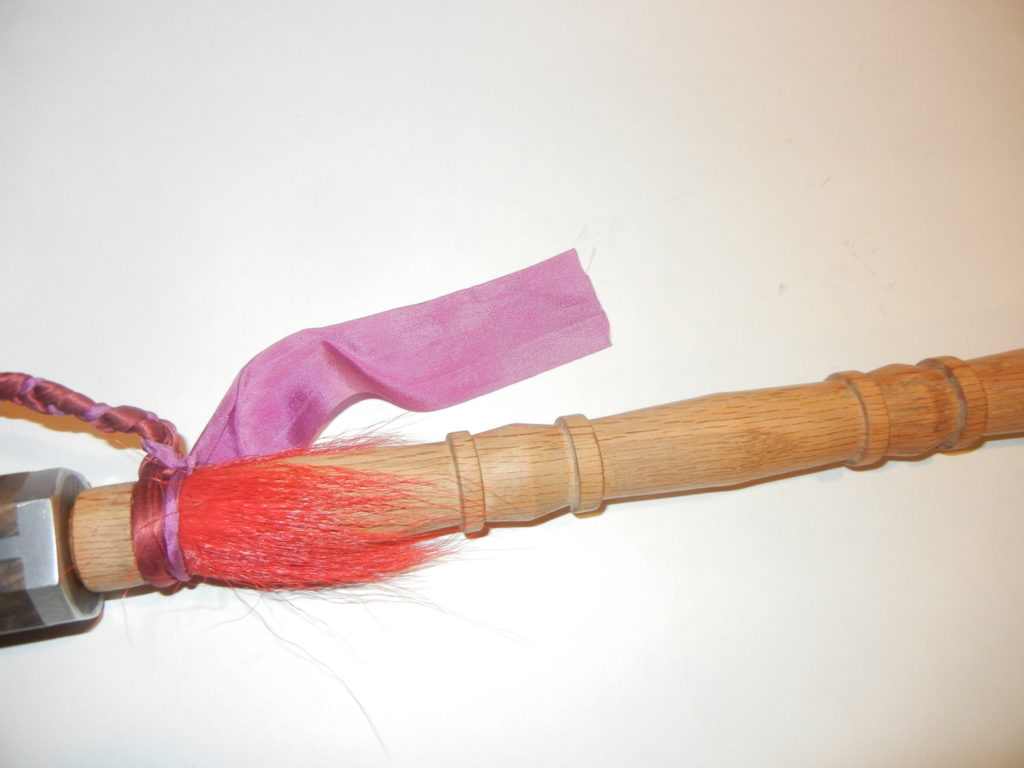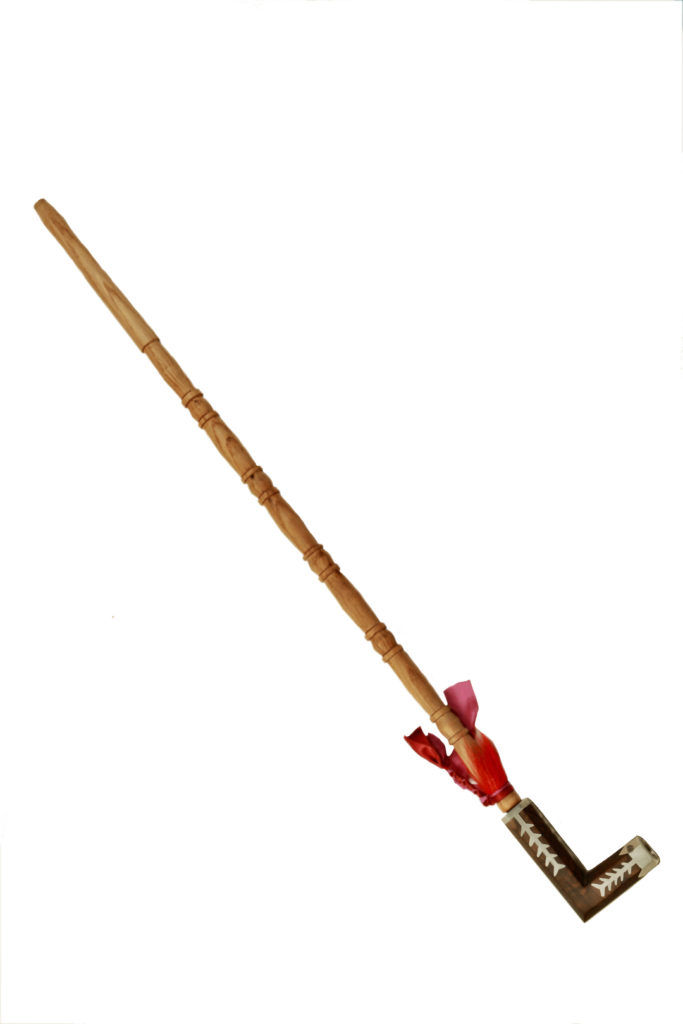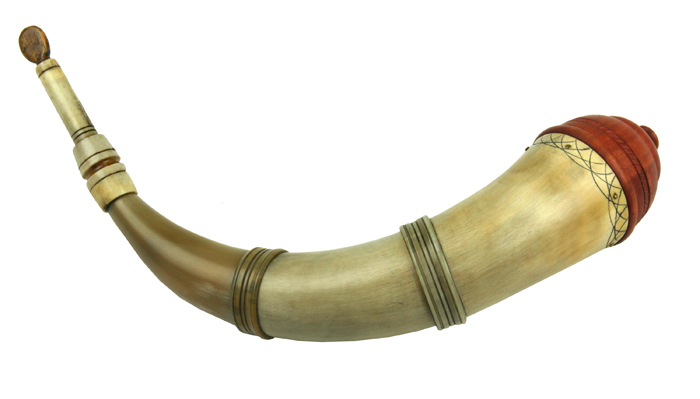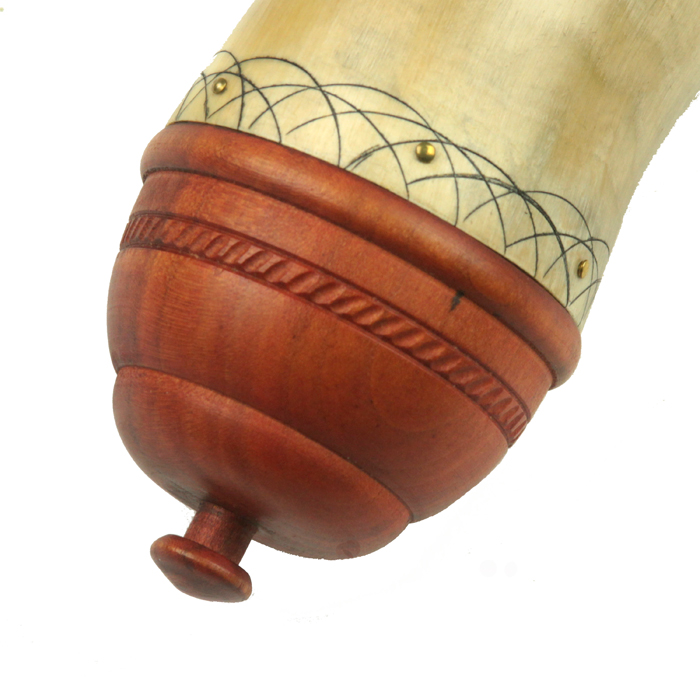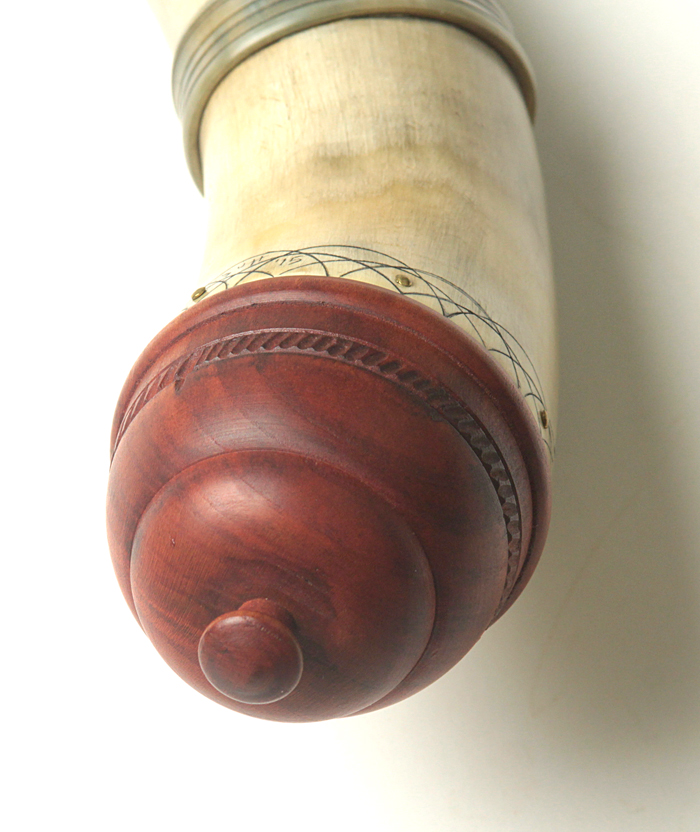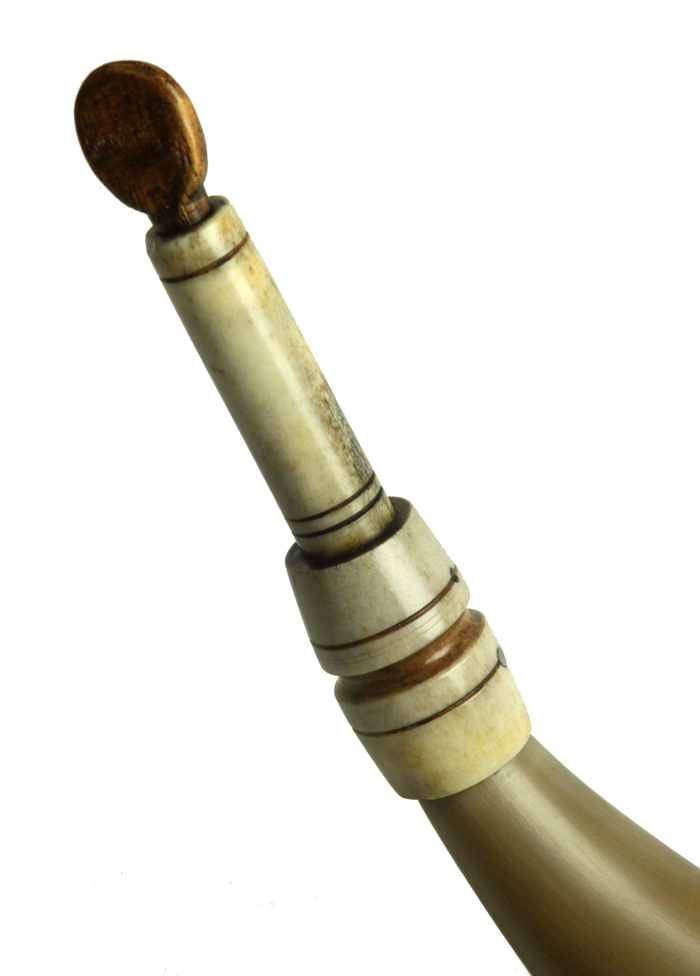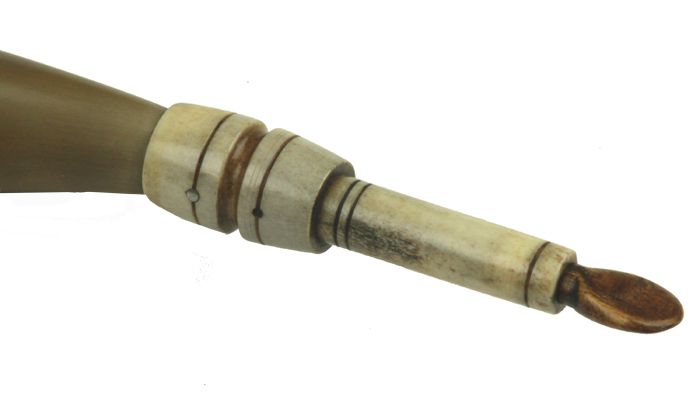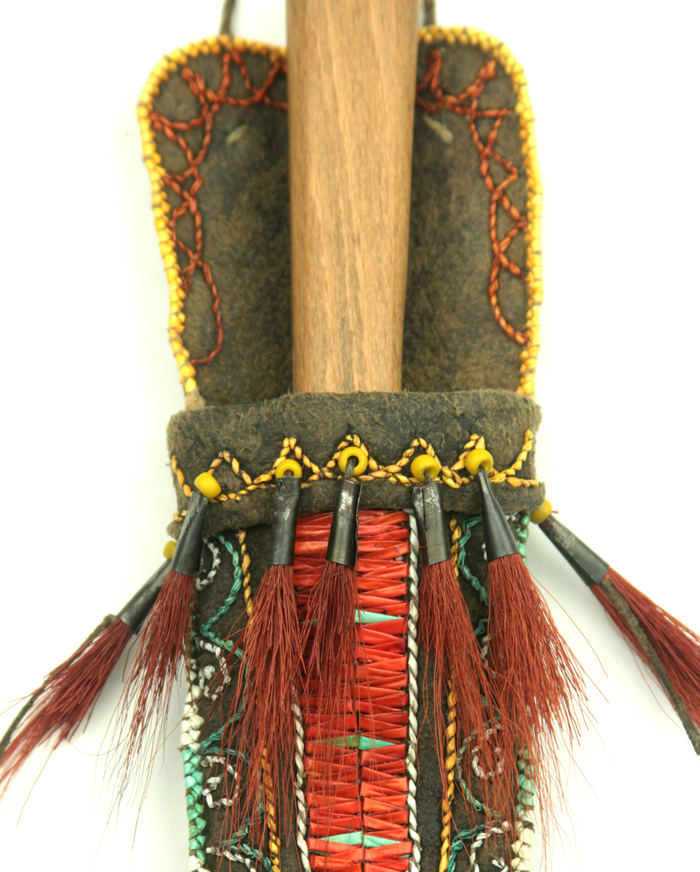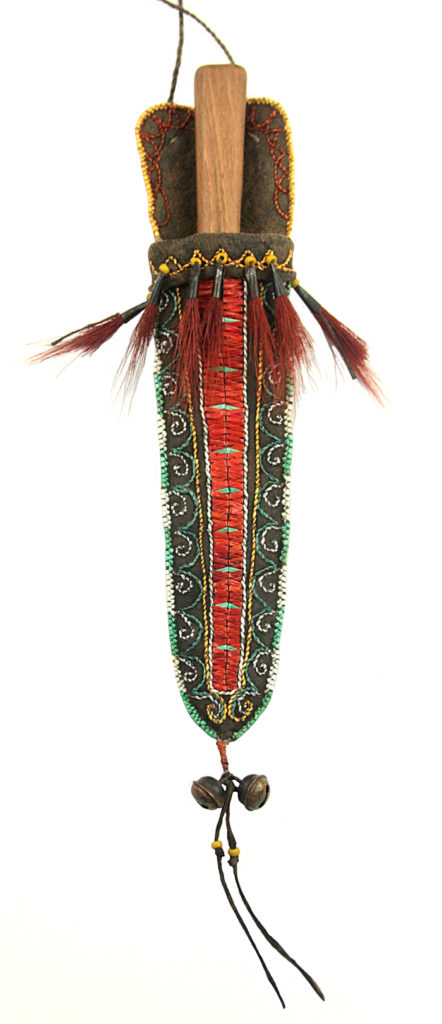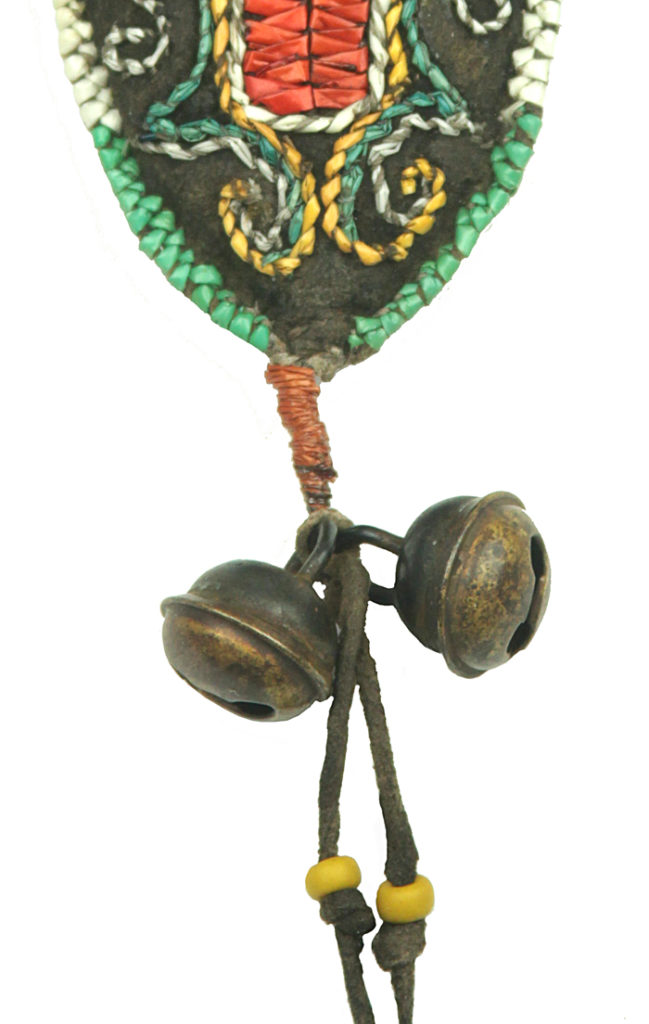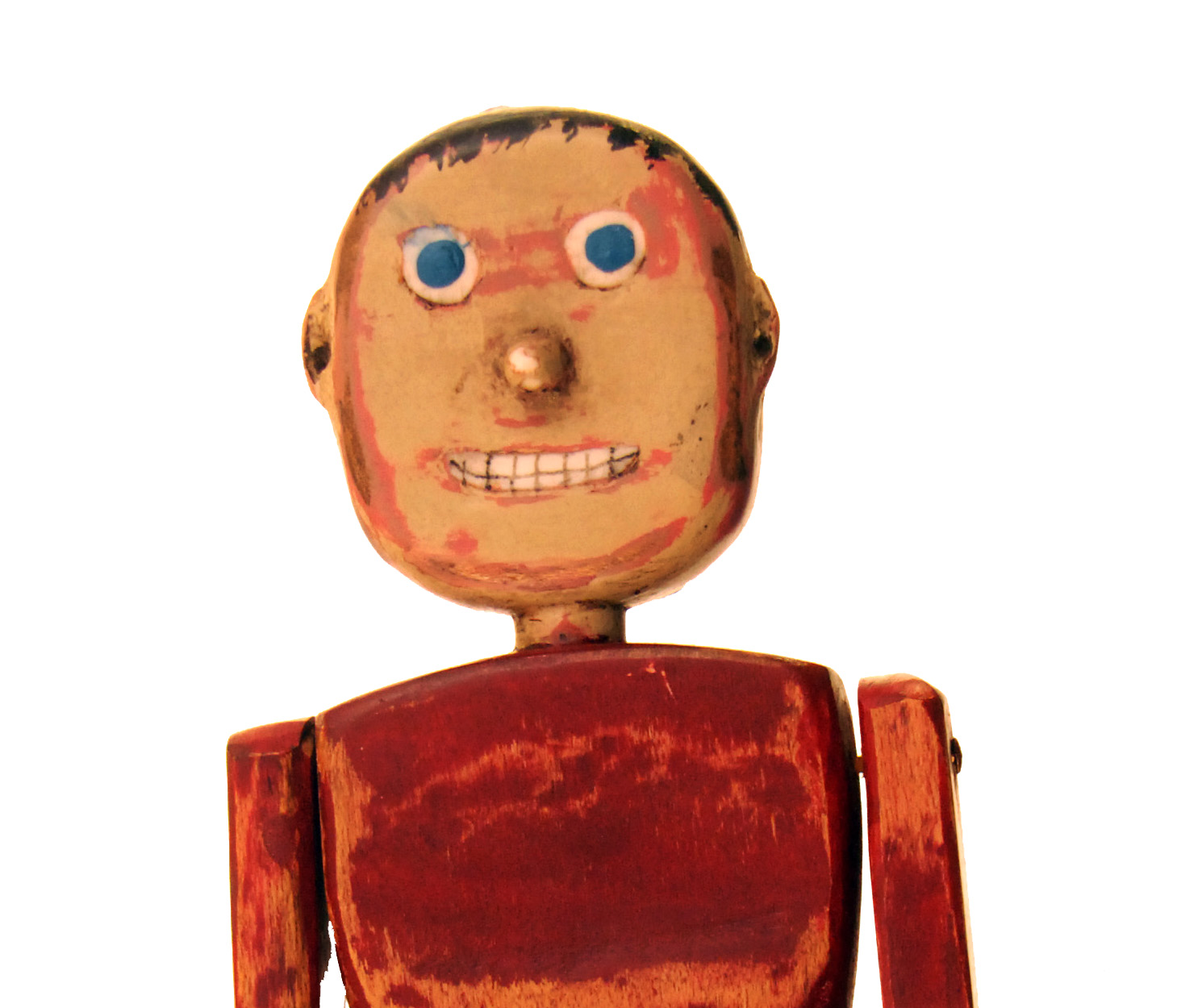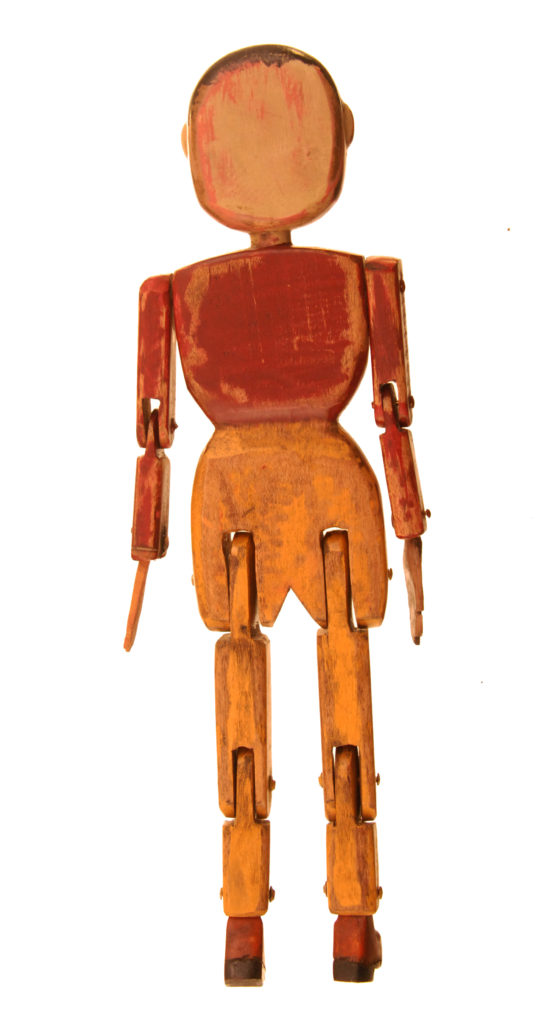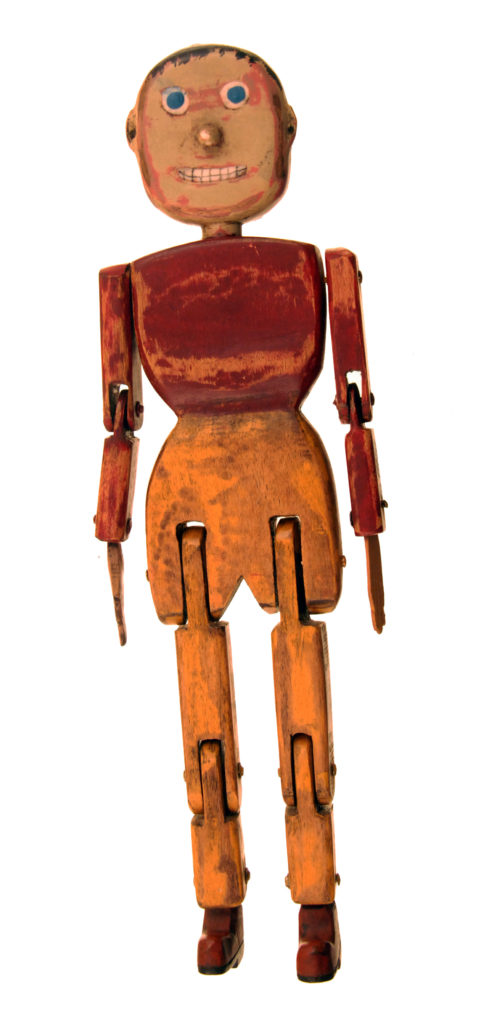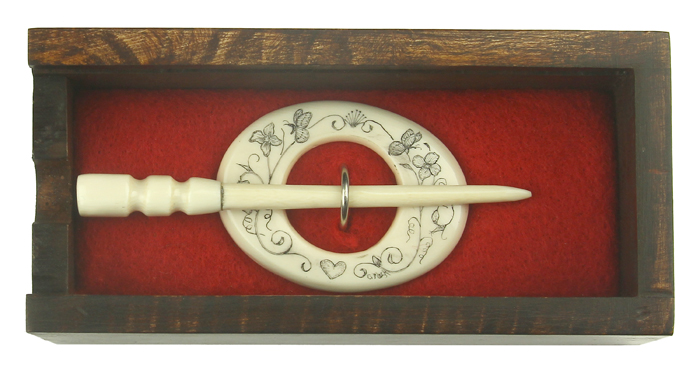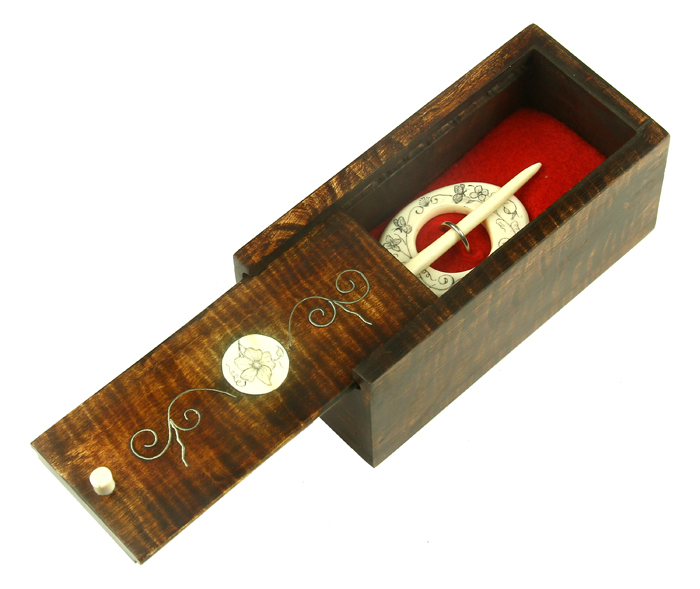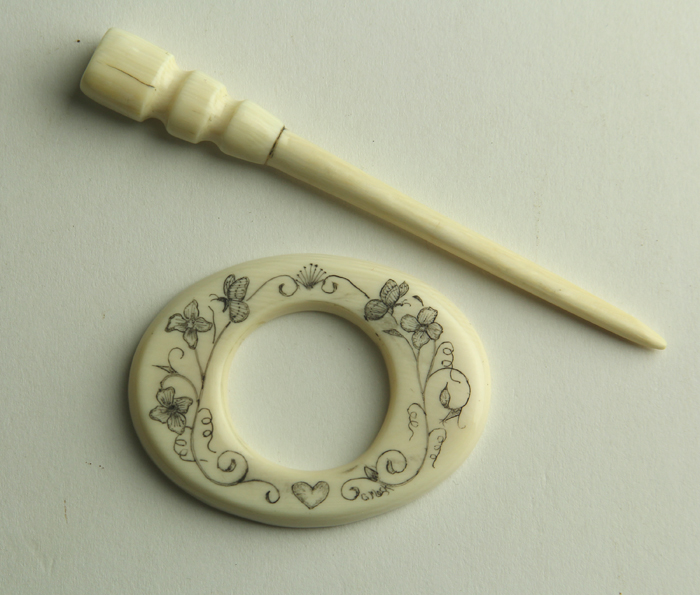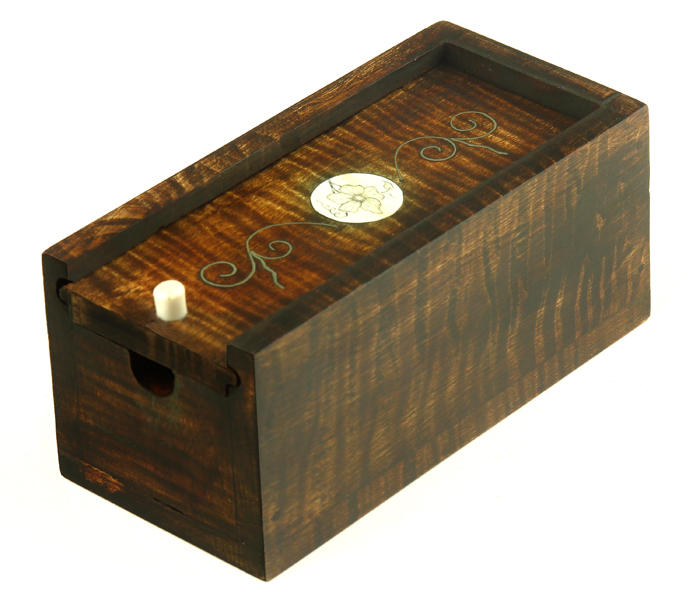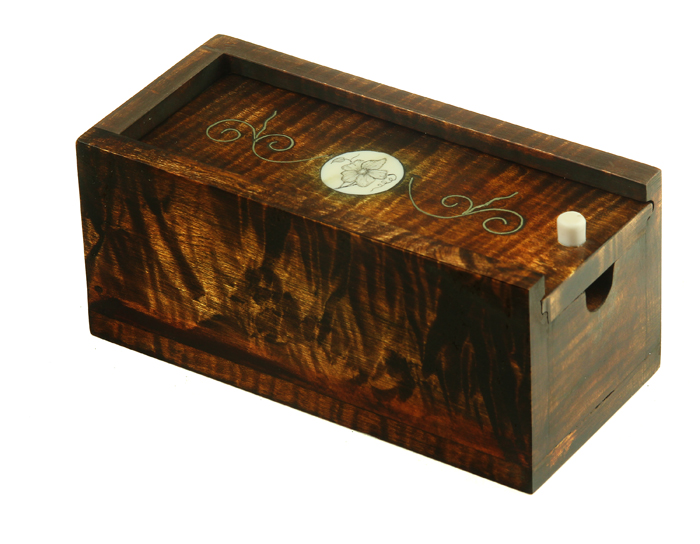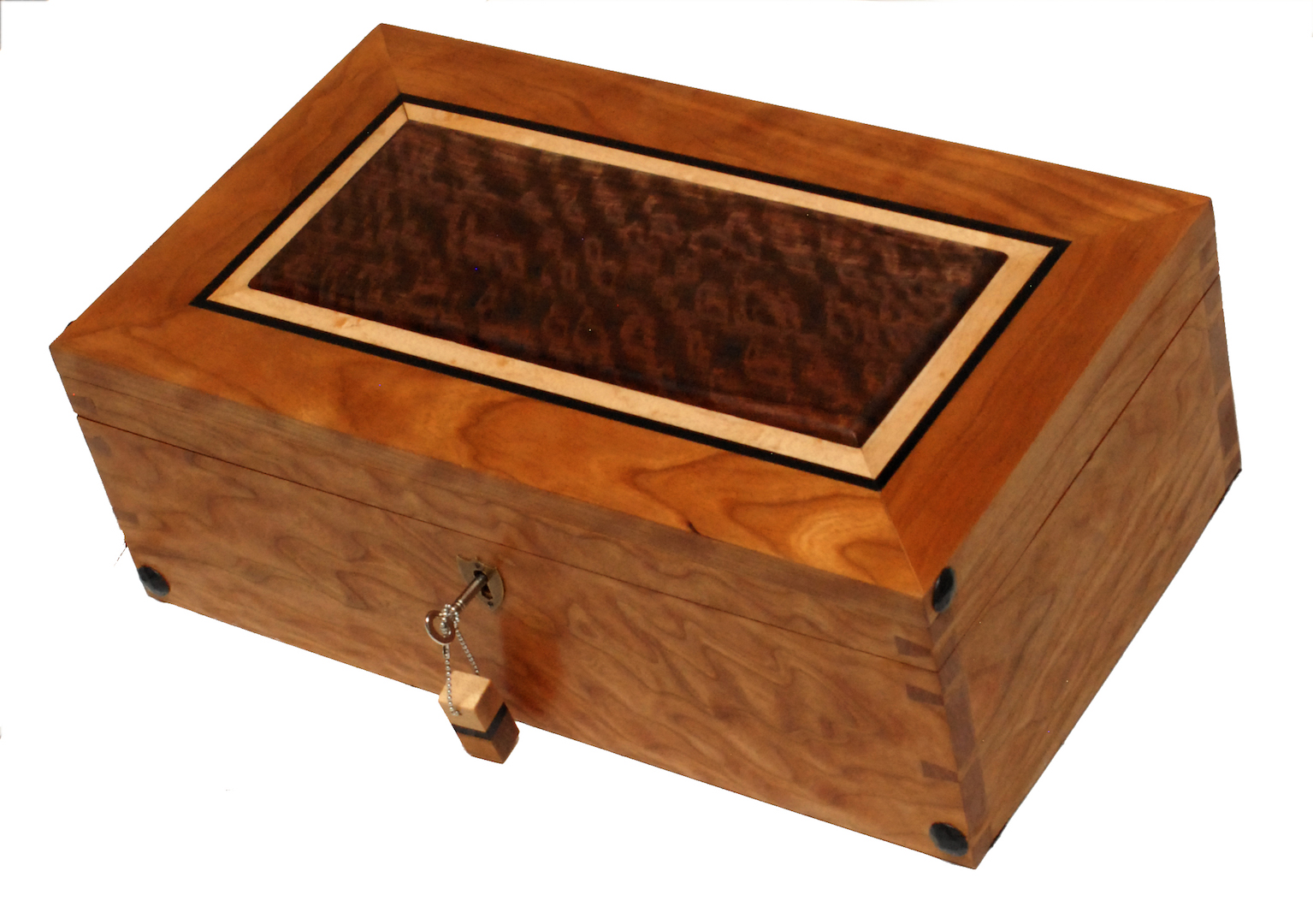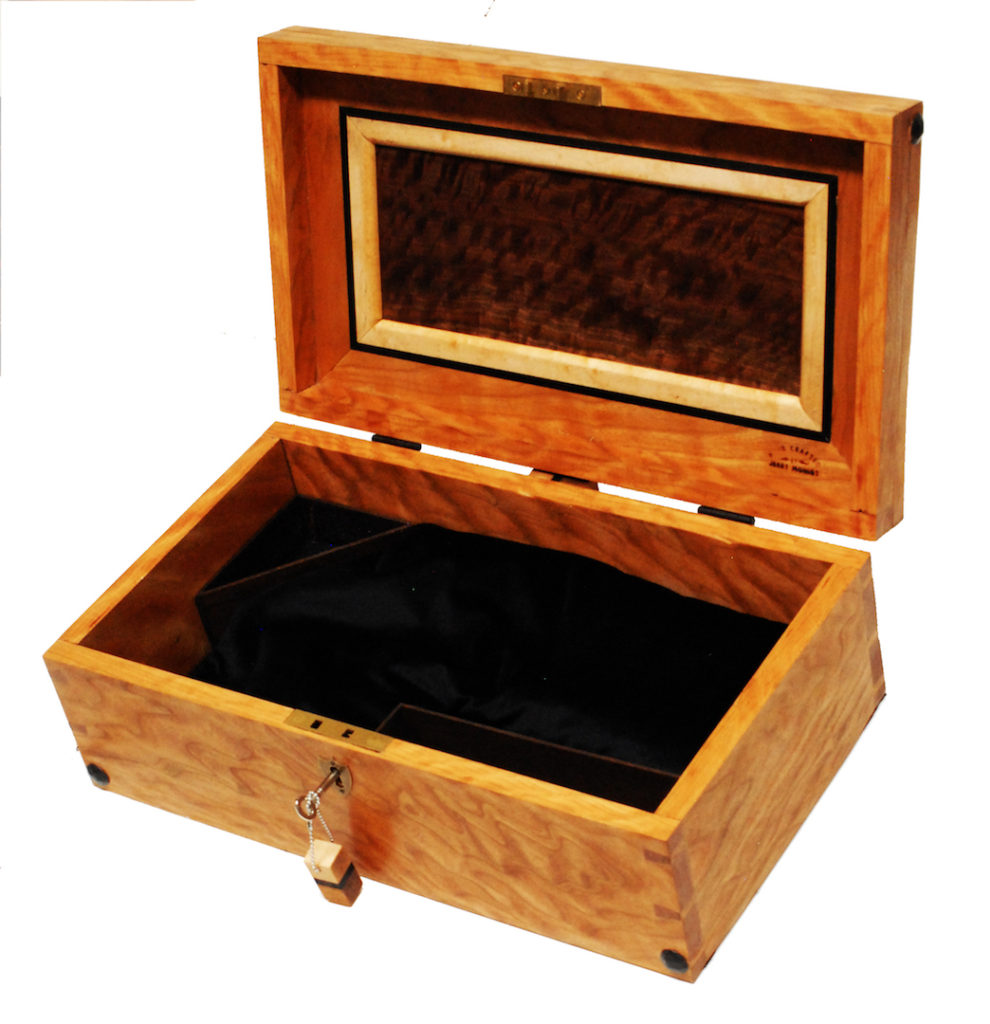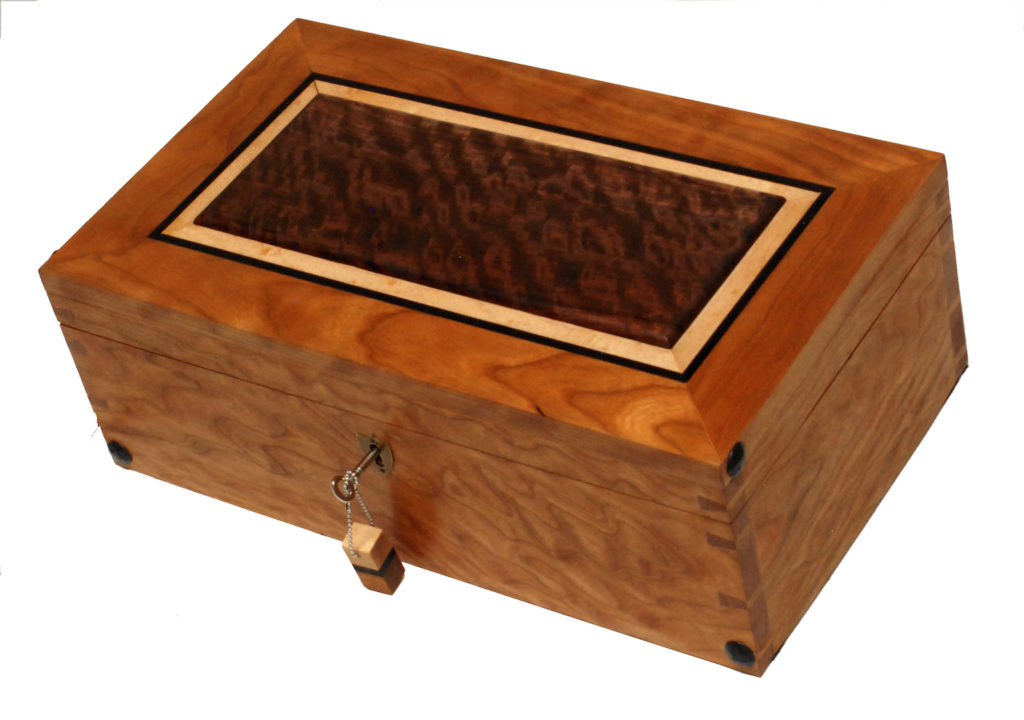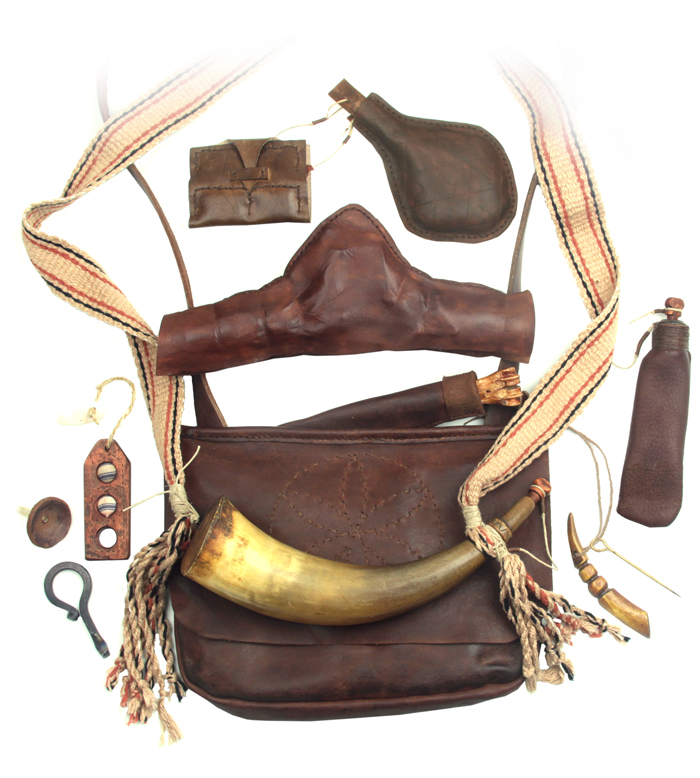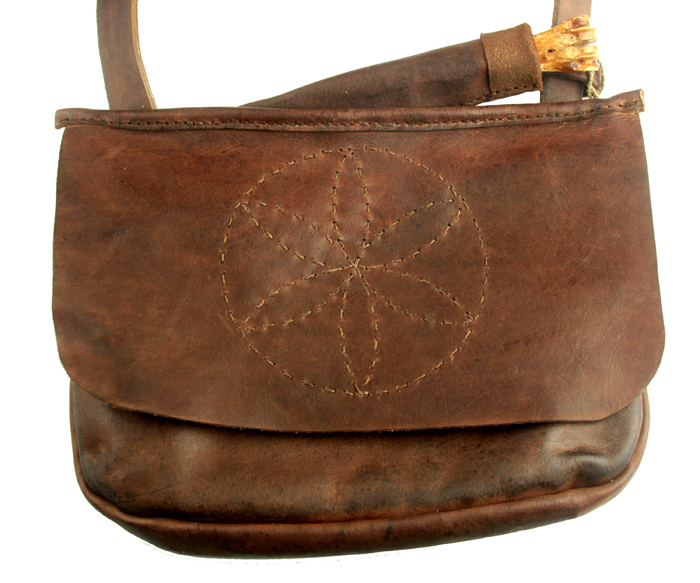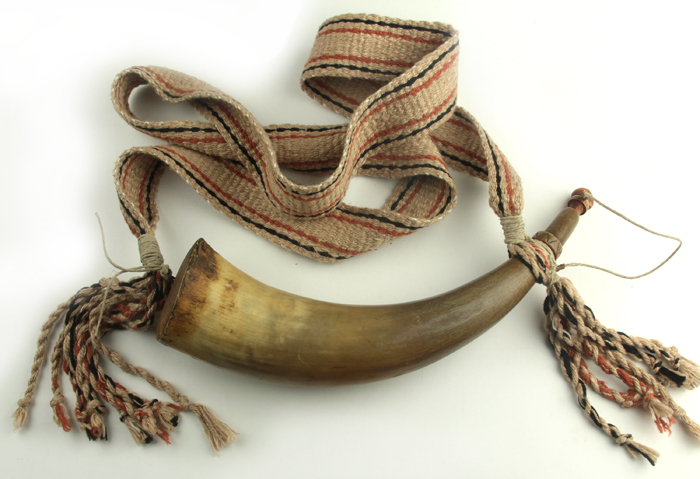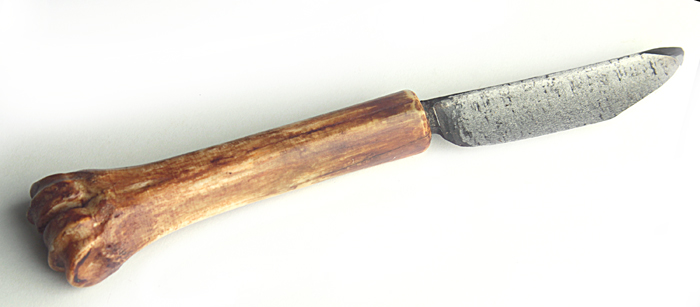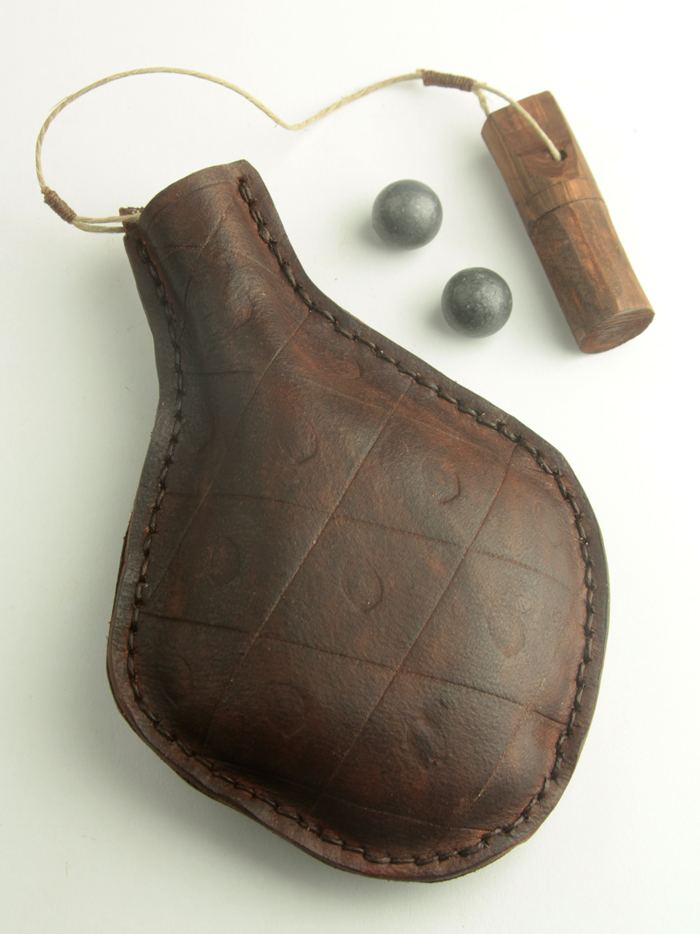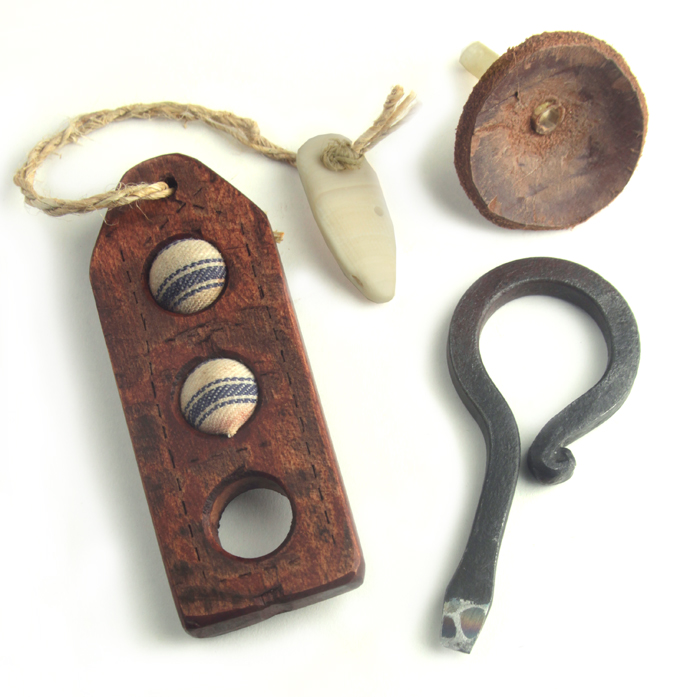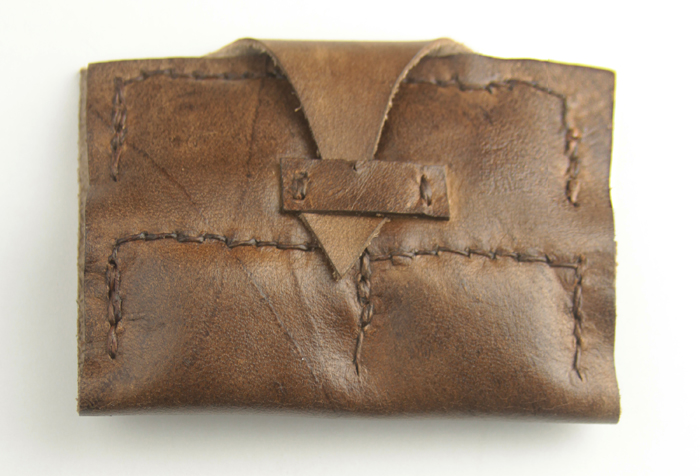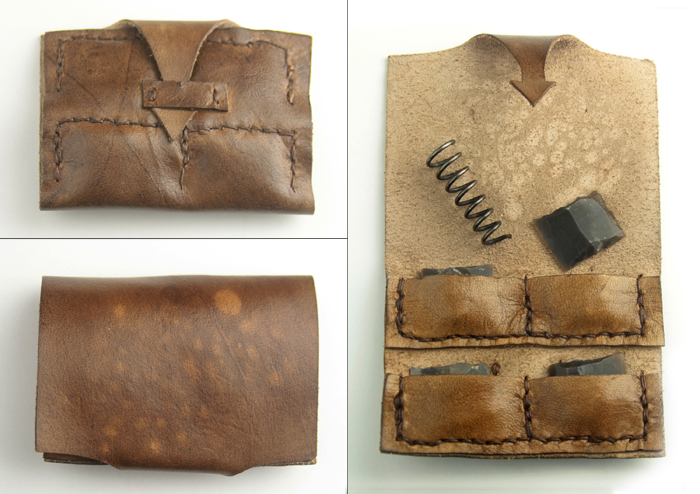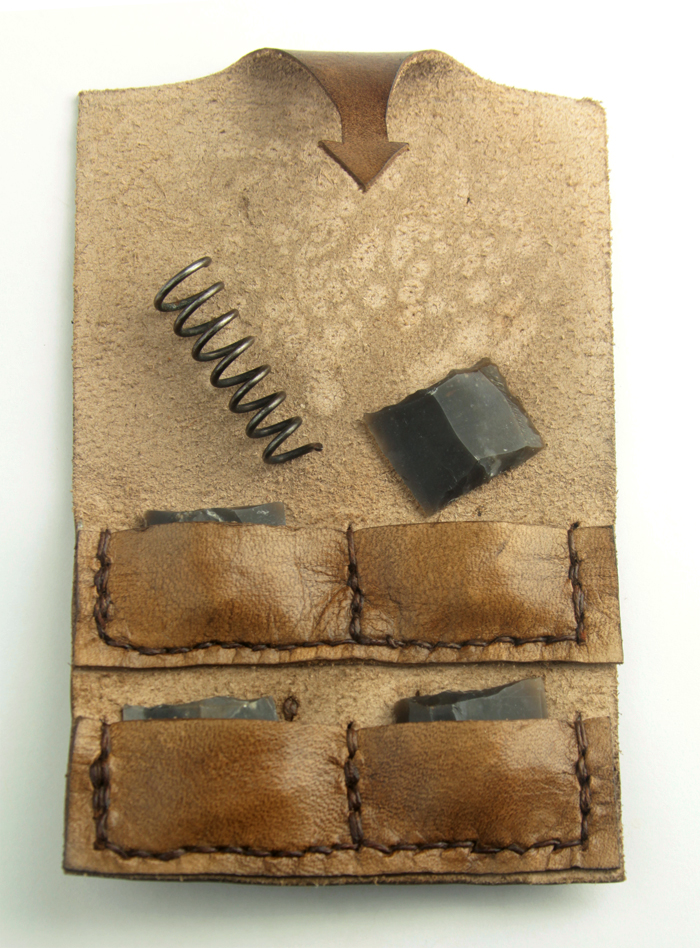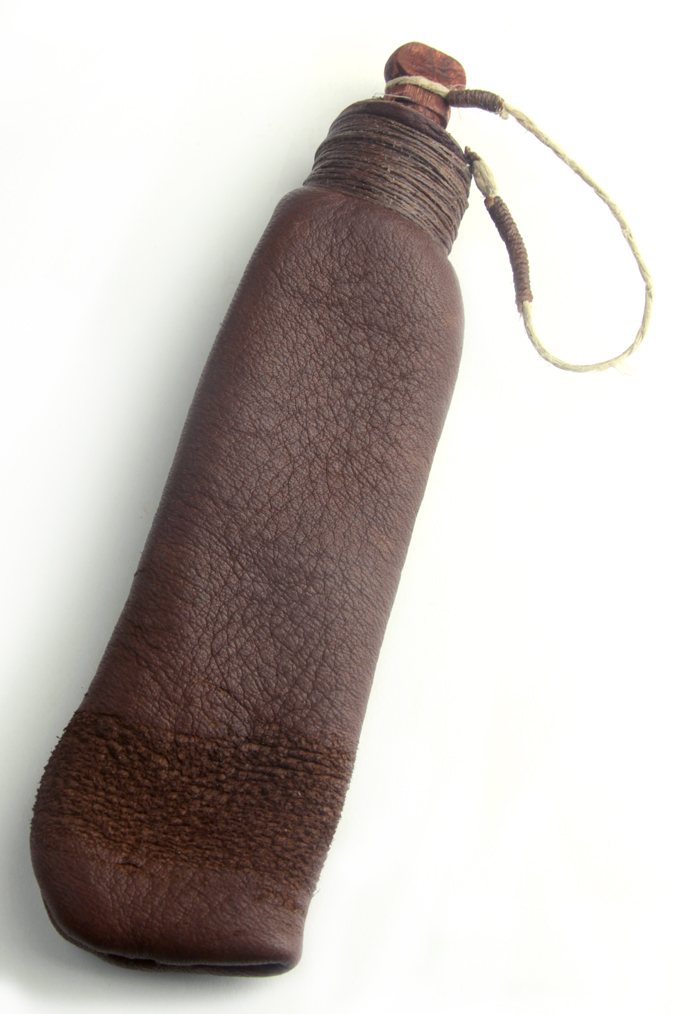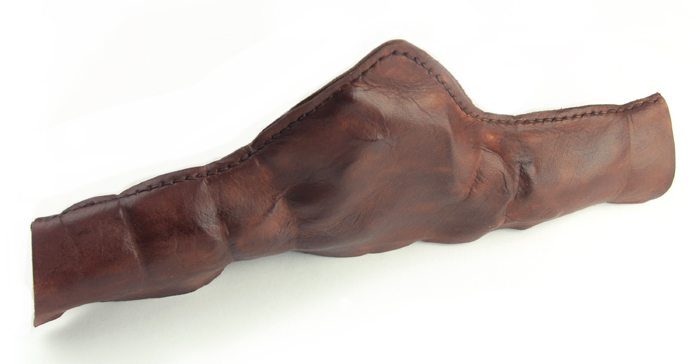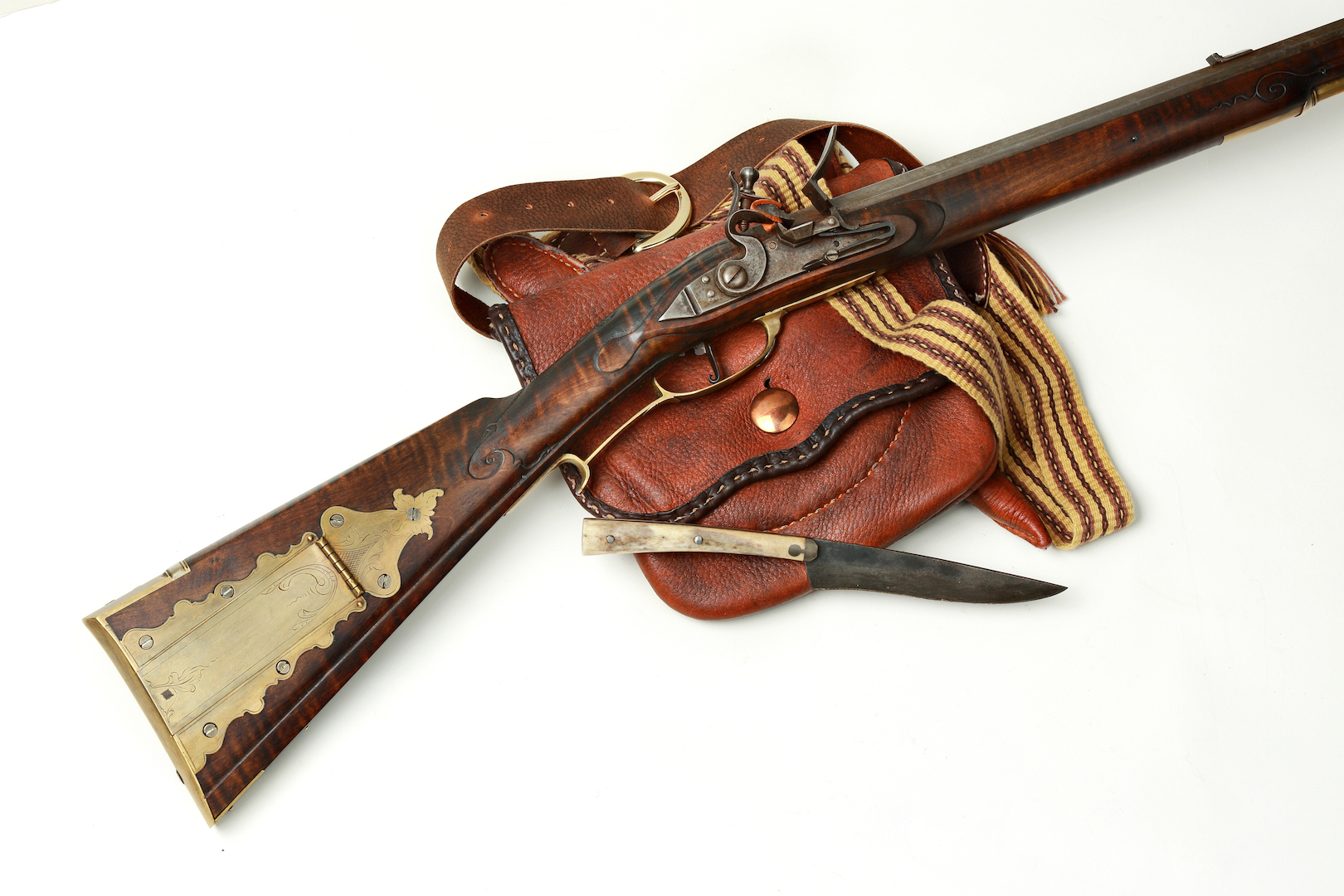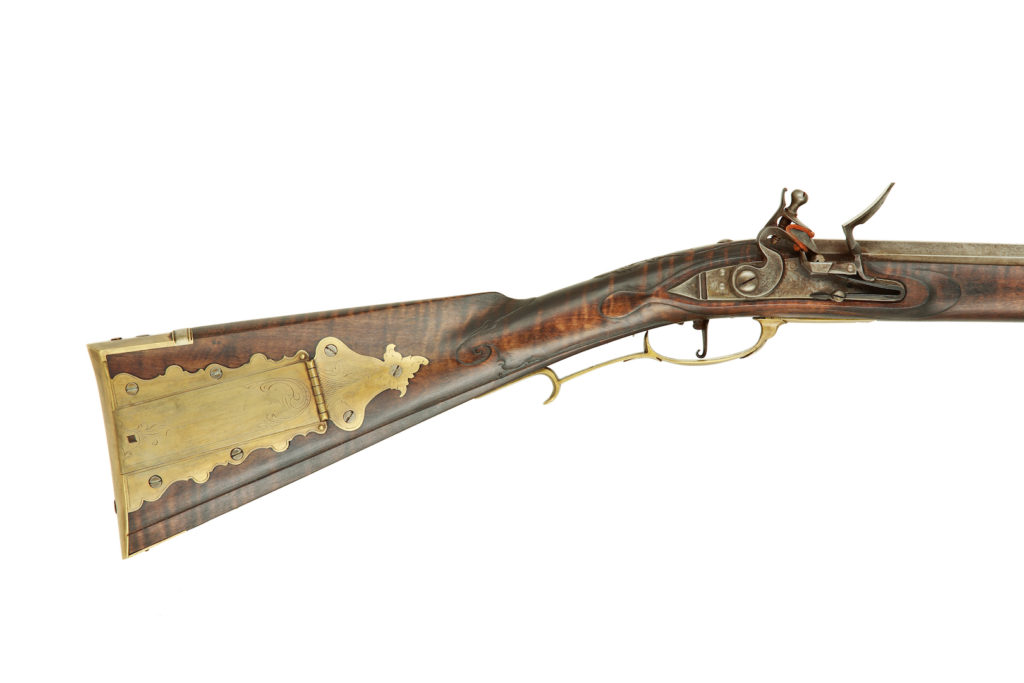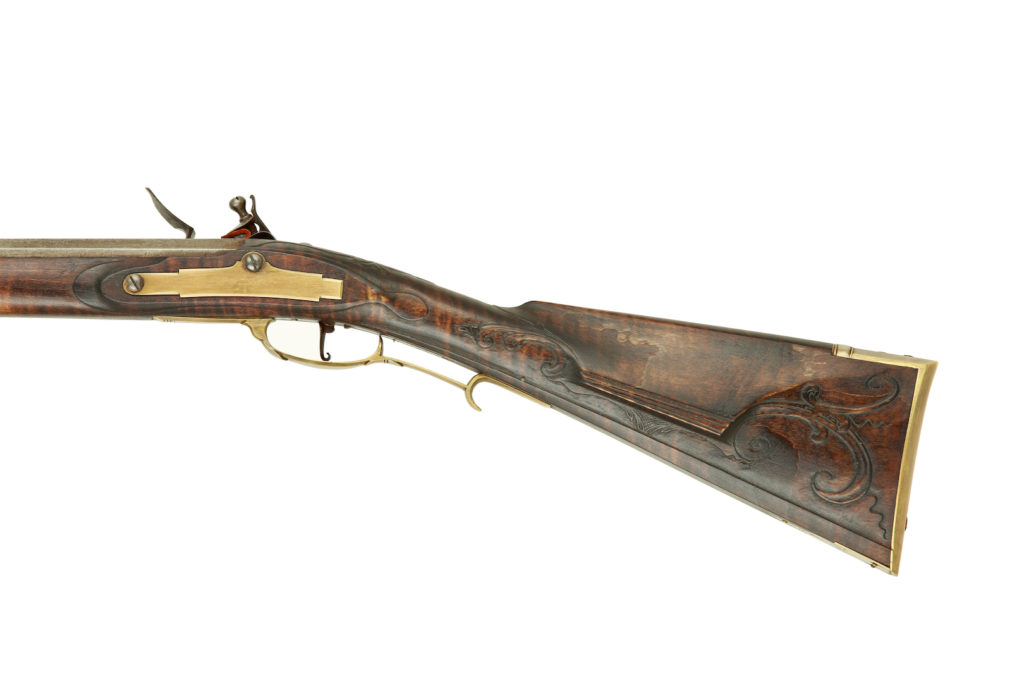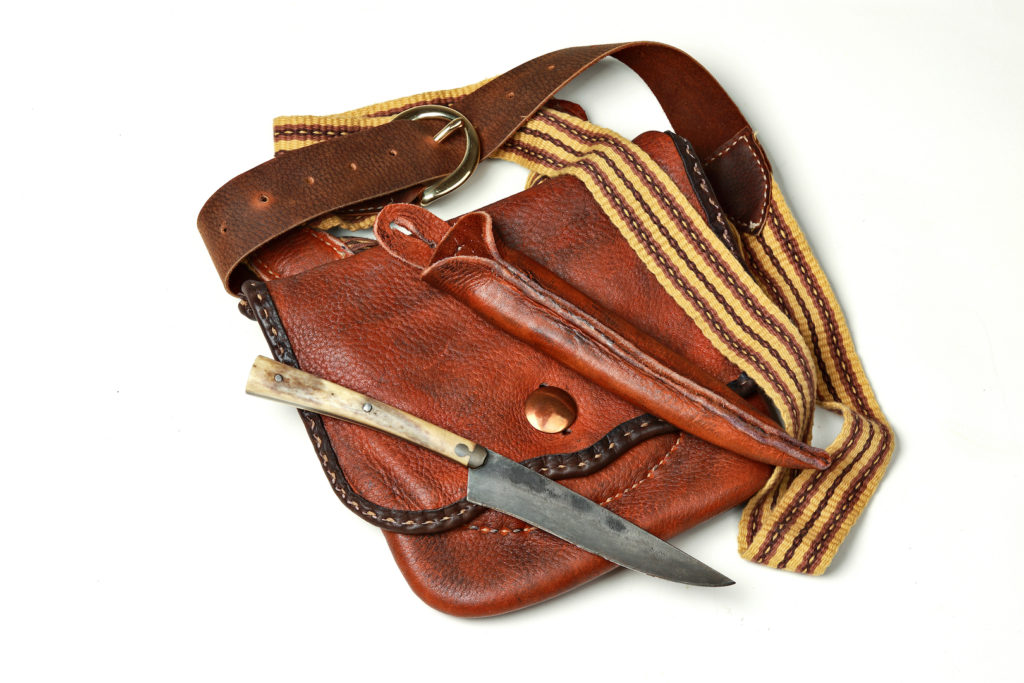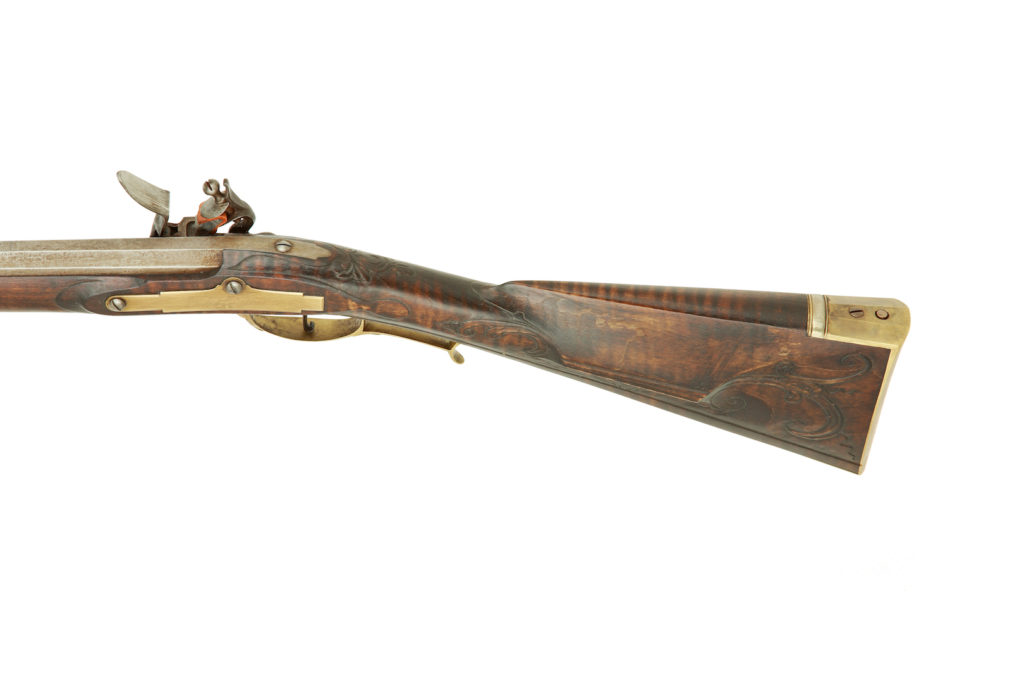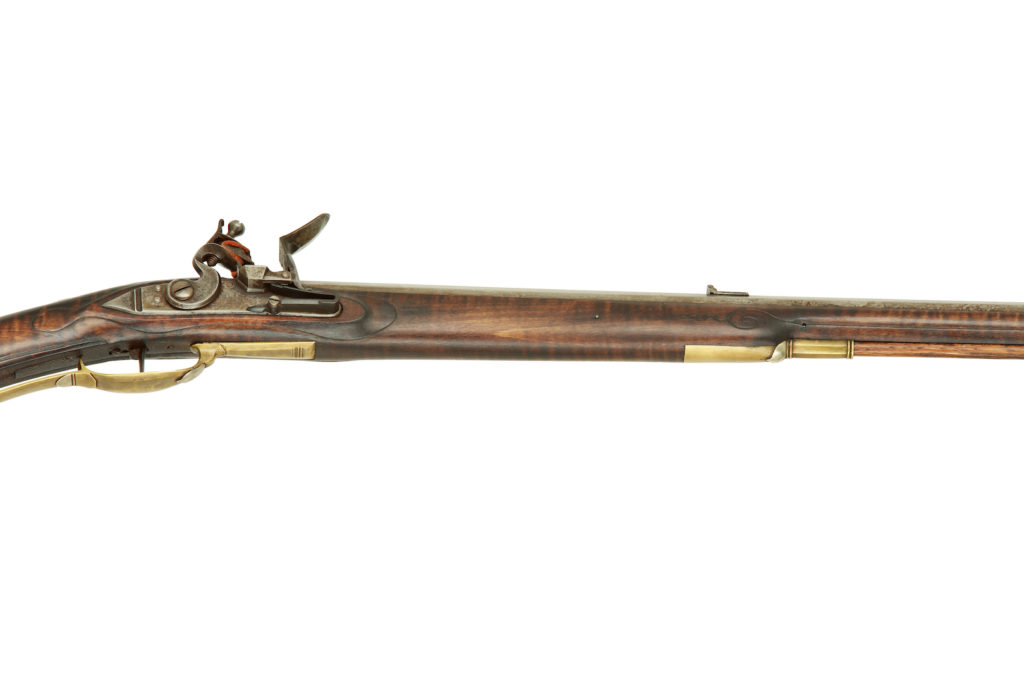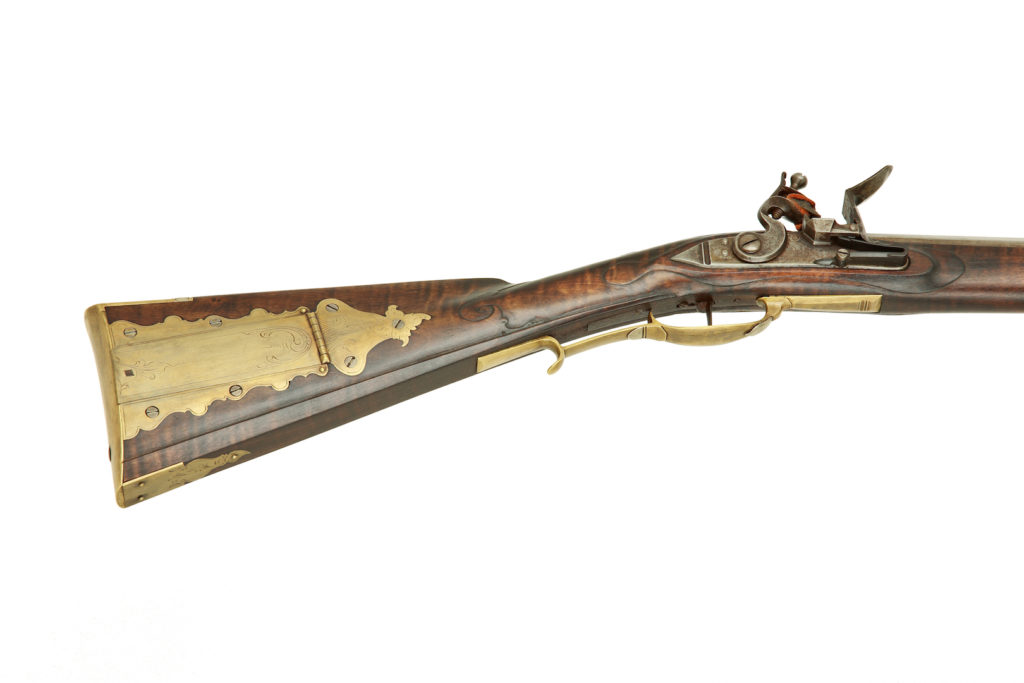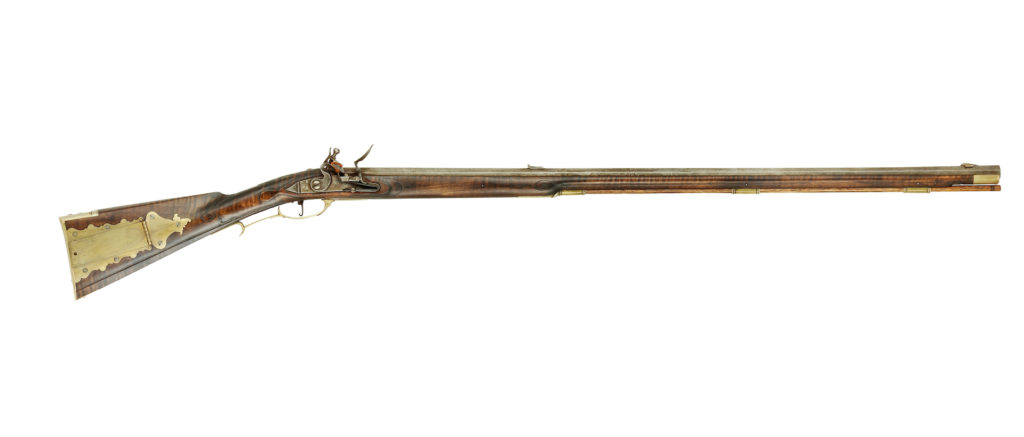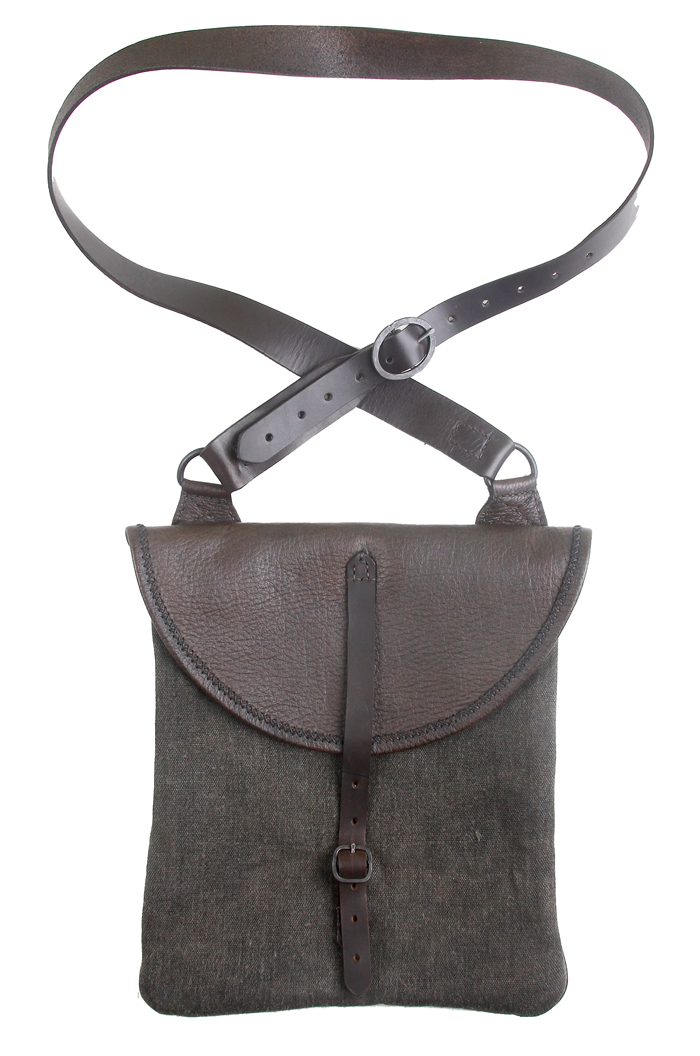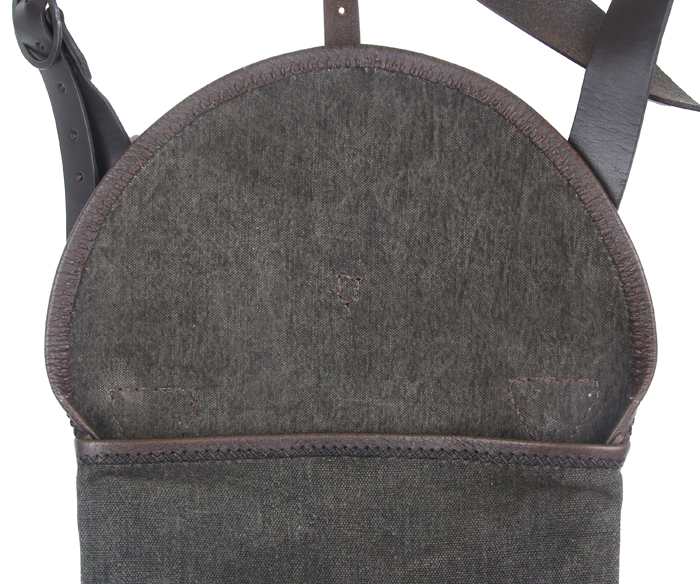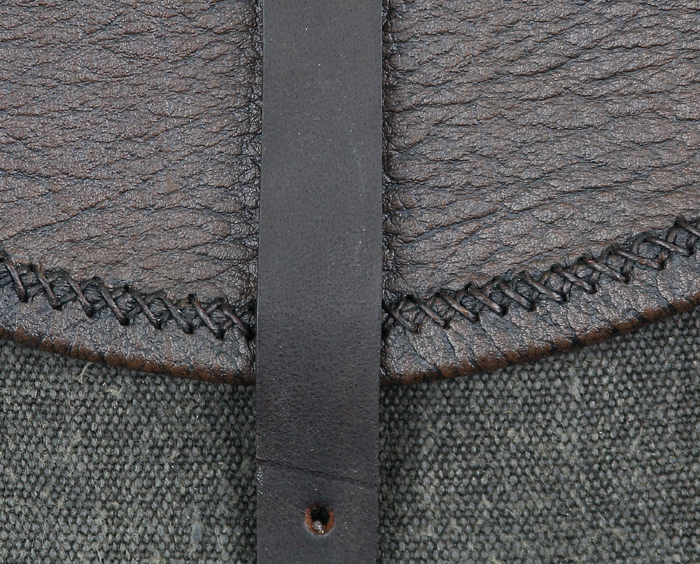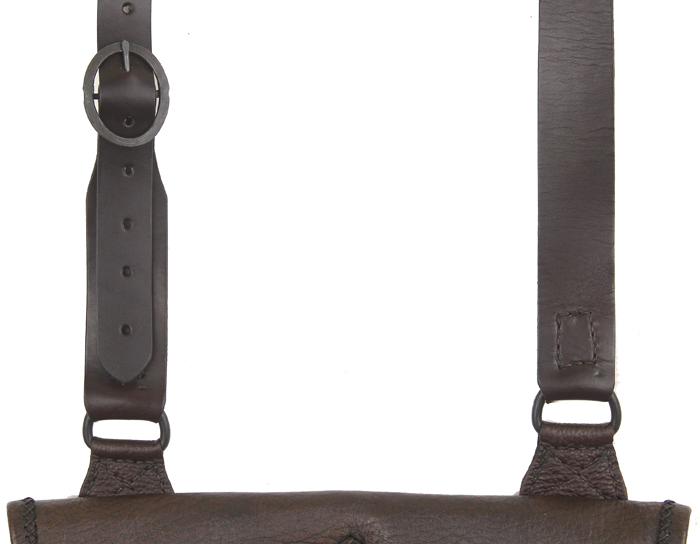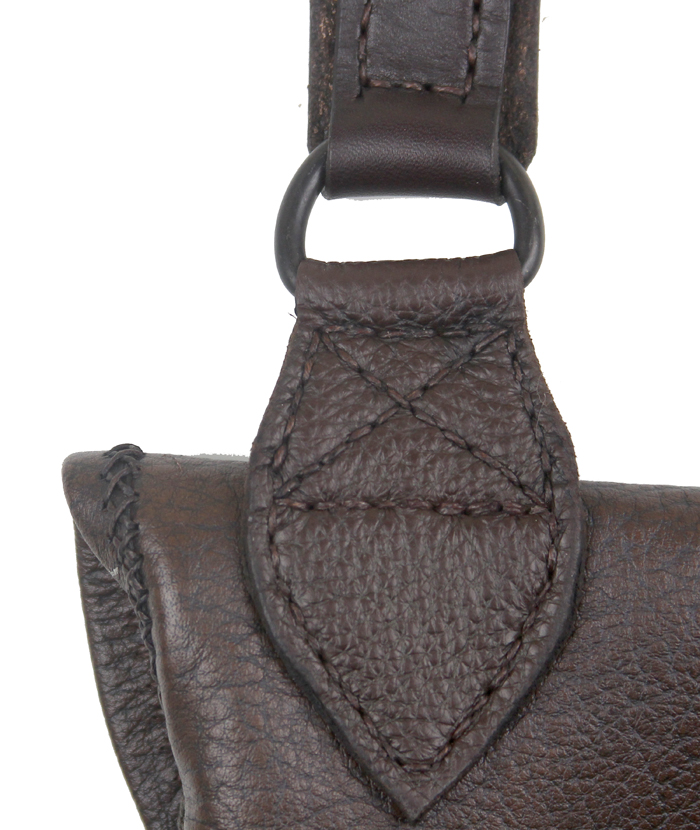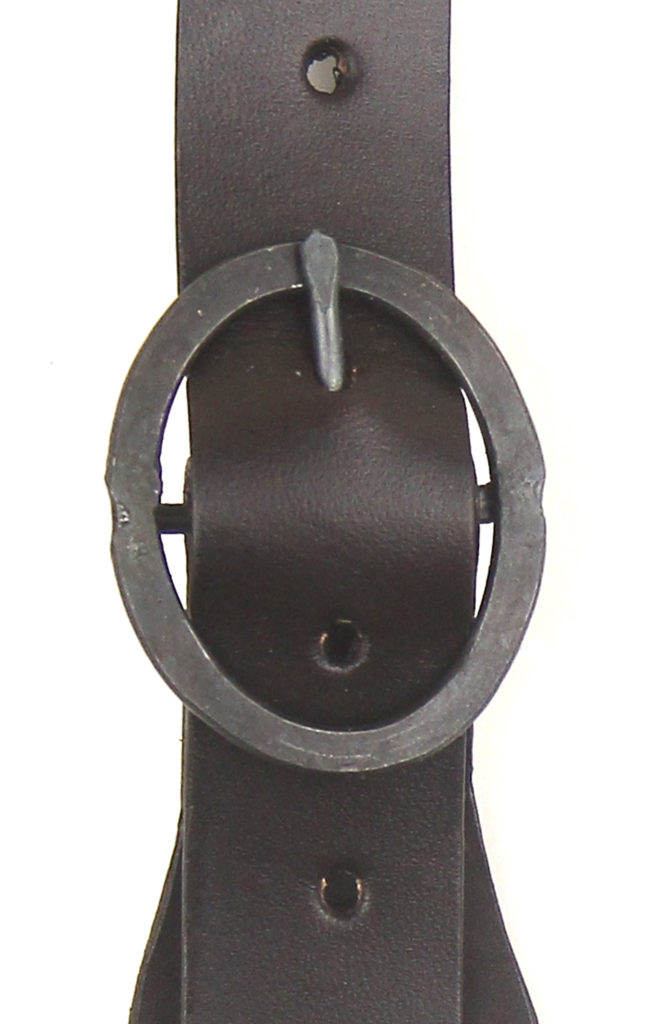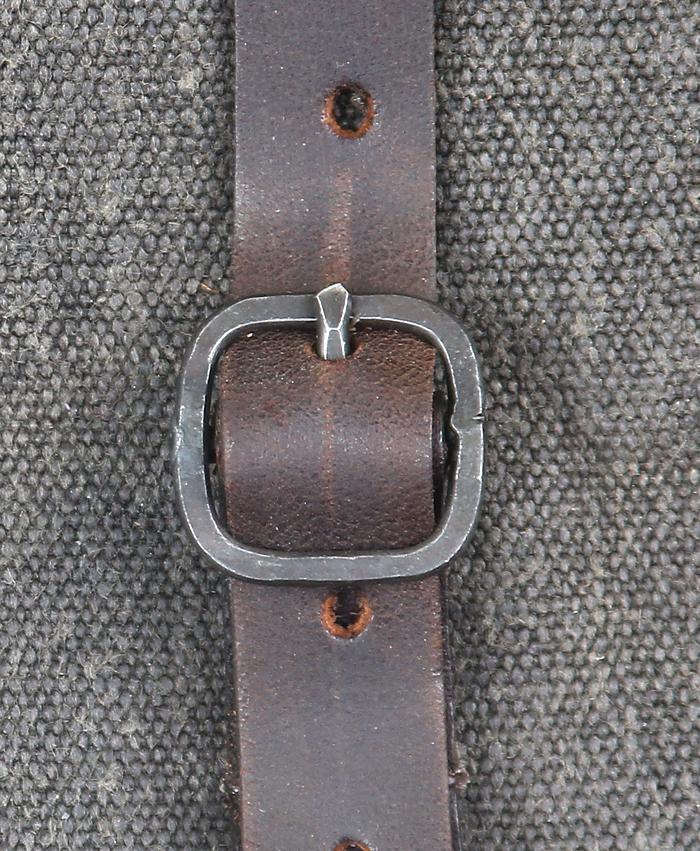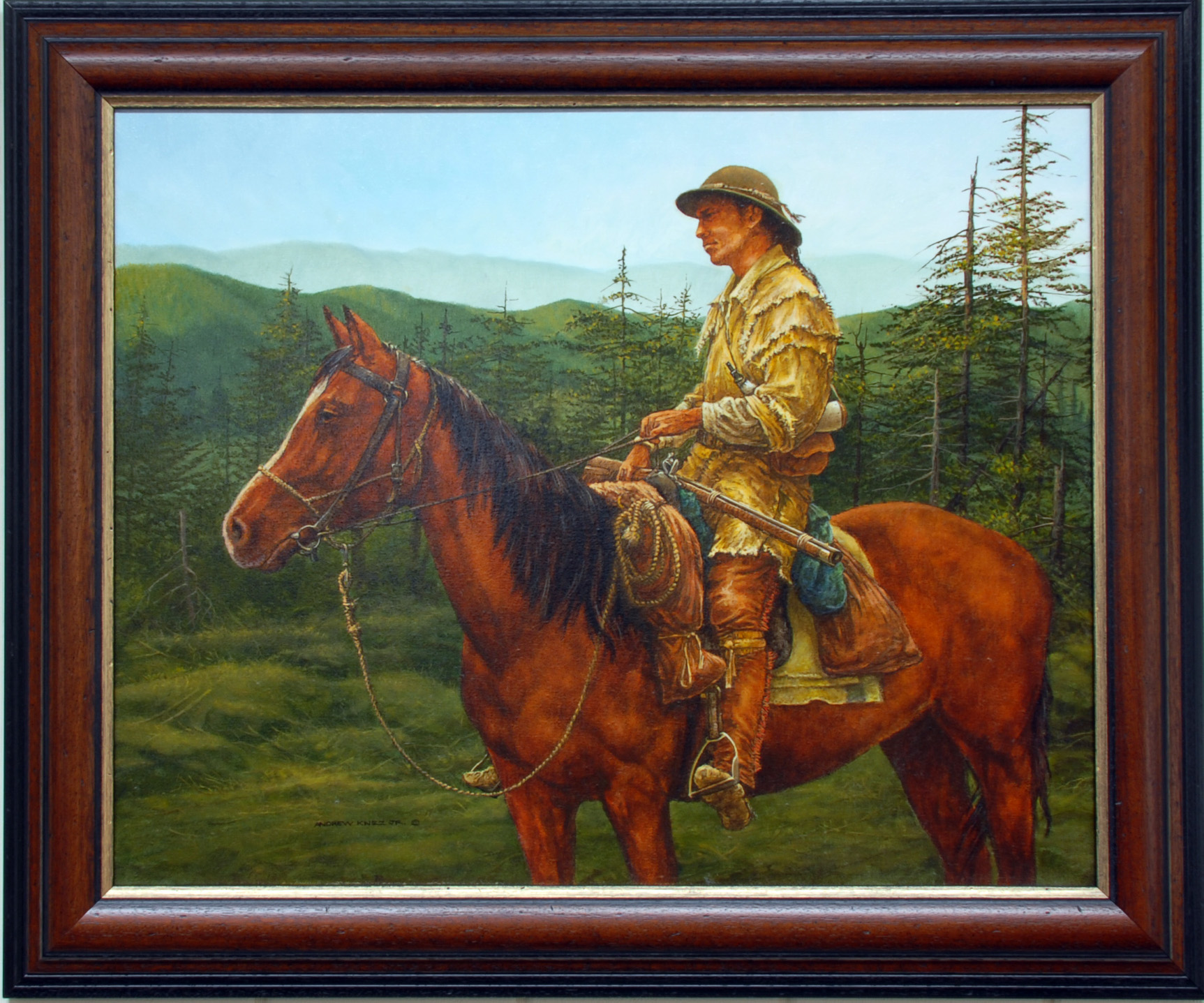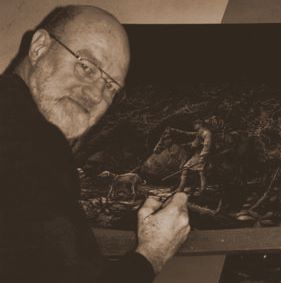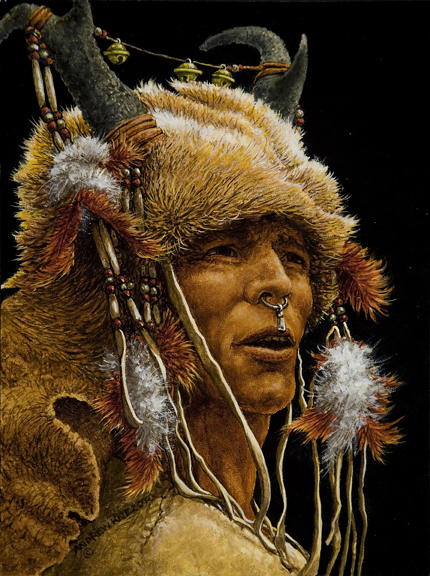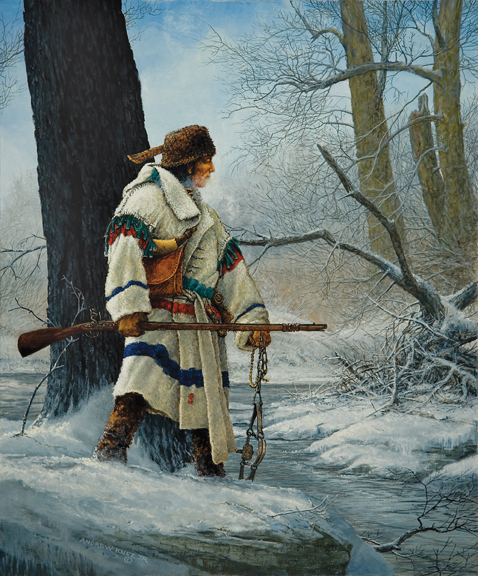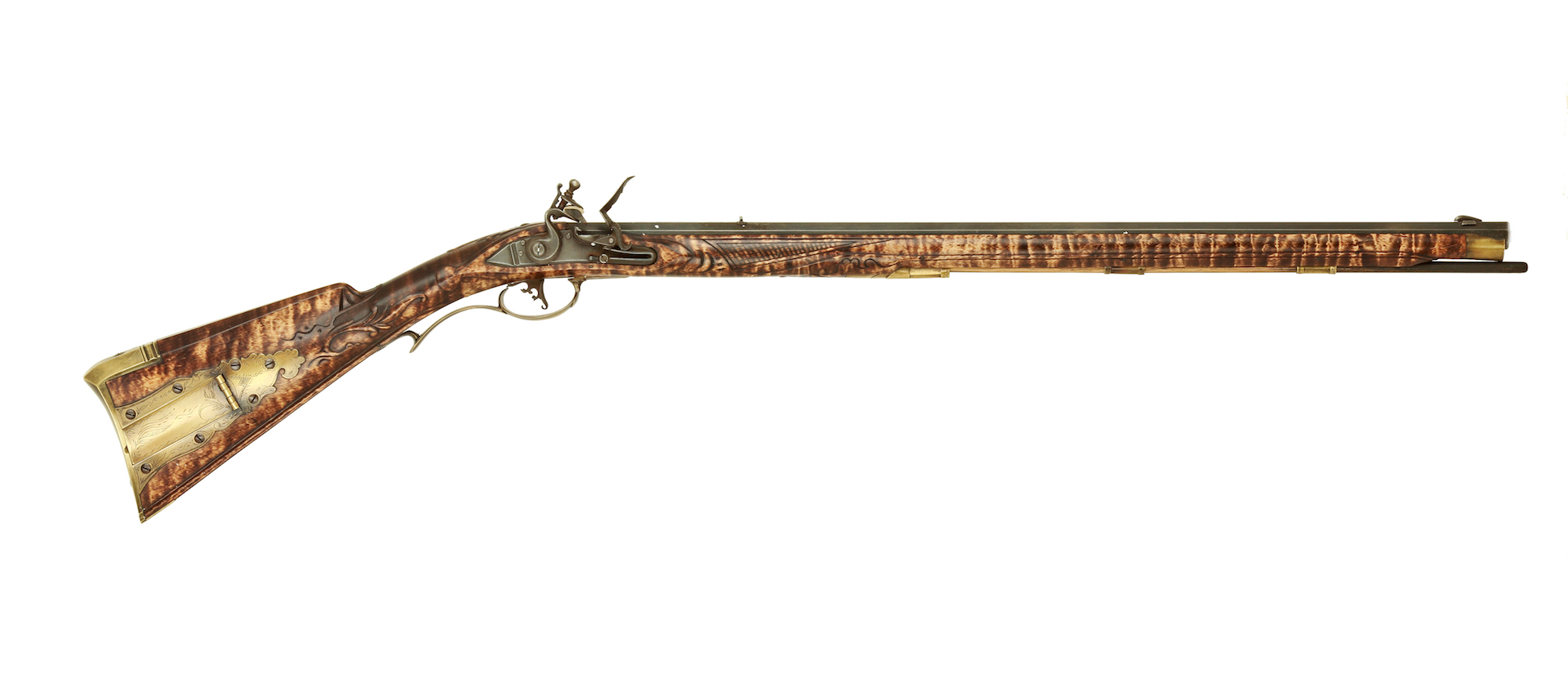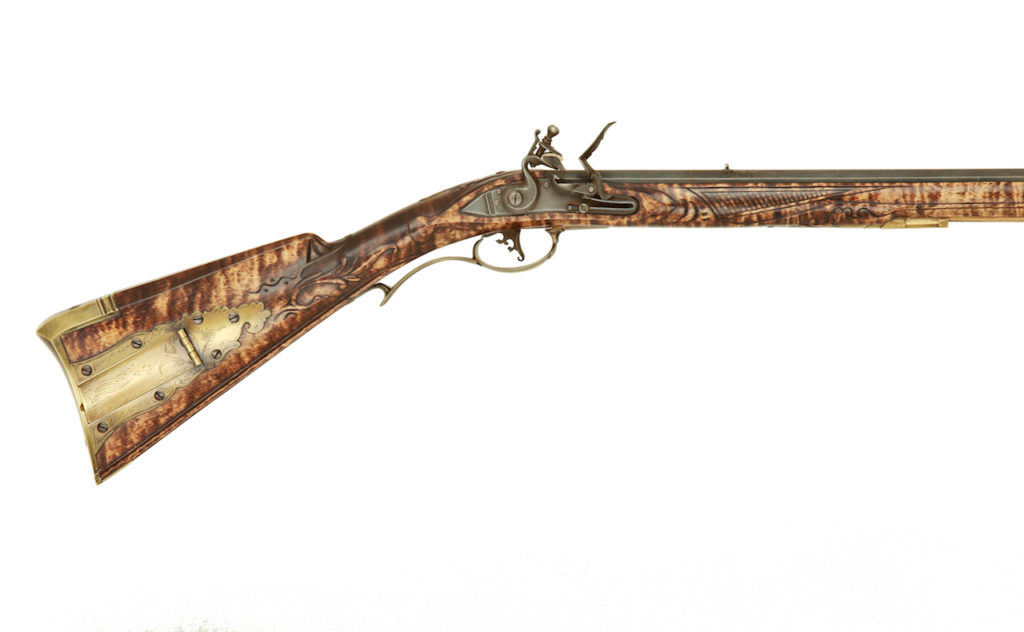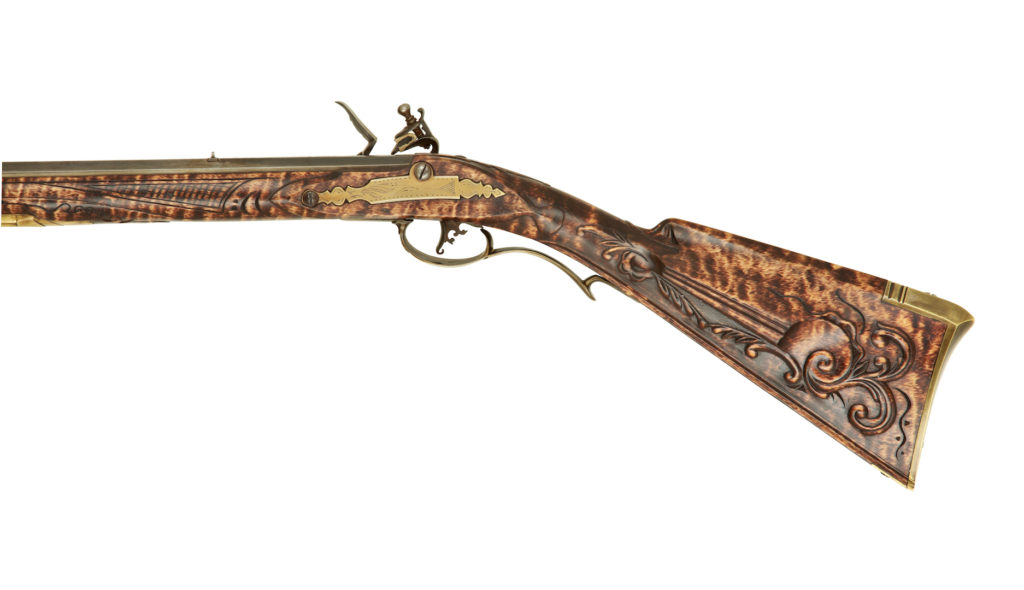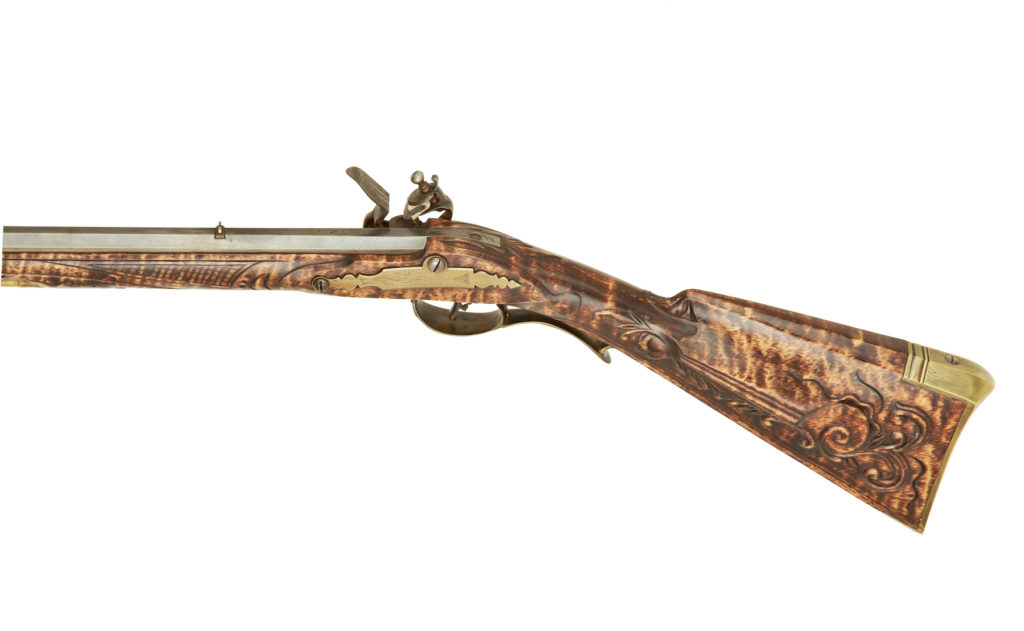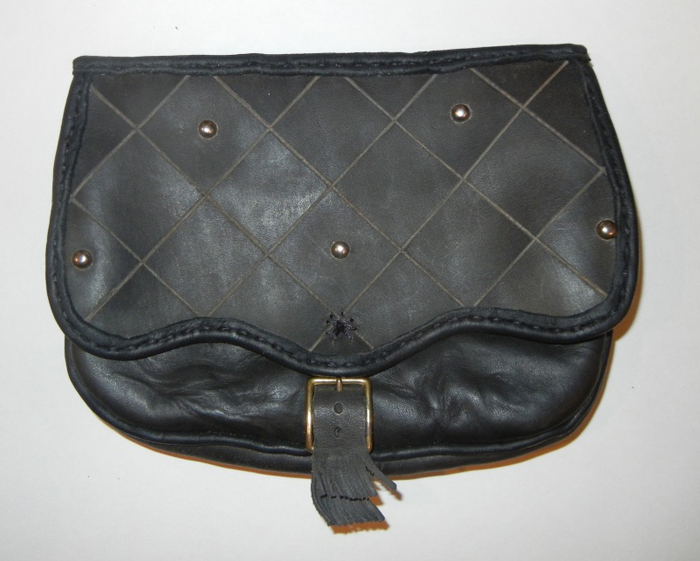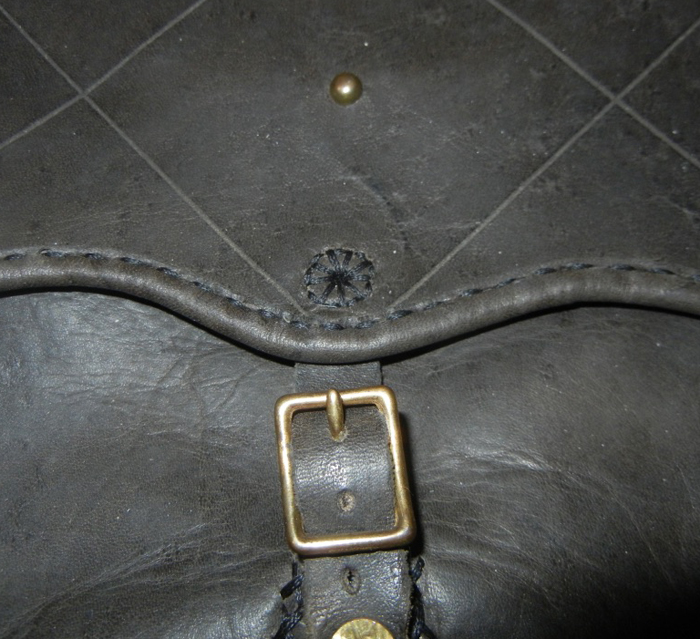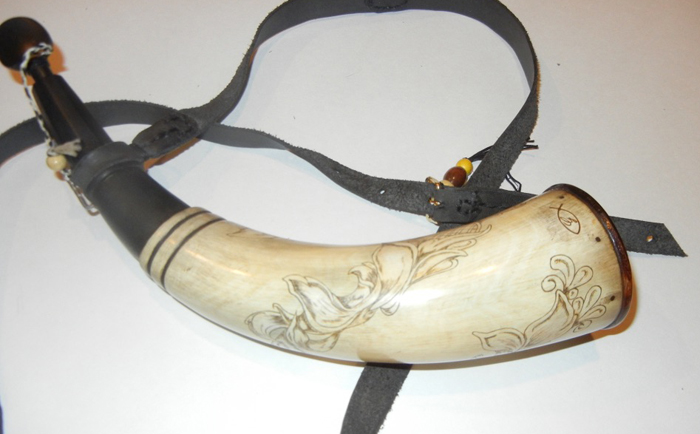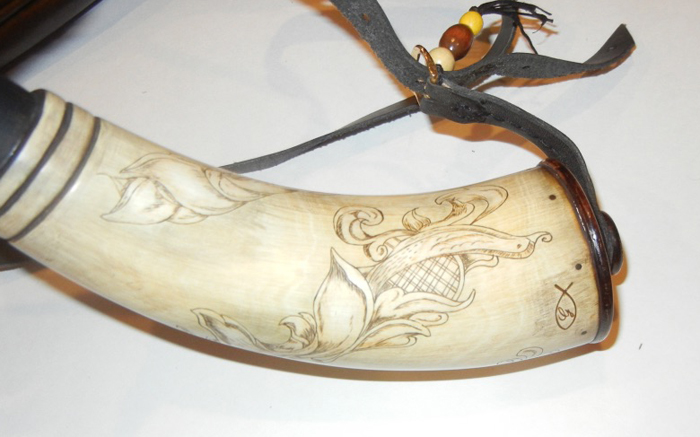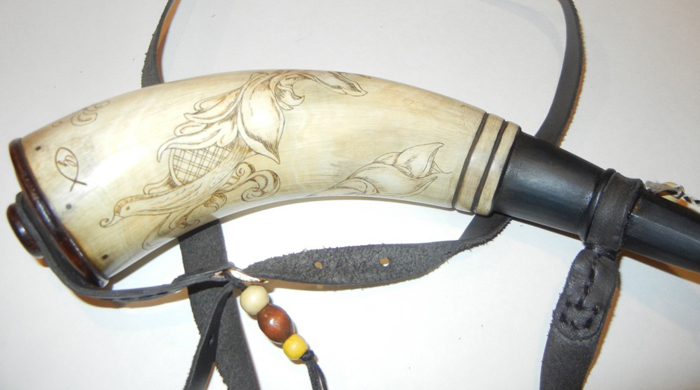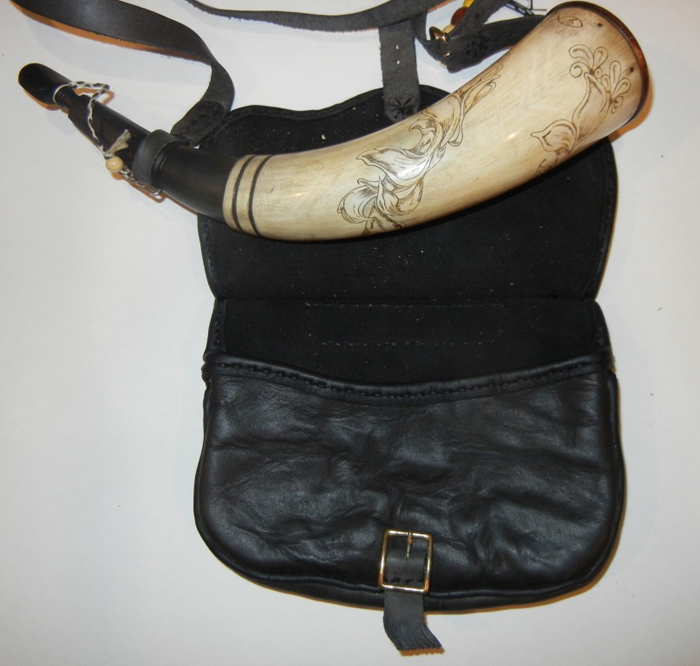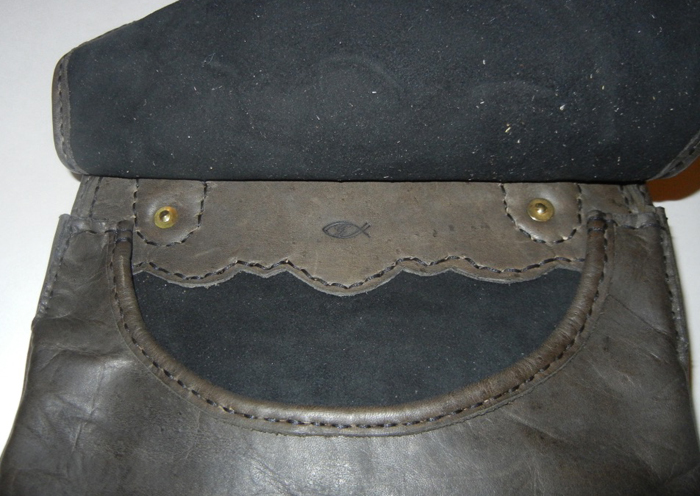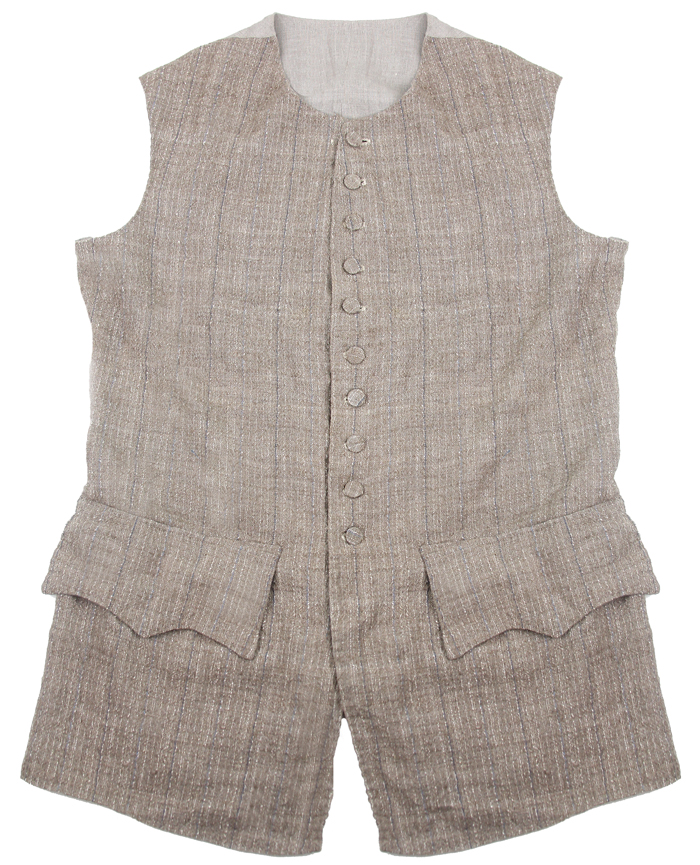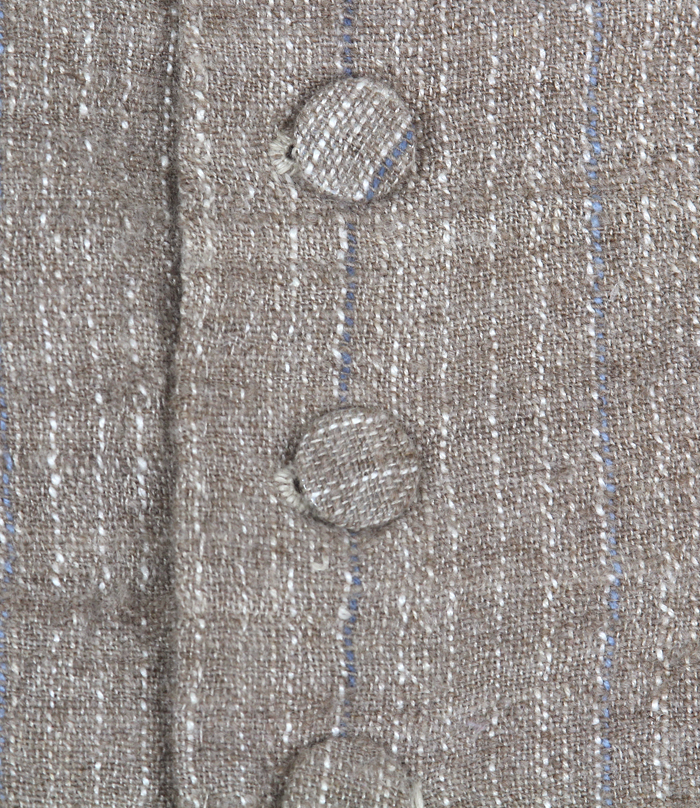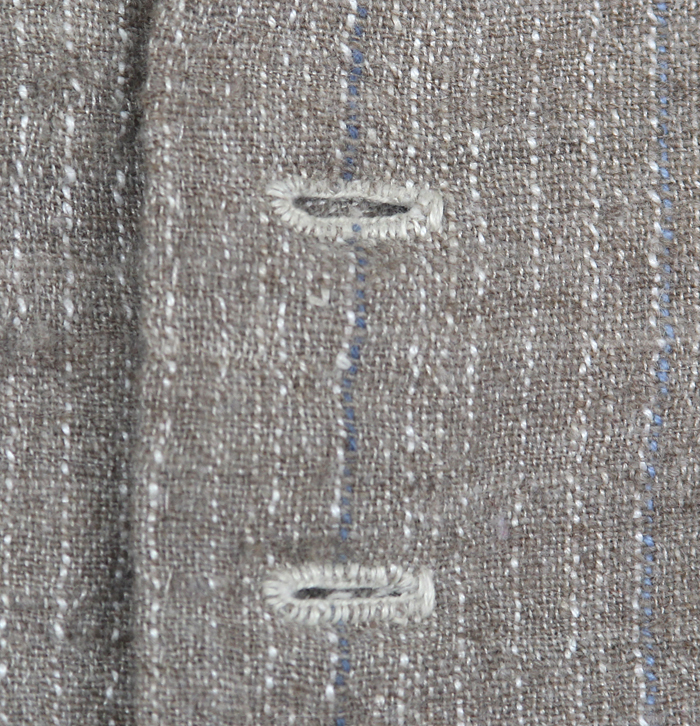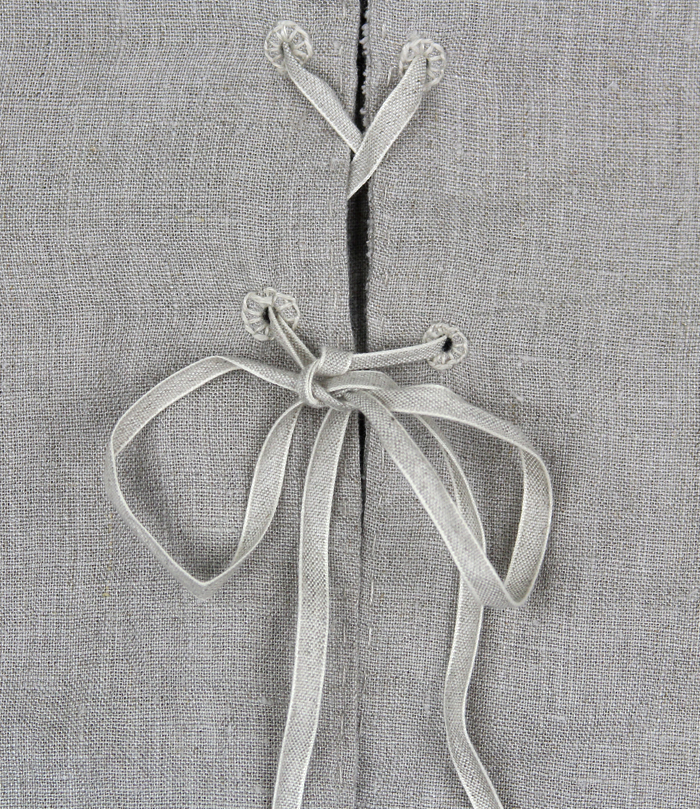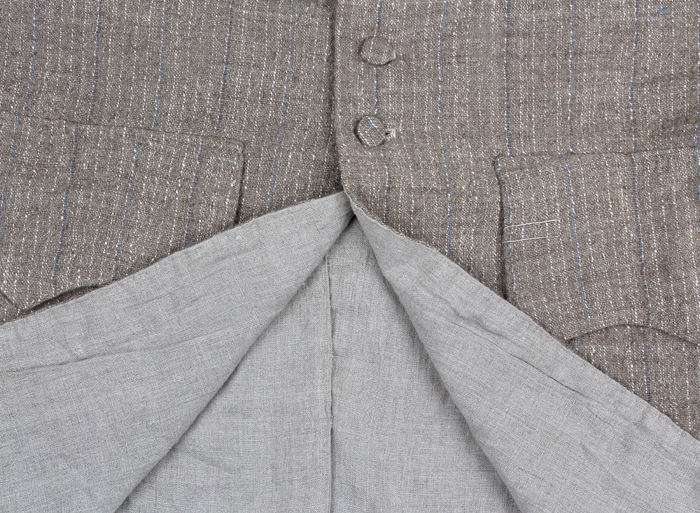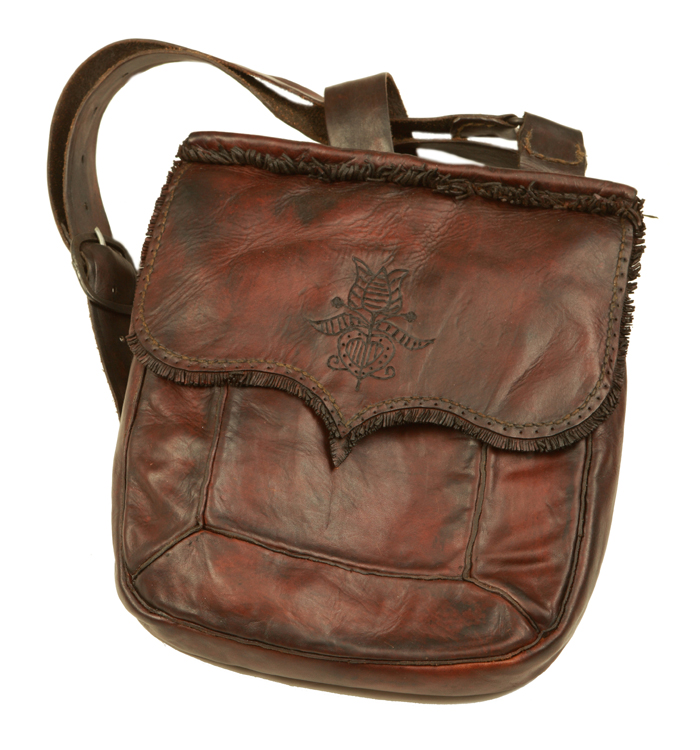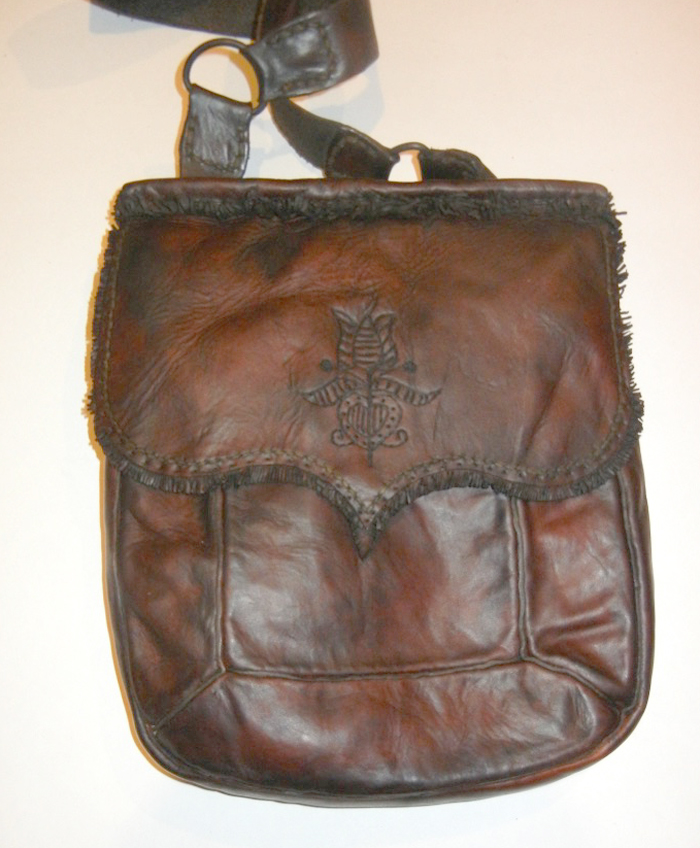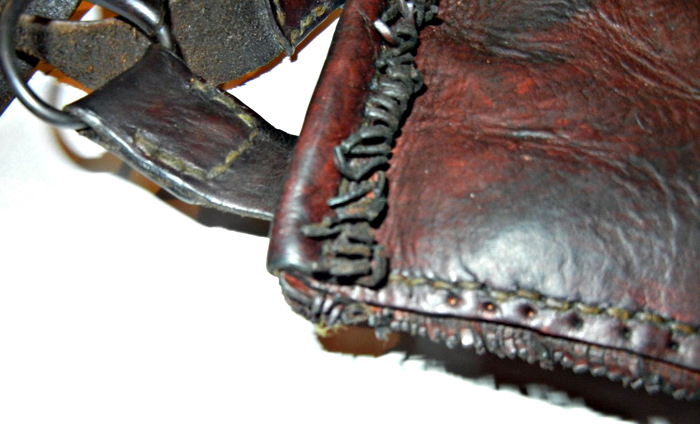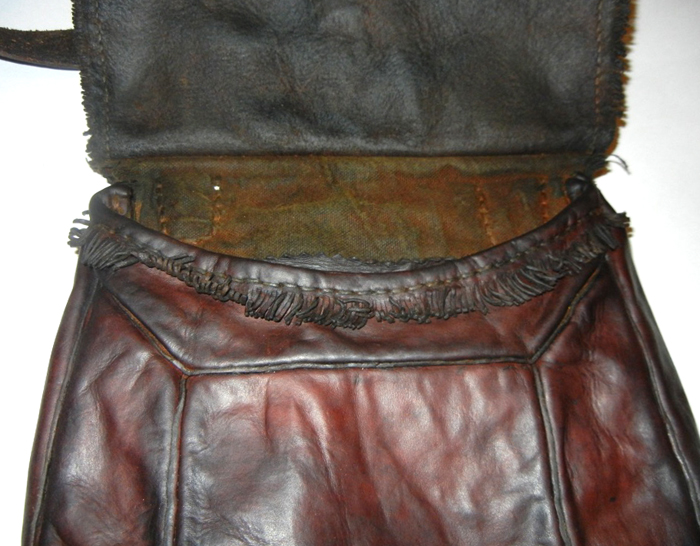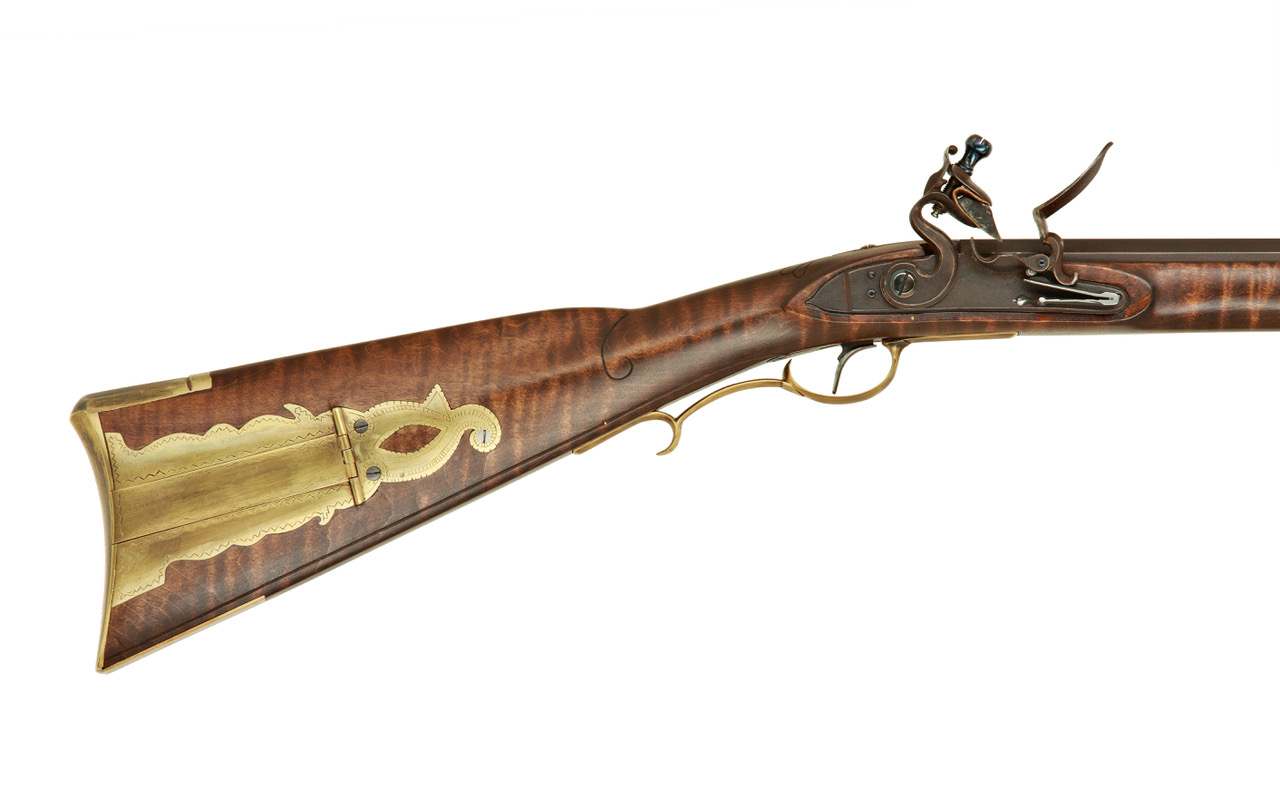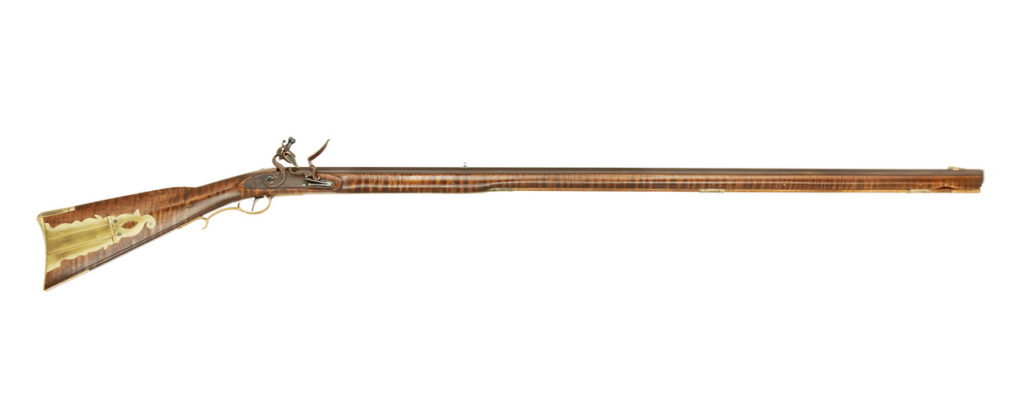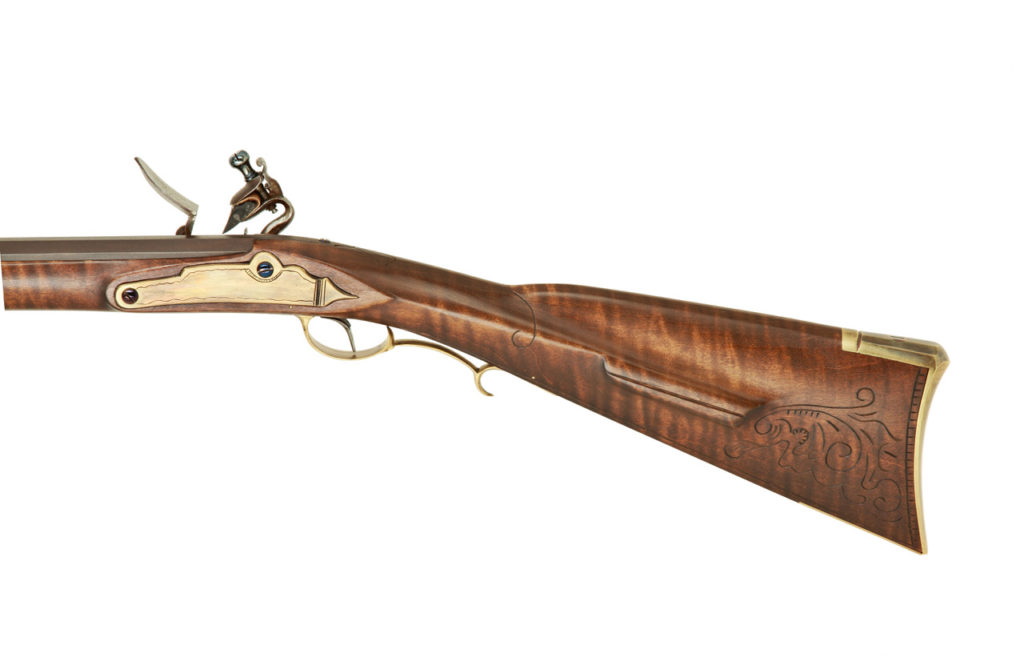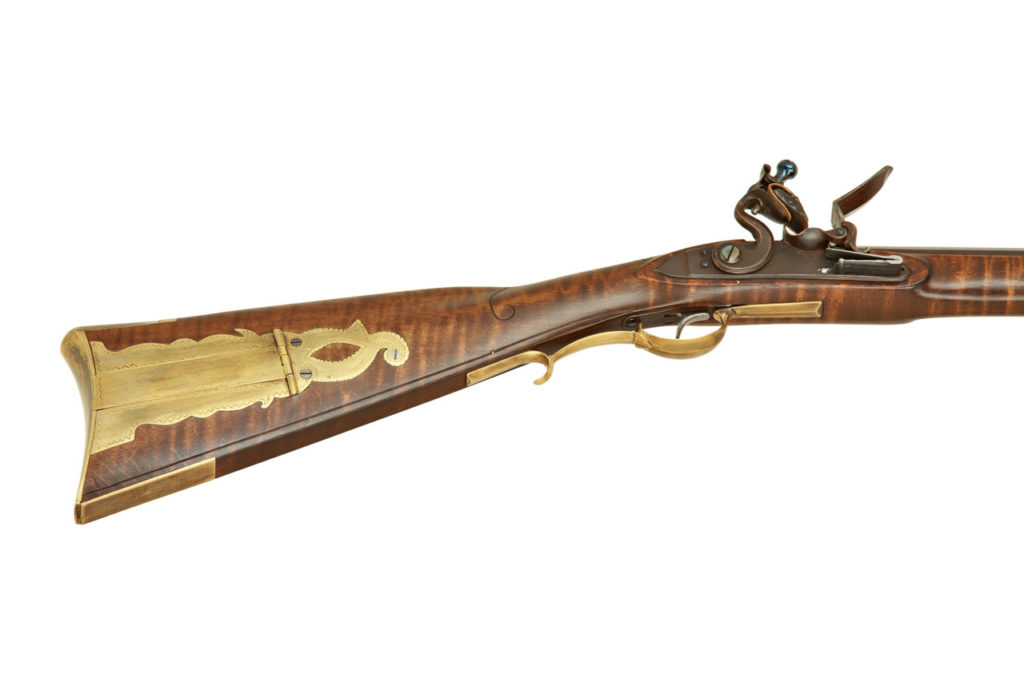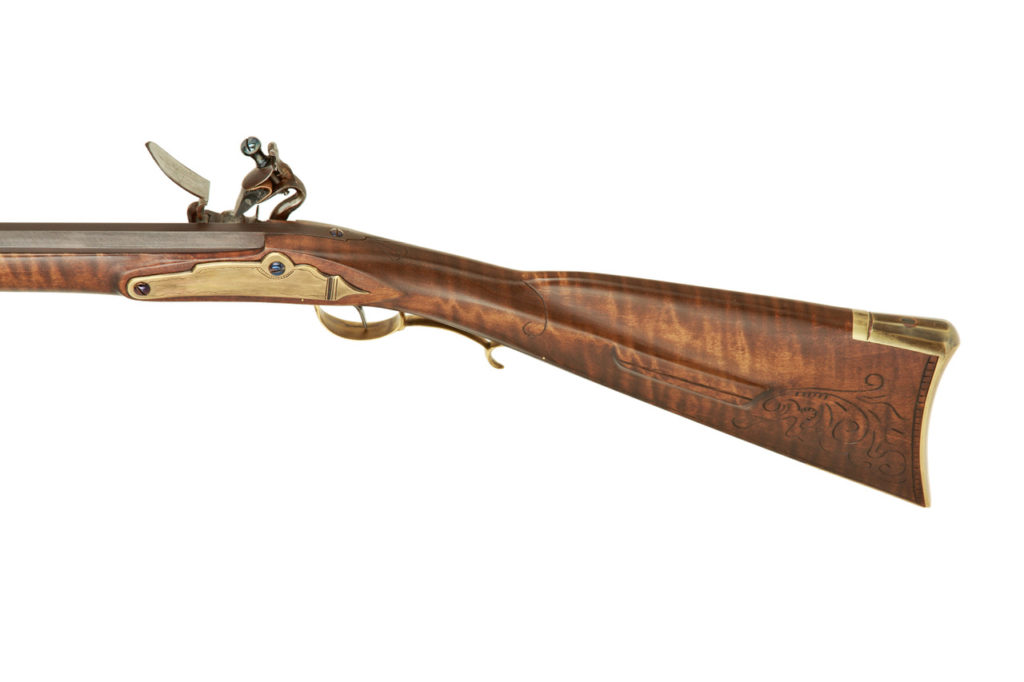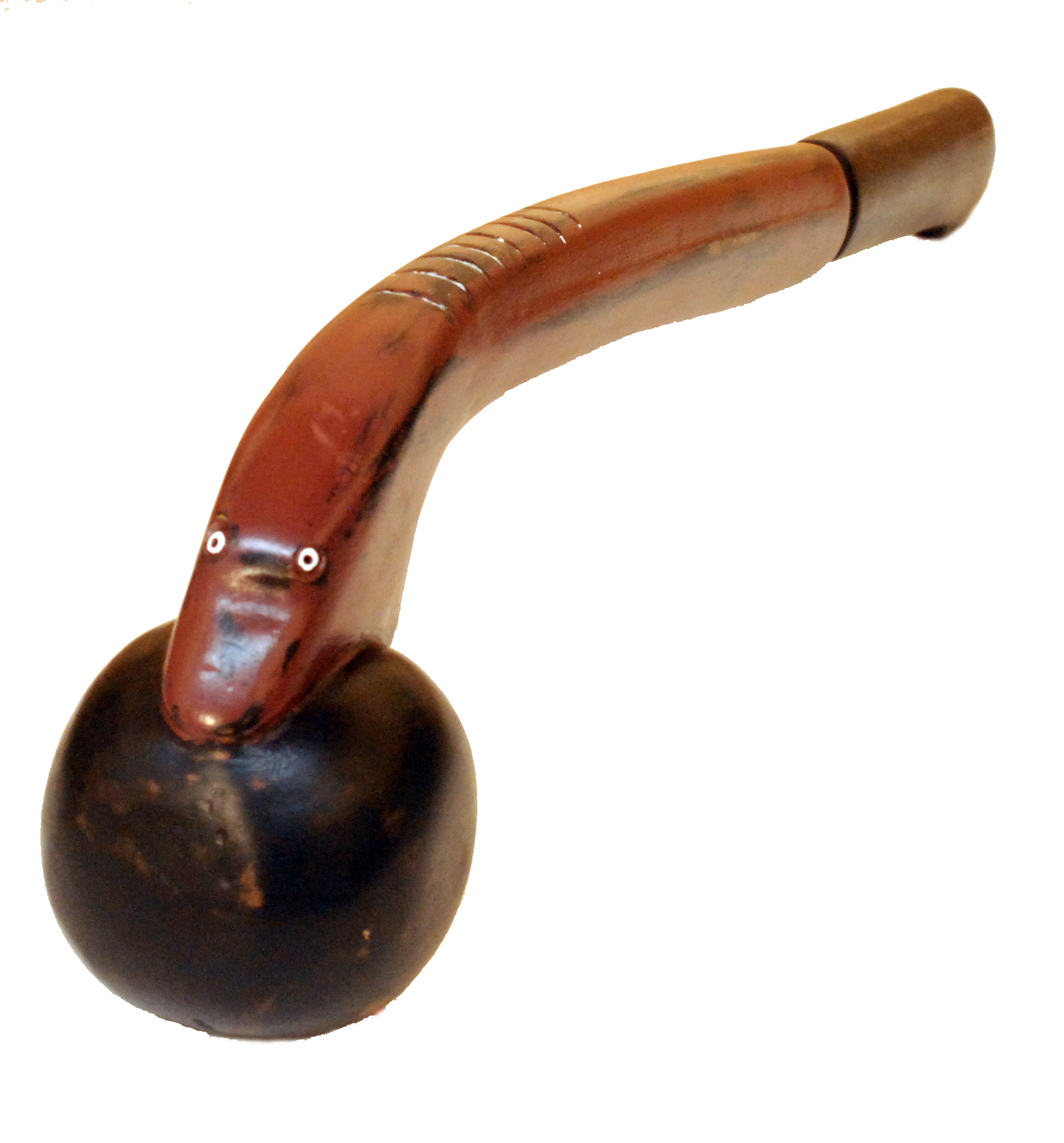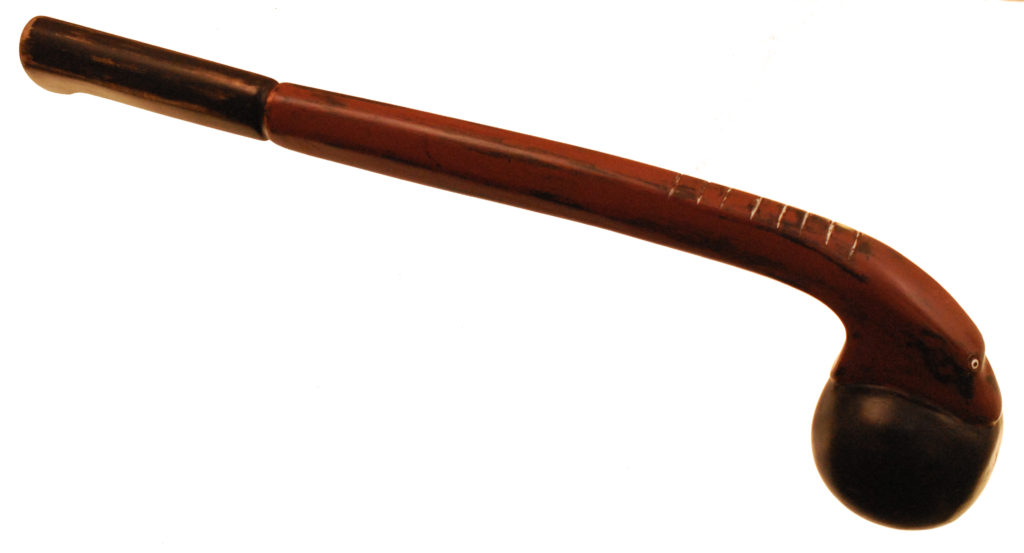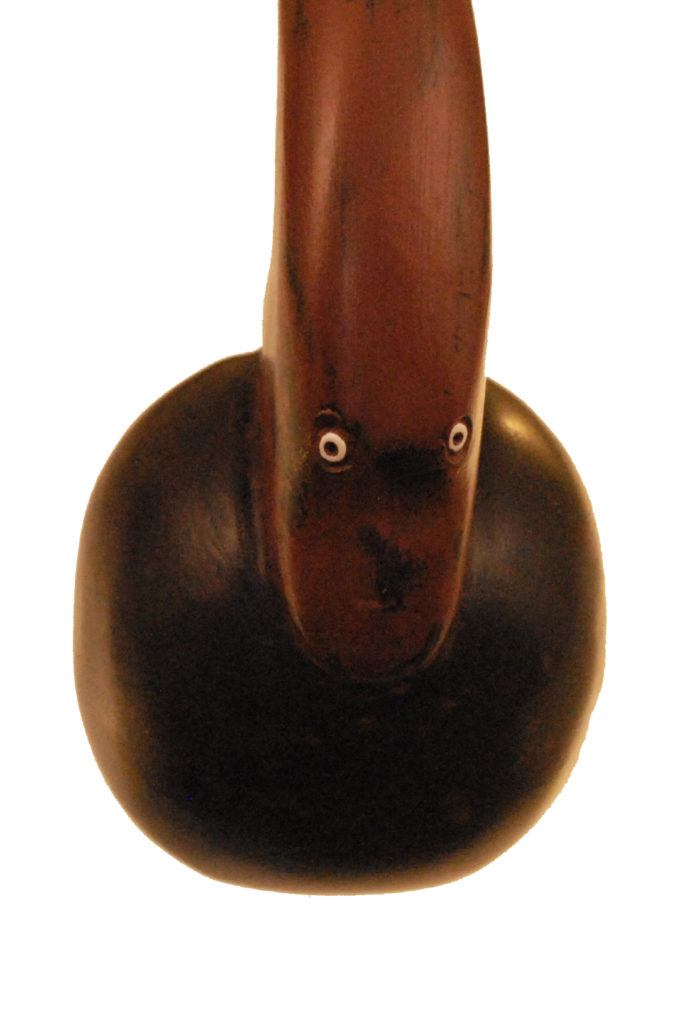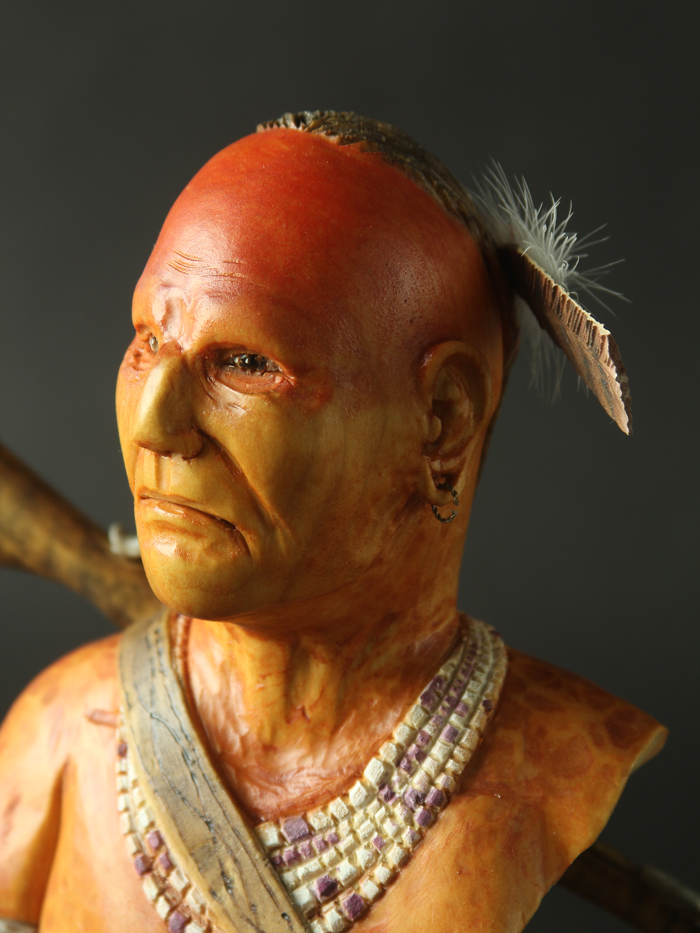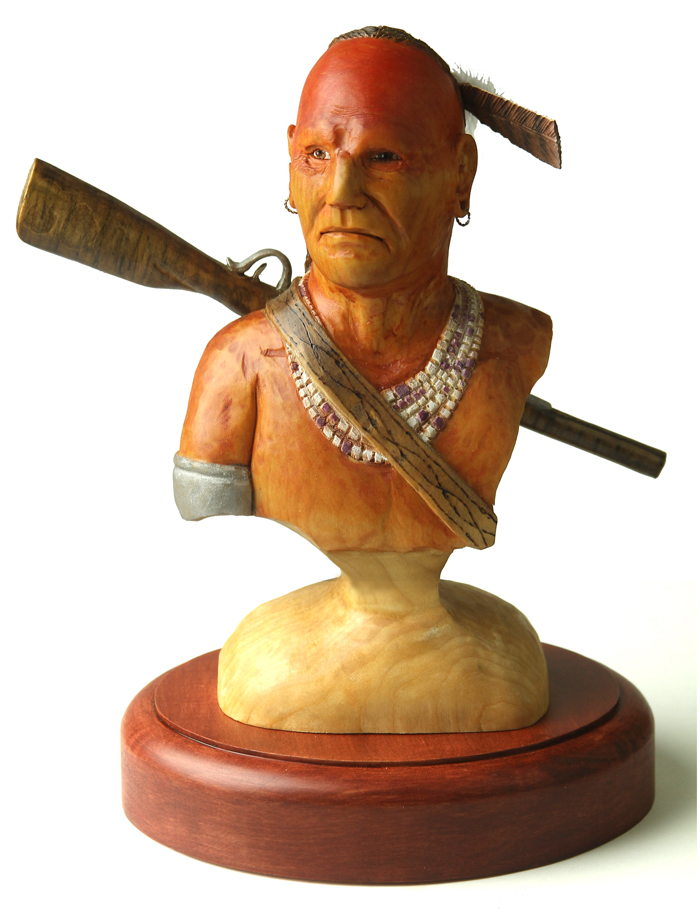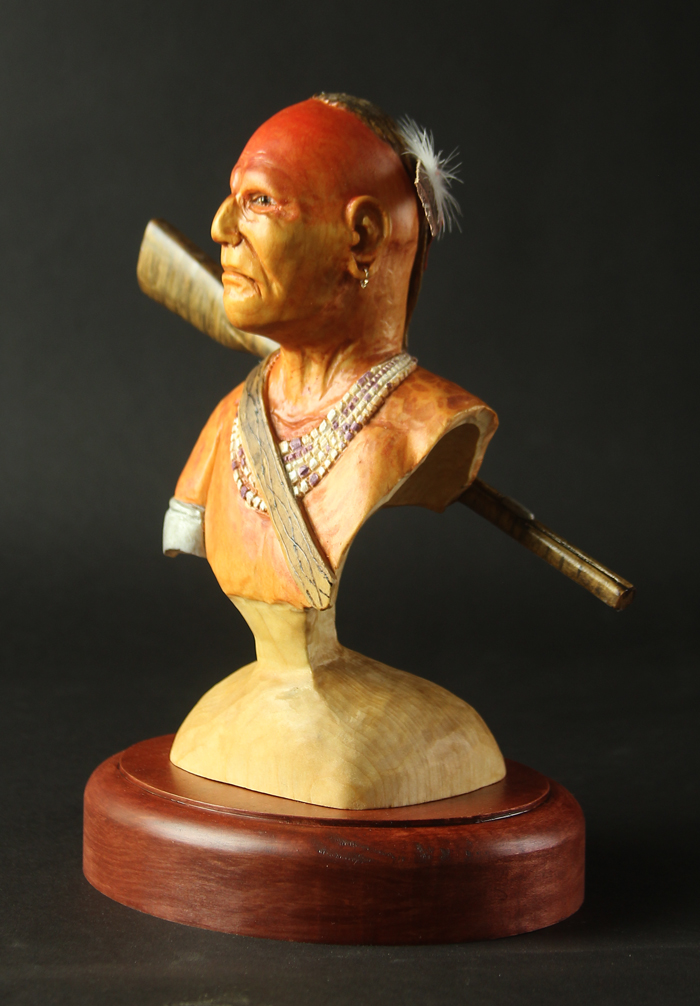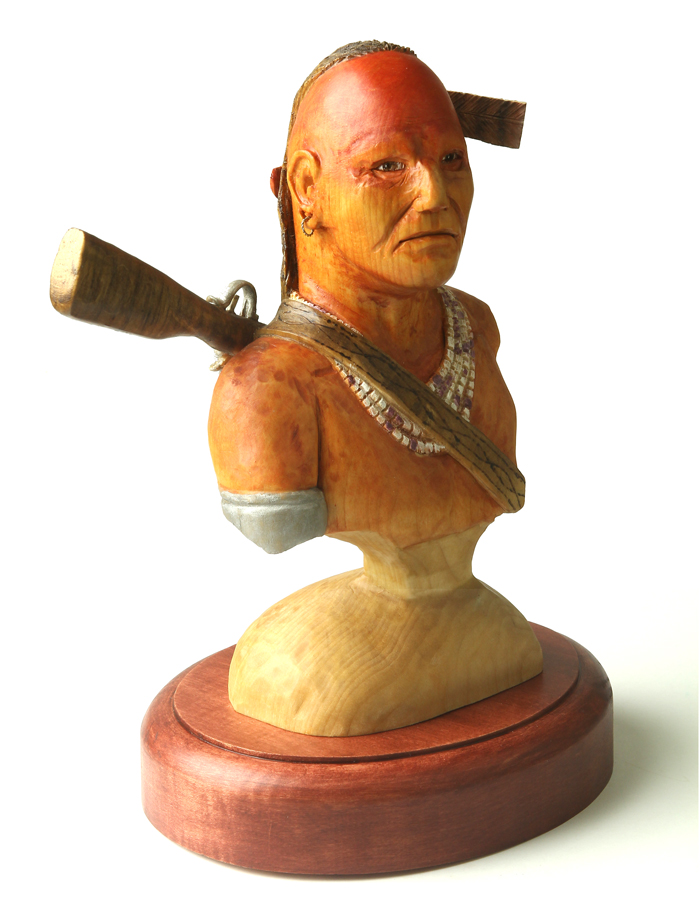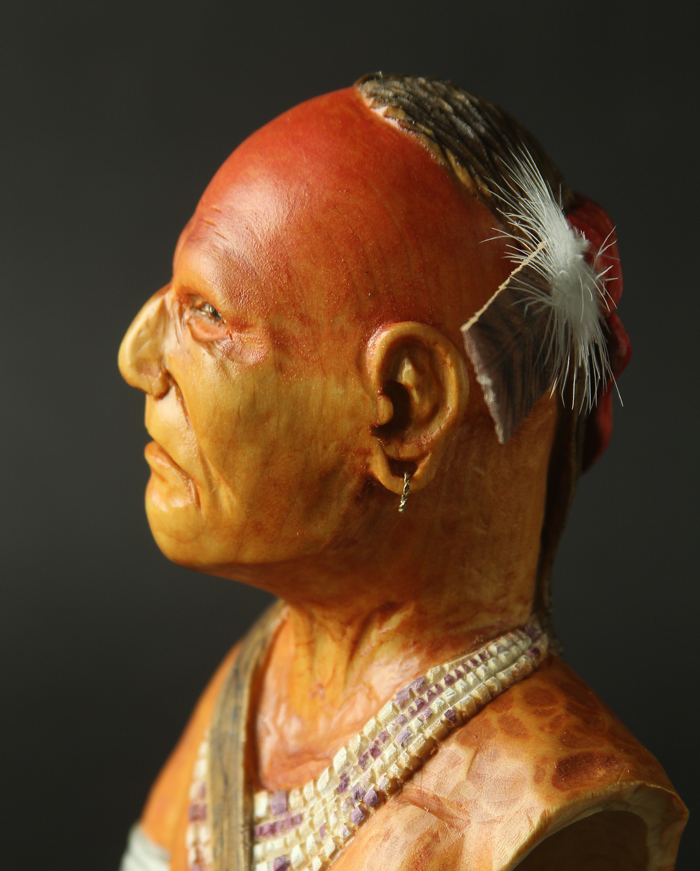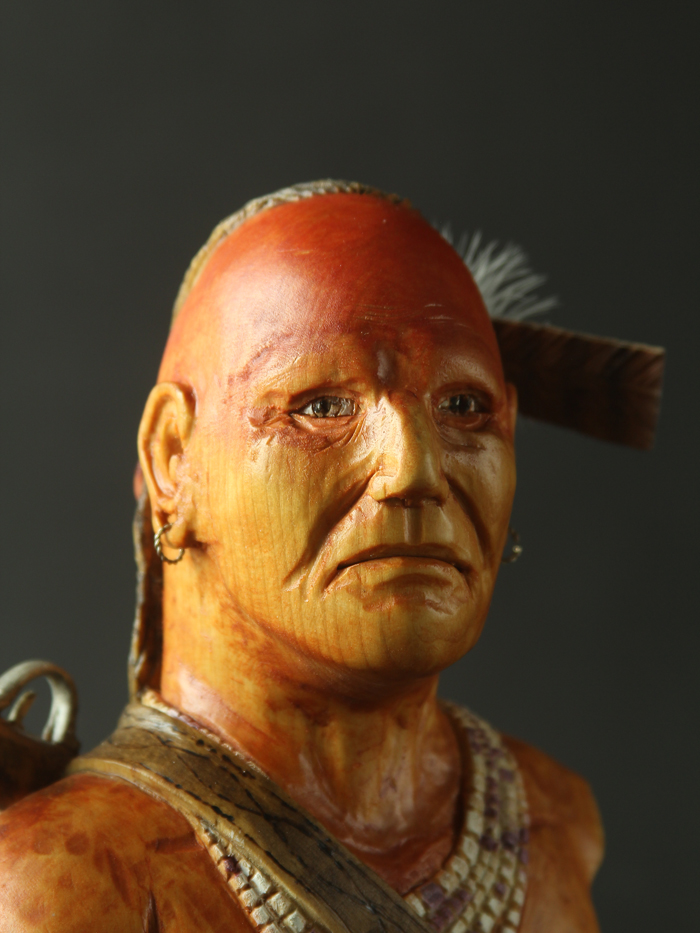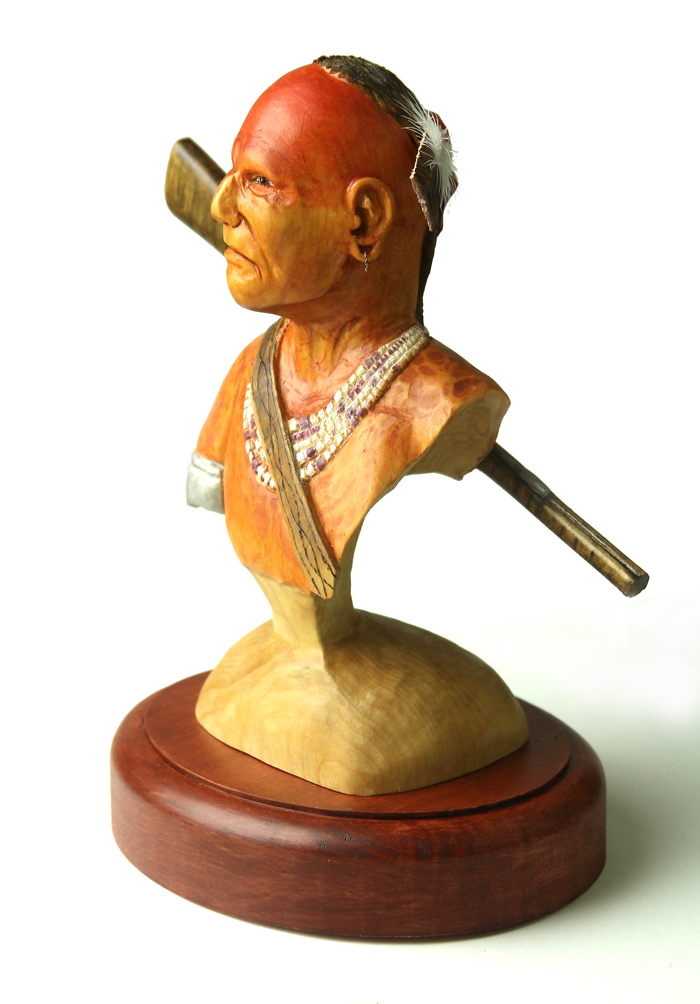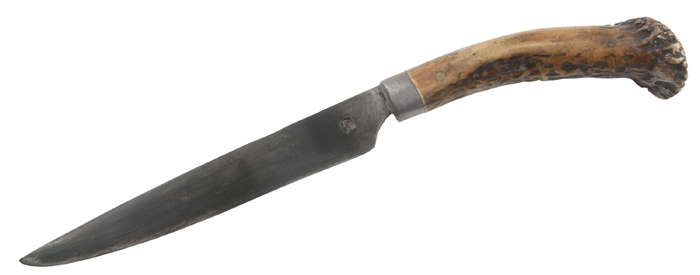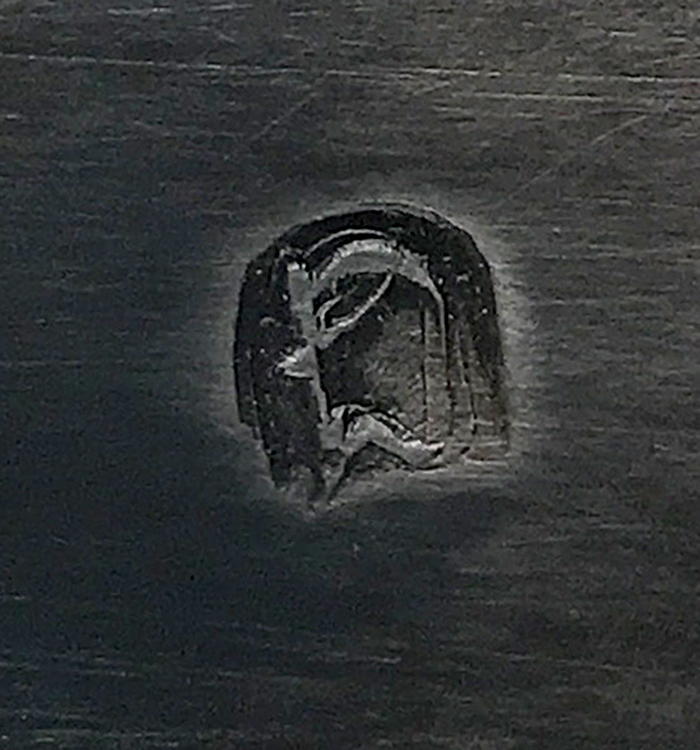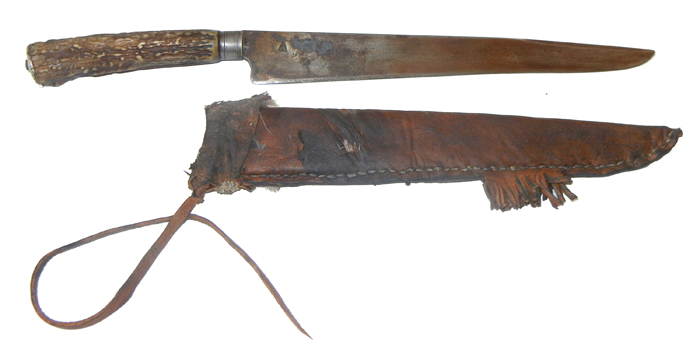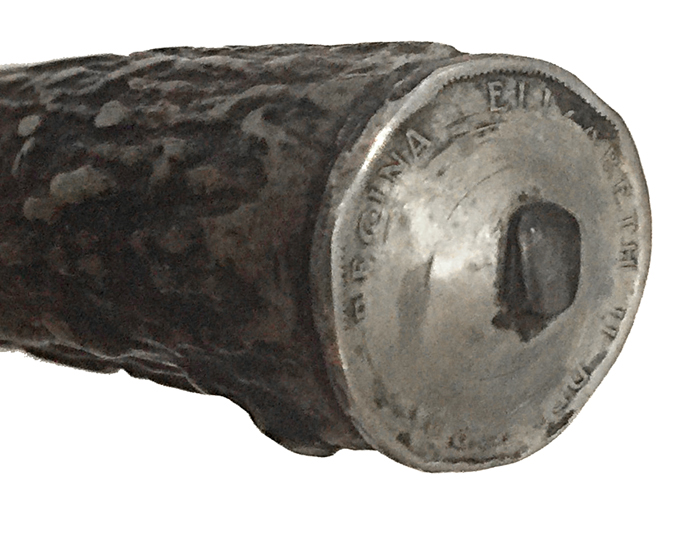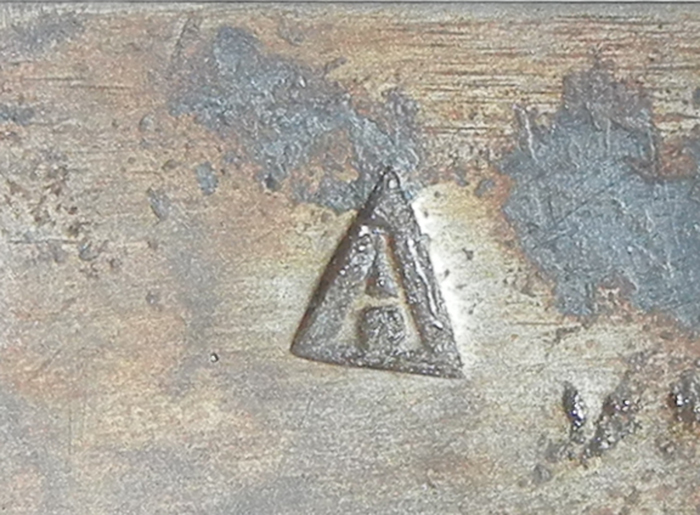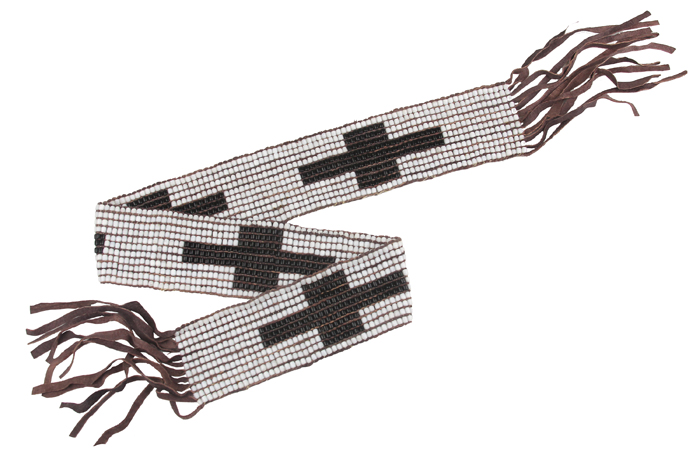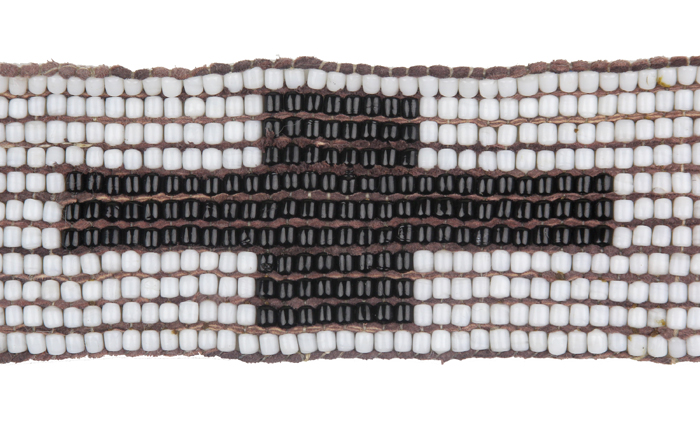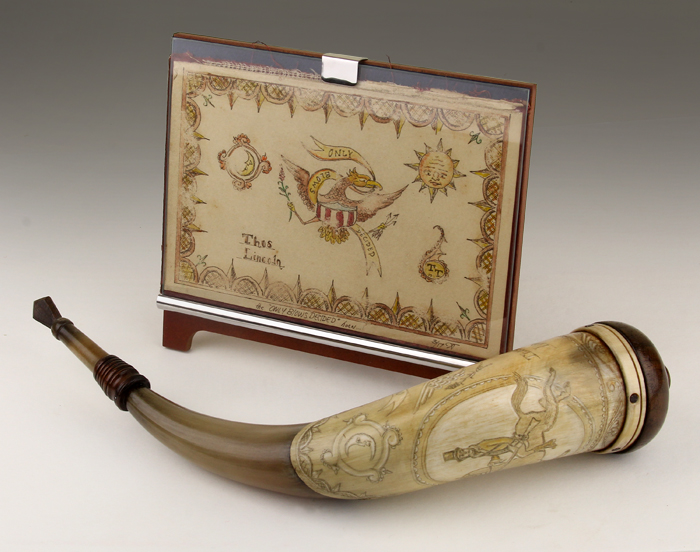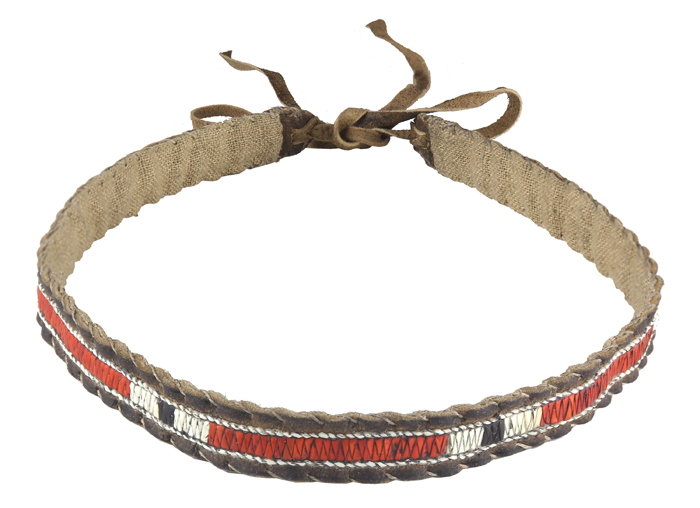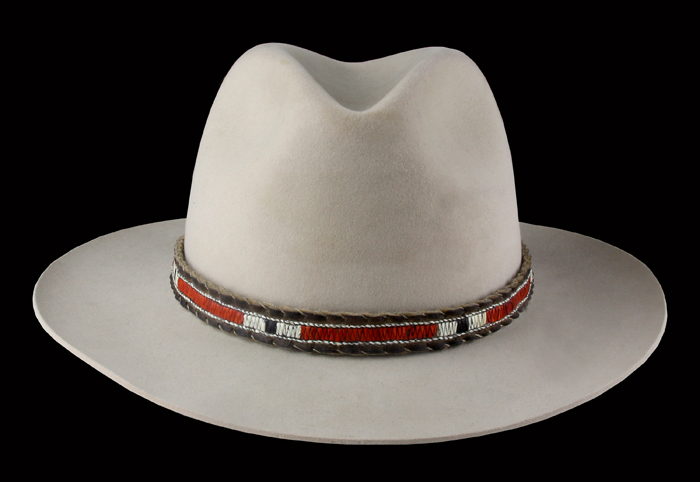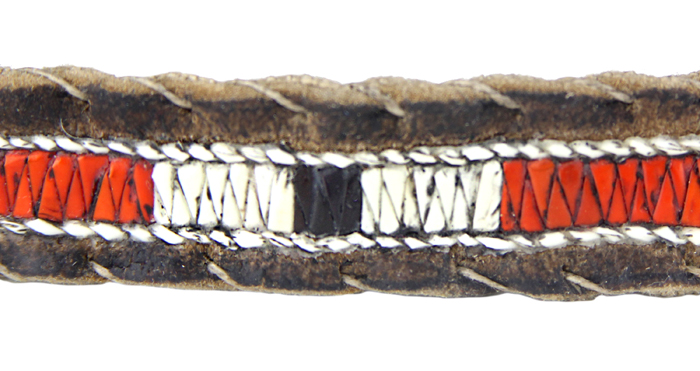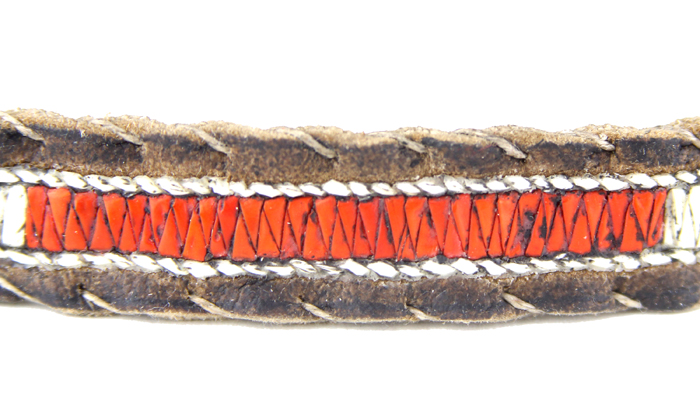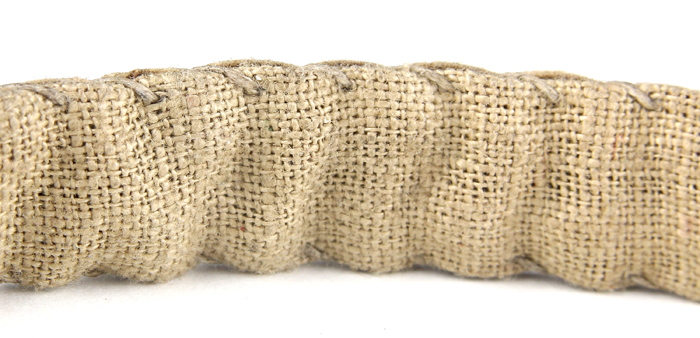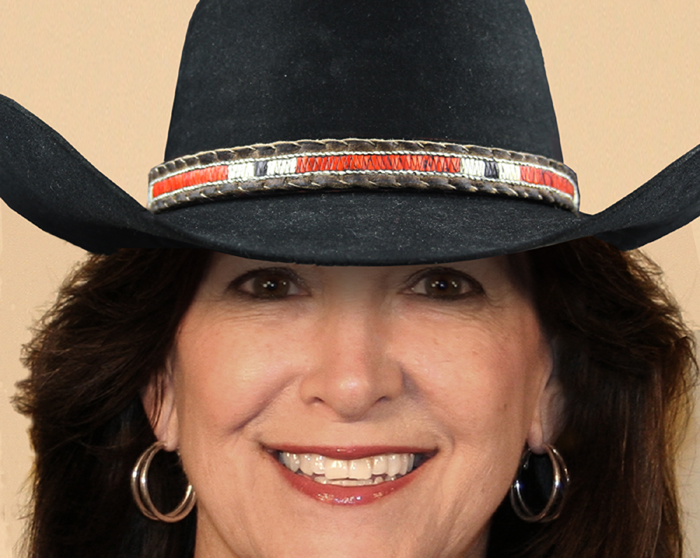The Contemporary Longrifle Association is proud to announce the 2017 Fund Raising Live Auction will be held on Friday, August 18, 2017 in the Grand Ball Room at the Lexington Convention Center in Lexington Ken-tucky. If you cannot attend or are not a member of the CLA there is an ab-sentee bidding process. Contact the CLA for details.
More information will be available soon on the to the CLA website at longri-fle.com by going to website and clicking the CL Foundation button. While the website is under construction our friends have agreed to posting some items for us.
(Made in the Tansel style by Tim Crosby and TC Albert)
text by Tim Albert
As war between Britain and the American colonies loomed, in a letter to his Prime Minister Lord North, King George wrote:
“The New England governments are in a state of rebe-llion, blows must decide whether they are to be subject to this country or independent. … The war is inevitable — and let it come!”
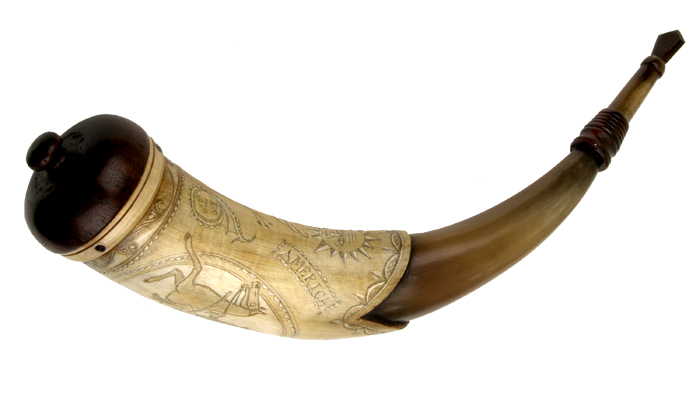
More prophetic words were never spoken, for blows would indeed decide. They would go on to decide again soon after in the War of 1812, and then again in every other war or conflict our young nation would find itself entan-gled in thereafter. Caught up in these events, many now famous American families would follow similar paths of western migration, patterns of frontier life, and answer the nation’s calls for patriotic service, including the ances-tors of Thomas Lincoln.

Descended directly from English puritans and original members of the Massachusetts Bay Colony, Thomas Lincoln’s father was born in Berks County Pennsylvania in 1744. He went on to become a prominent land owner and farmer in Virginia’s Shenandoah Valley, and during the revolu-tion served as Captain in the Augusta County militia, helping to give a few of the blows that decided the question of our nations independence.
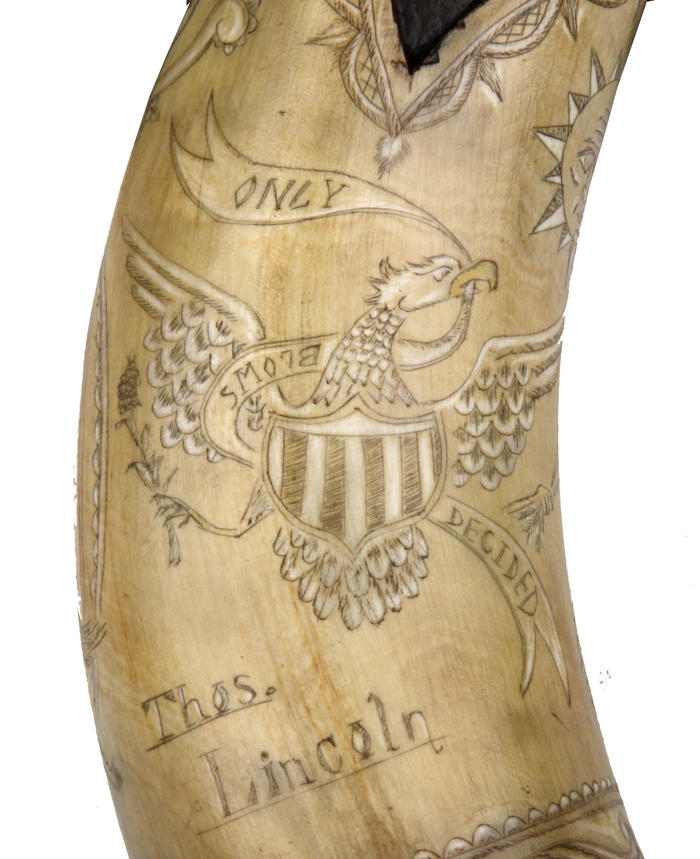
Like many others, Captain Lincoln and his young family had followed Dan-iel Boone to Kentucky. Tragically, it was there that Thomas saw his father killed by Indians while he and his brothers helped him clear the fields of a new farm stead near Floyd’s Fork. Thomas himself barely escaped the tomahawk that day. Luckily he was saved in the nick of time by a well-aimed rifle shot fired by his older brother Mordecai.
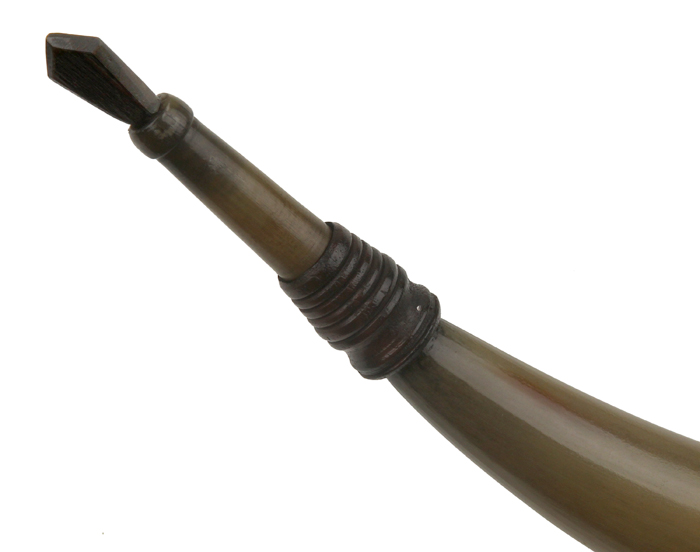
In a way, Thomas’s luck ended there. Being the youngest he didn’t inherit any of his father’s estate and had to quickly learn to fend for himself. As a young bachelor he was known locally as something of a shiftless roamer, earning a living at various times as a farmer and a carpenter. Even after his marriage to Nancy Hanks in 1806, he continued to supplement his income as needed by taking odd jobs around the county as diverse as road build-ing, clearing land and bear trapping.
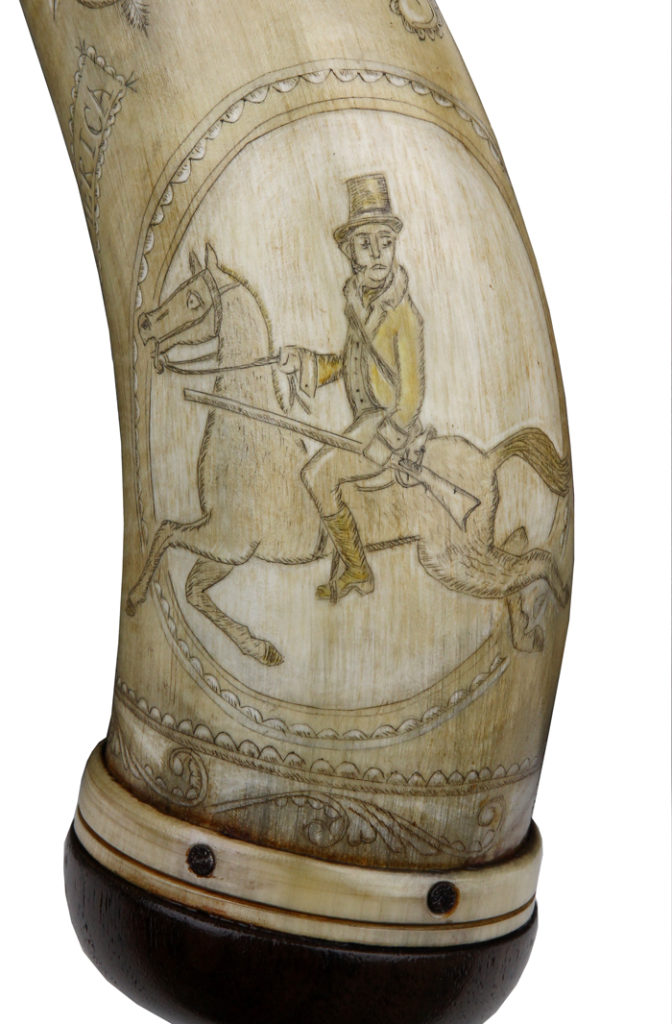
In 1809 on their farm at Sinking Creek, Nancy bore a son that the couple named after Thomas’s father Abraham, but by 1811 Thomas had taken them to a farm located near Knob Creek. Here he became fairly prosperous for a time, but like many others including
Daniel Boone, Thomas would eventually lose title to most of his property due to Kentucky’s many shingled surveys and contested land claims.

Still on the move, by 1816 Thomas had taken his family across the Ohio River to the Little Pigeon Creek community in what is now Spencer County Indiana. There, in 1818 Thomas’s wife died from milk sickness, a malady contracted from drinking the milk from a cow that had eaten the poisonous snake root plant. Though still living in extreme poverty, Thomas soon re-married and stayed in the community until 1830 when another outbreak of milk sickness along the Ohio River sent them to Macon County Illinois.
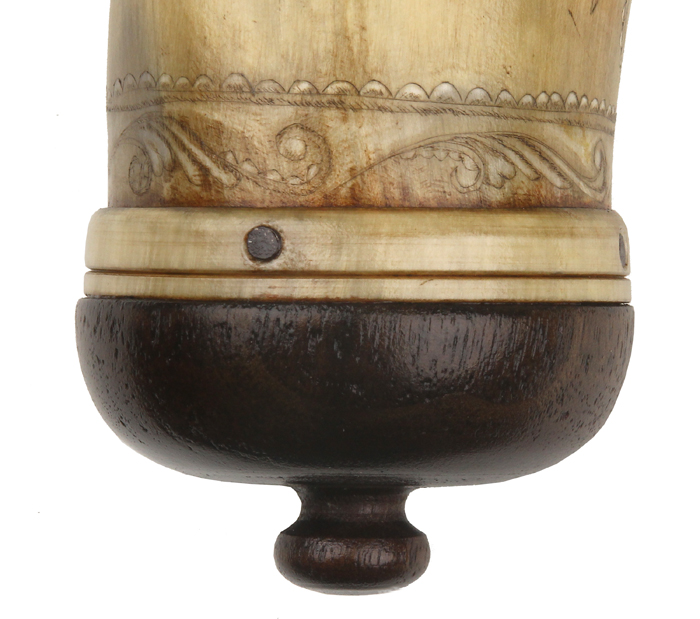
When Thomas prepared to move yet again in 1831, young Abraham finally put his foot down and went his own way, for all practical purposes ending what had always been a very difficult relationship between father and son. Life had been extremely hard on Thomas, dealing him many cruel blows. Life would be just as hard on his son, who as fate would have it, would go on to lead our nation through yet another turbulent time when only blows would decide again.
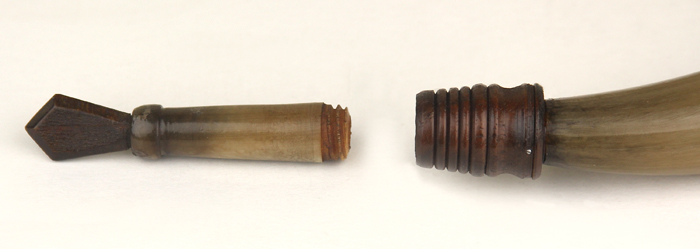
This horn, in the Tansel style, commemorates Thomas Lincoln and Captain Lincoln. Tim Crosby did a fine job on building the horn itself. The style is faultless from the screw tip to the butt. And Tim Albert has done some of his finest scrimshaw work on this horn. The horn also includes one of Tim’s hand drawn and colored renditions of the horn art on a flat sheet of archival paper.
